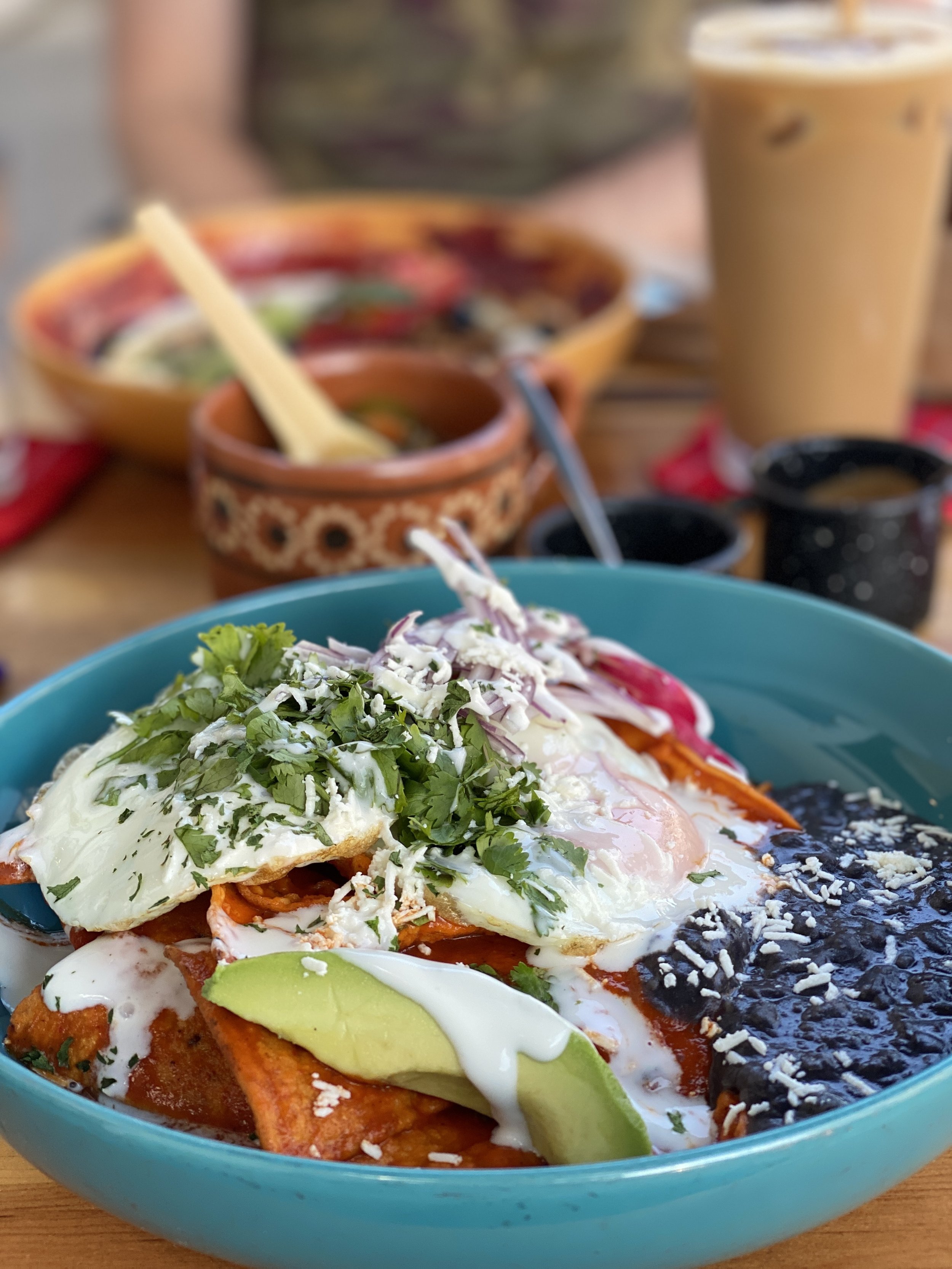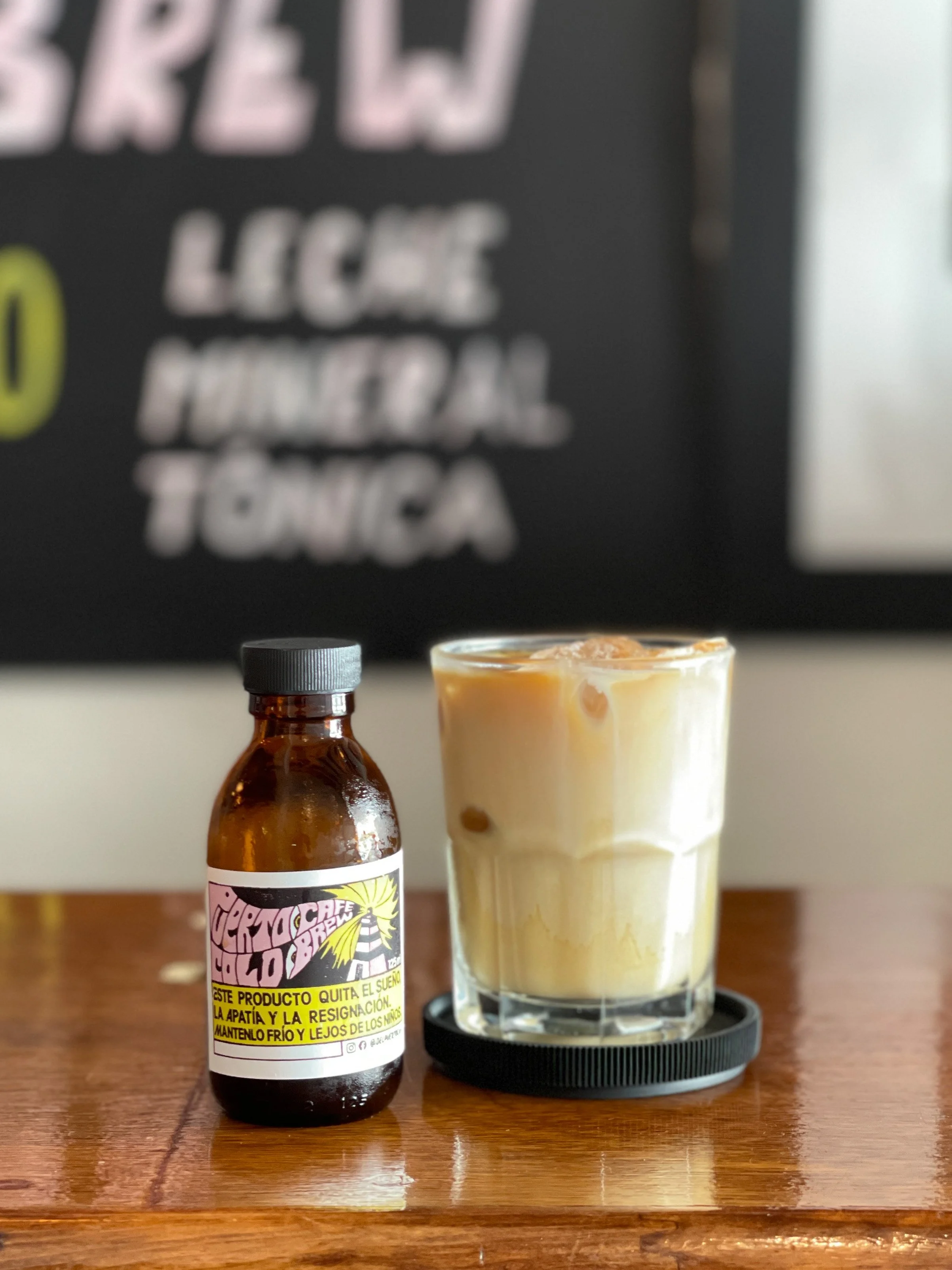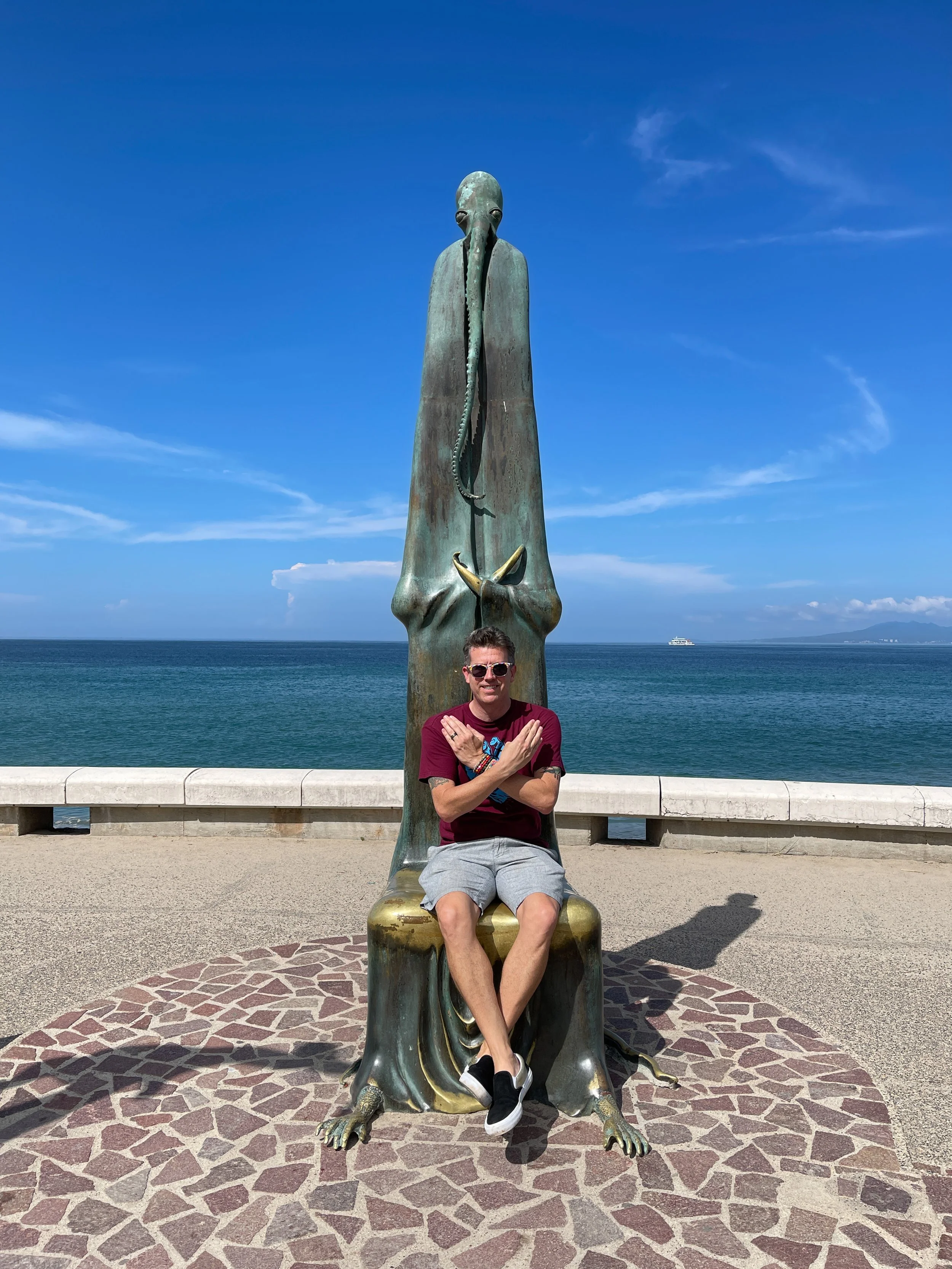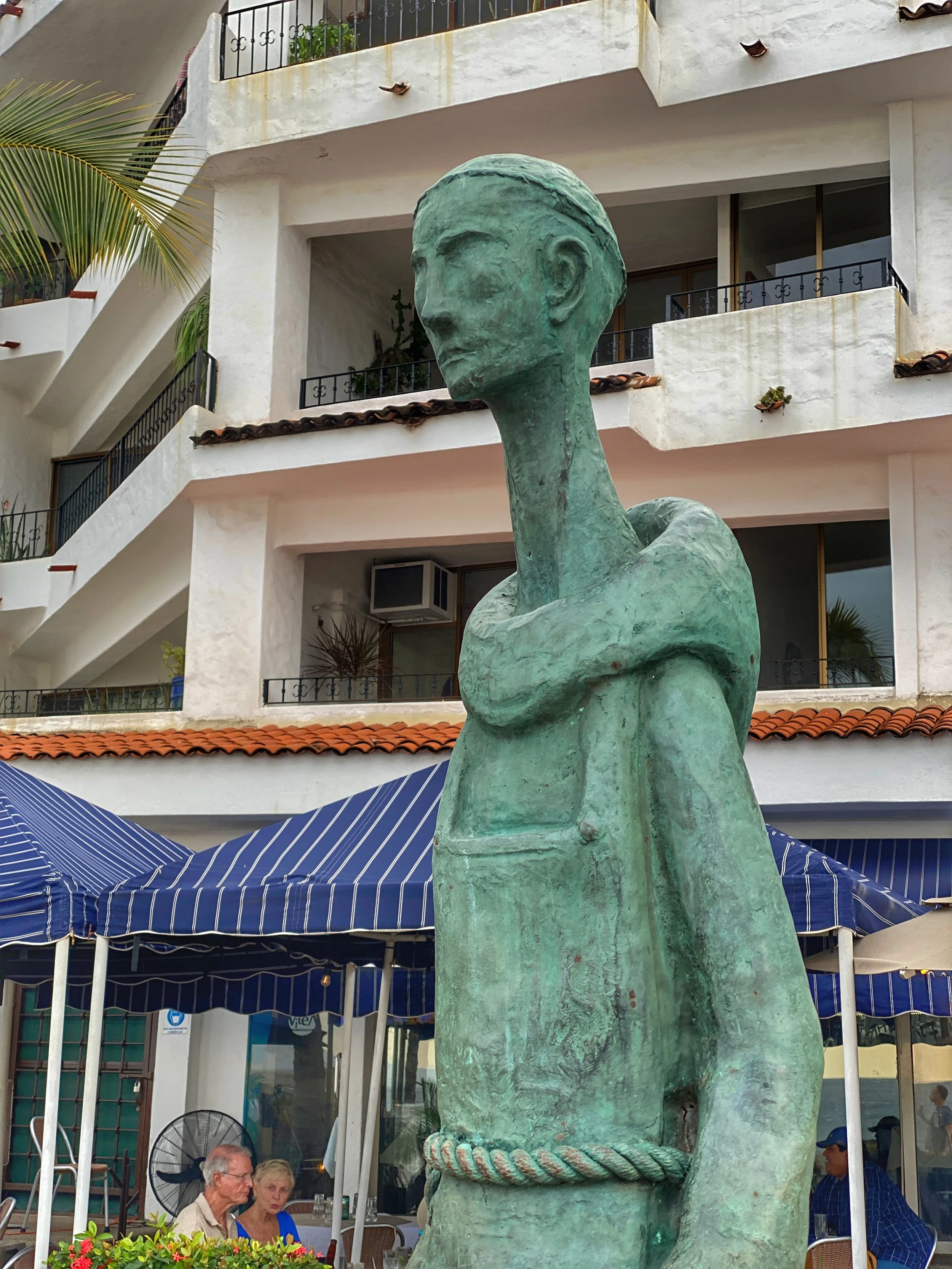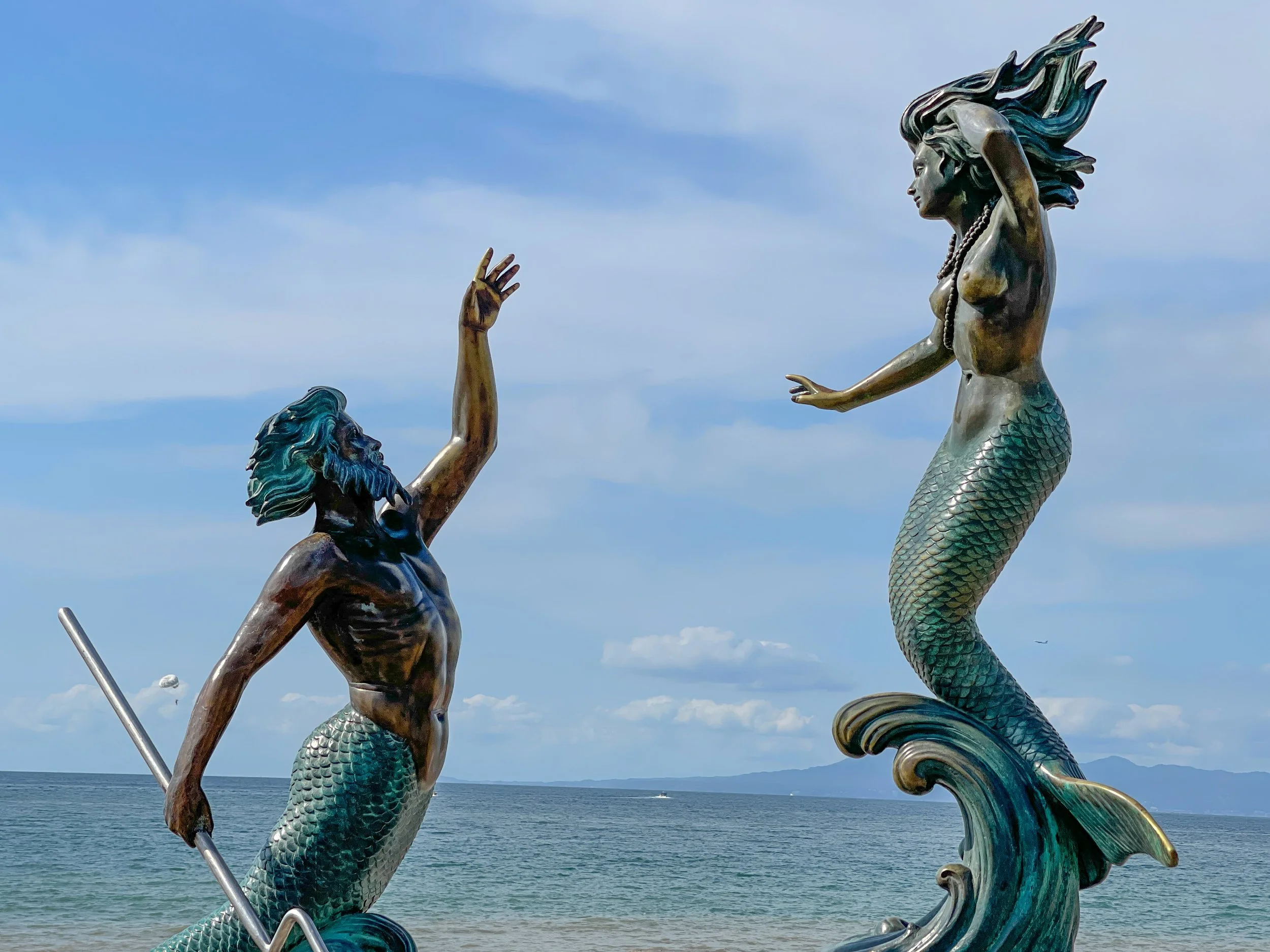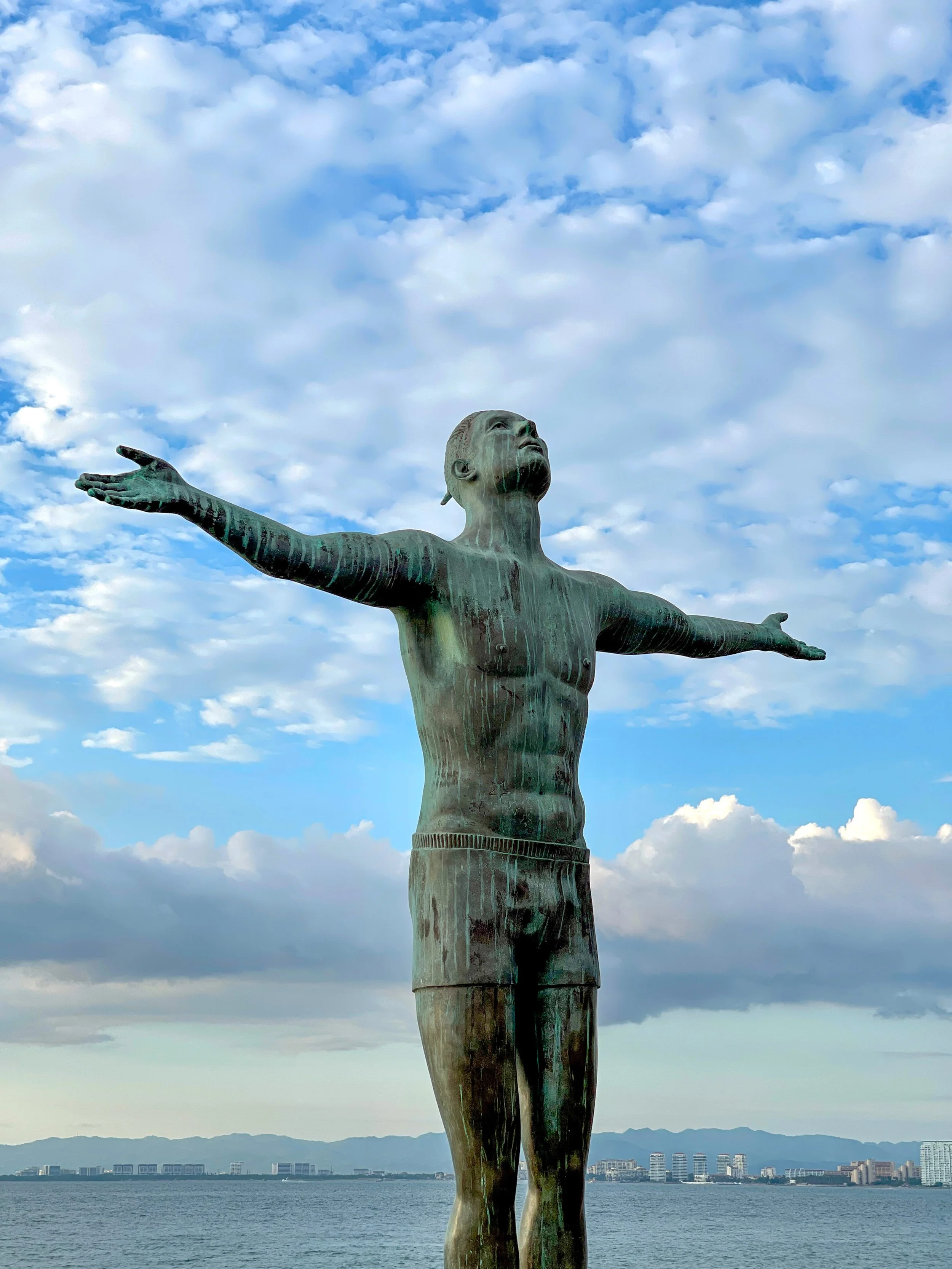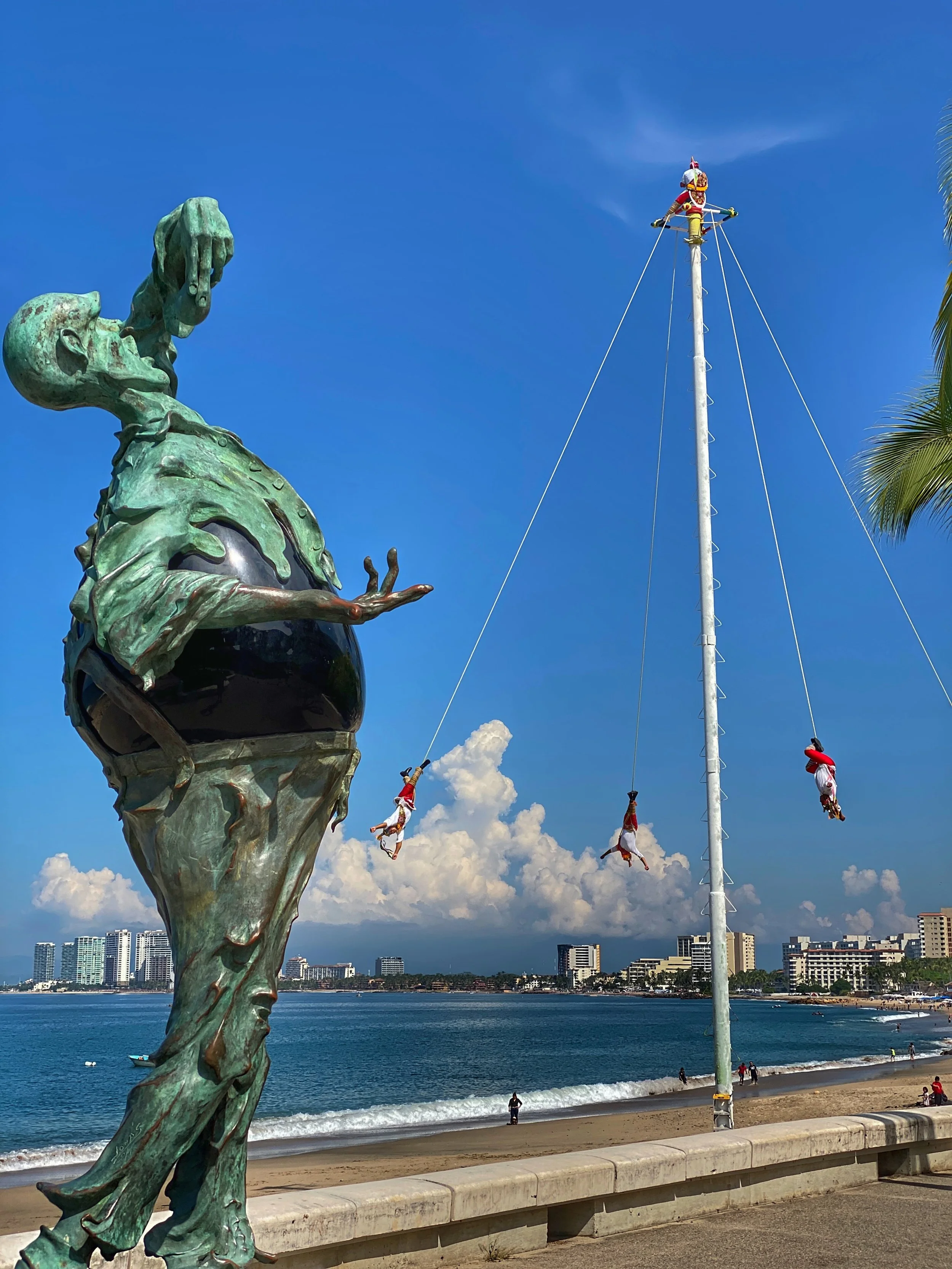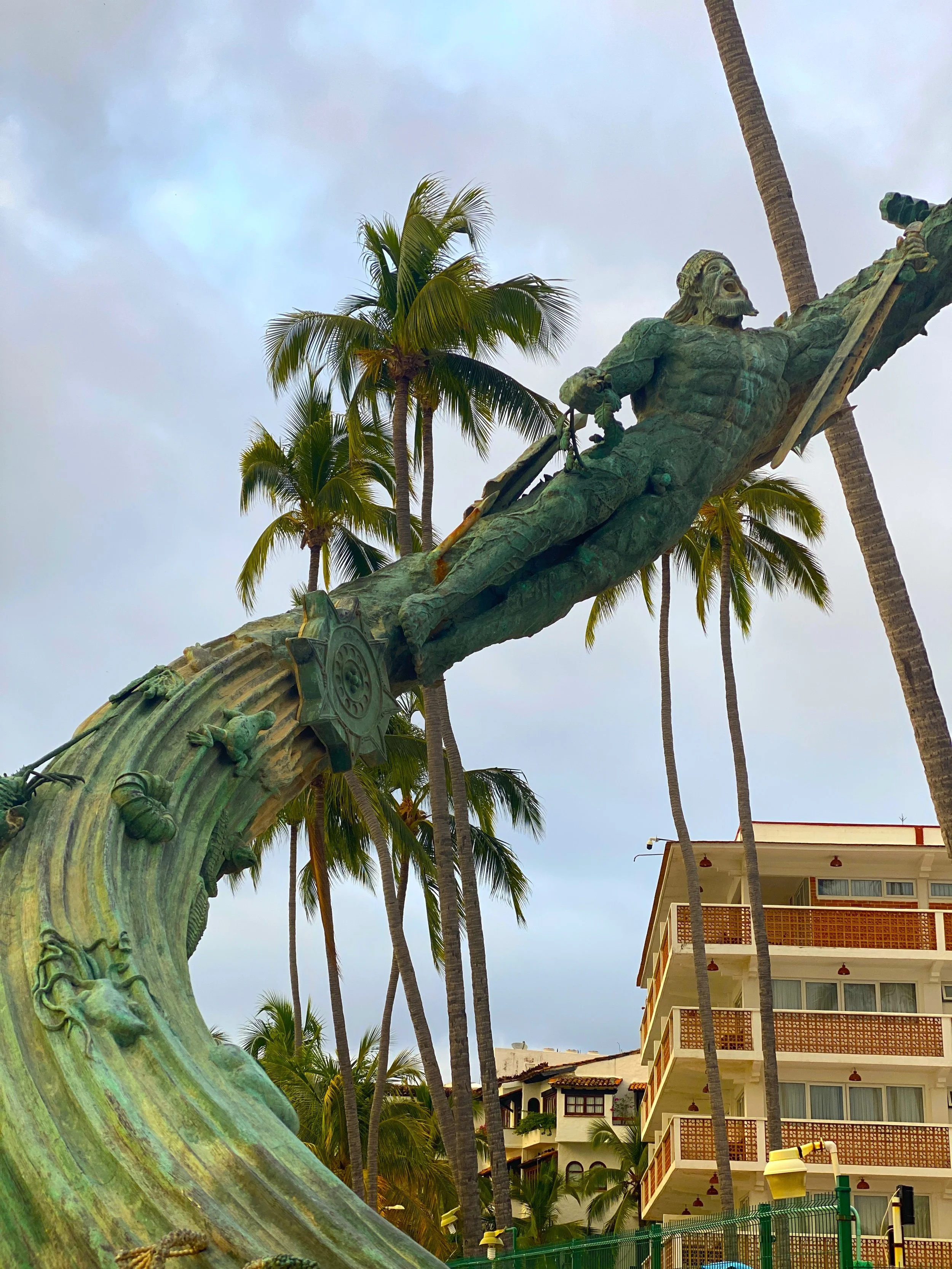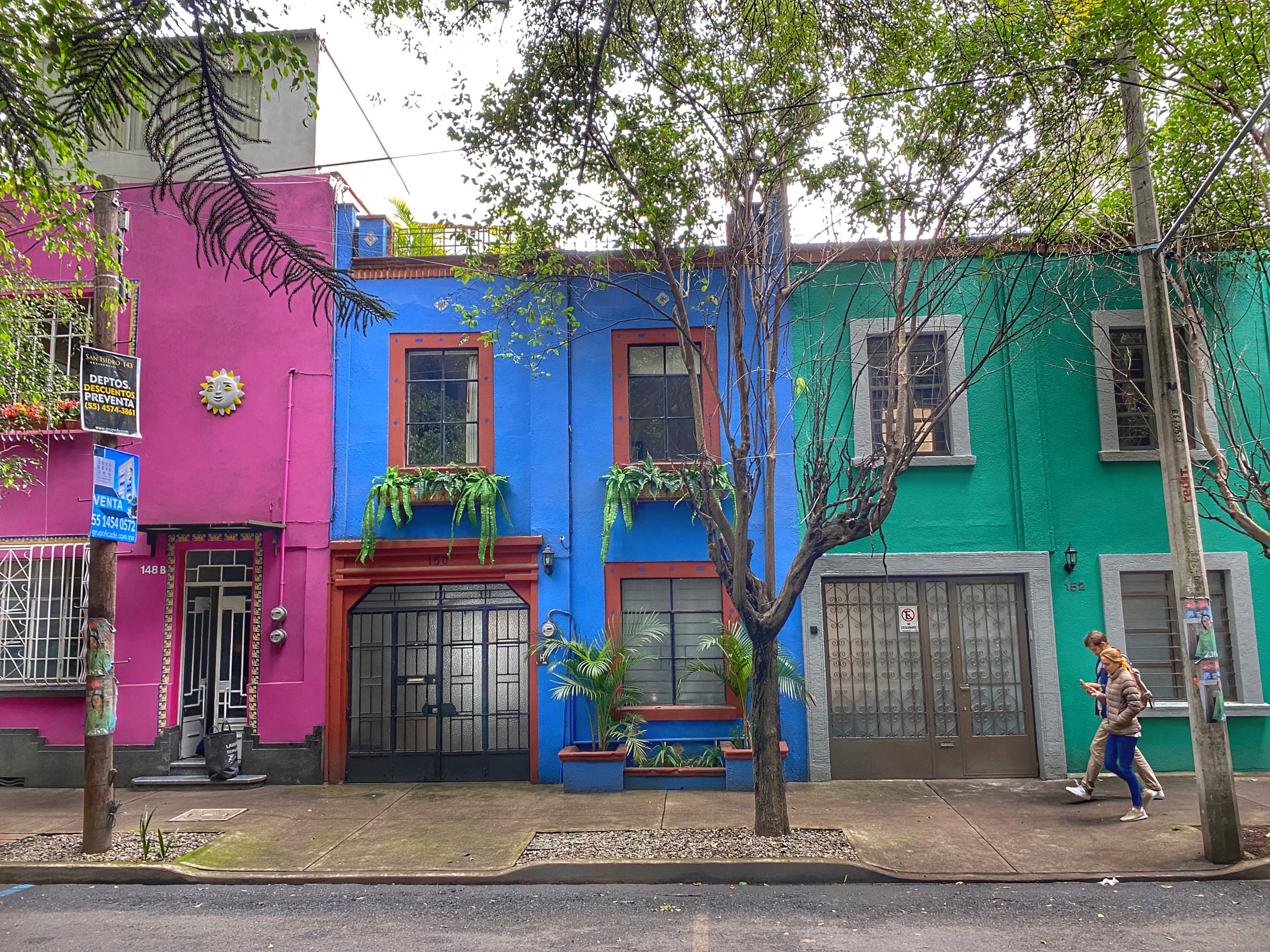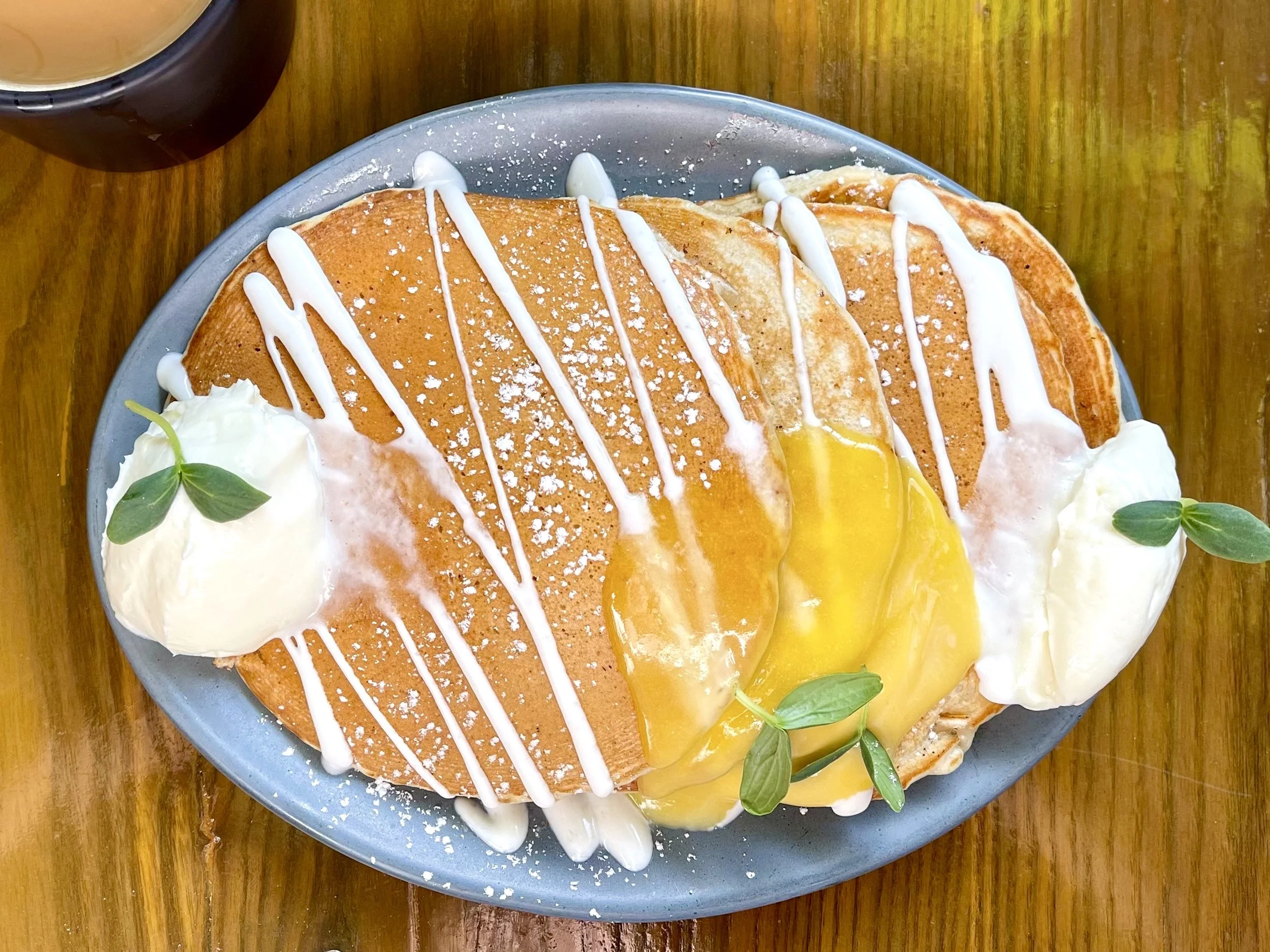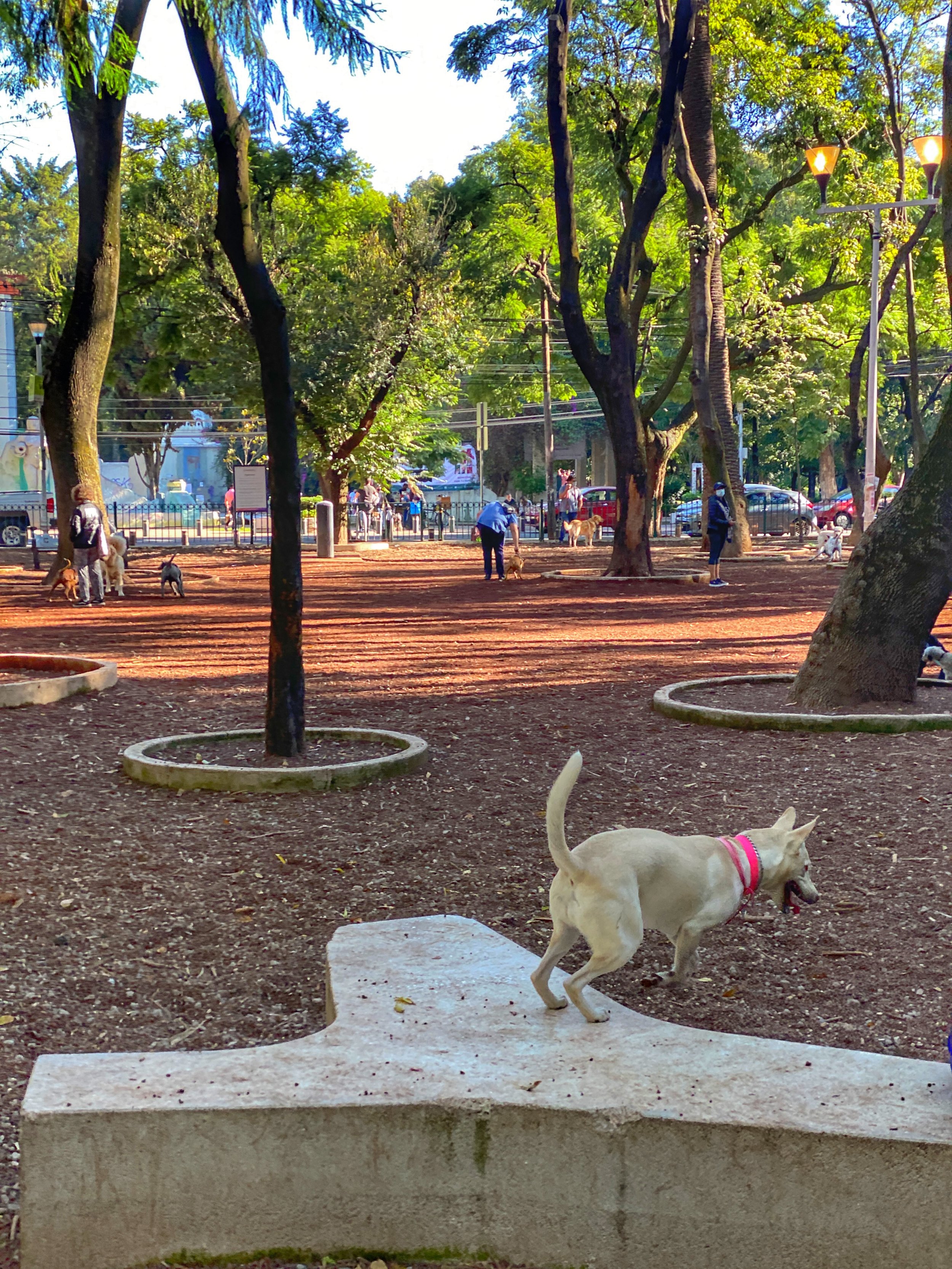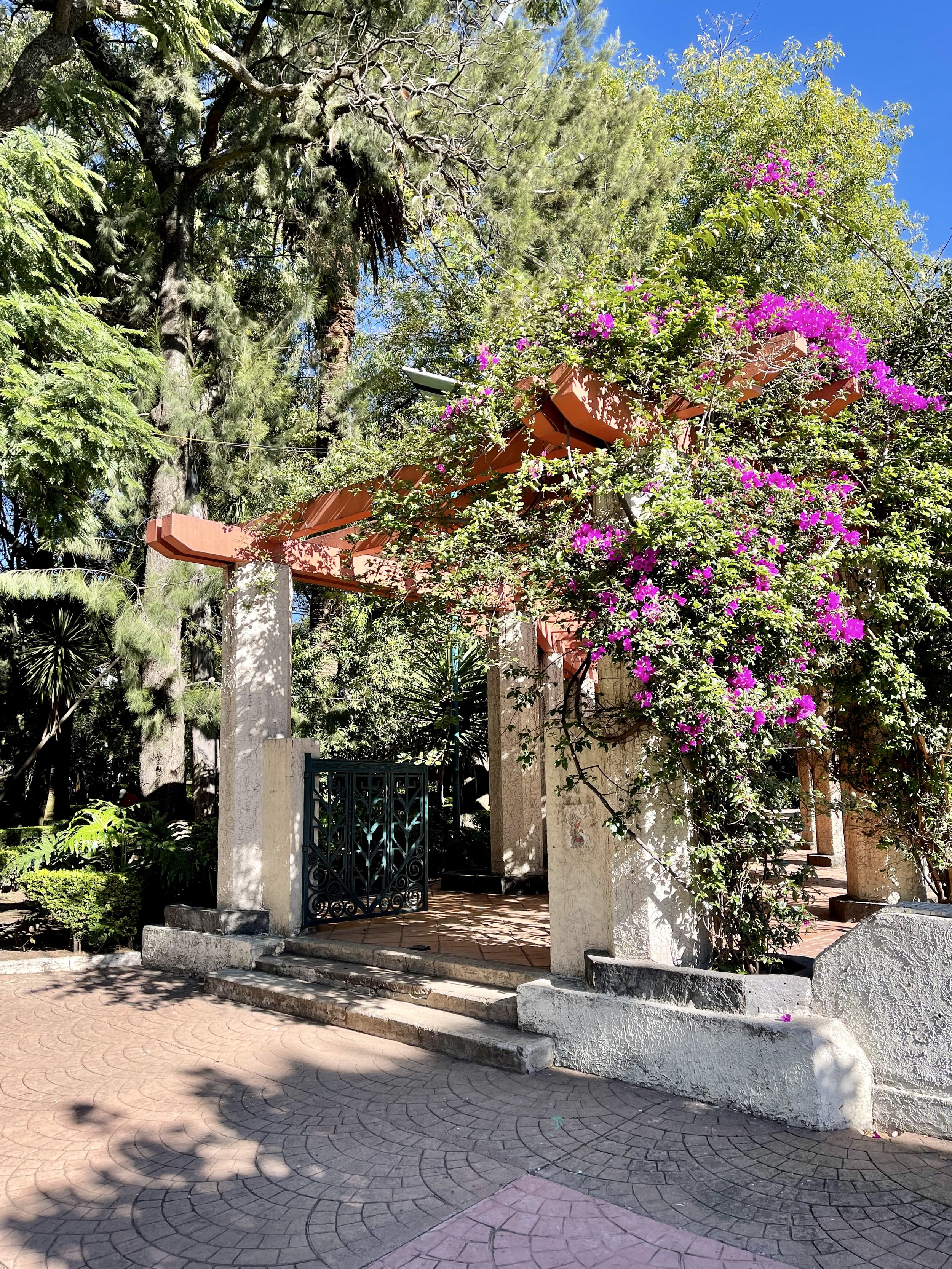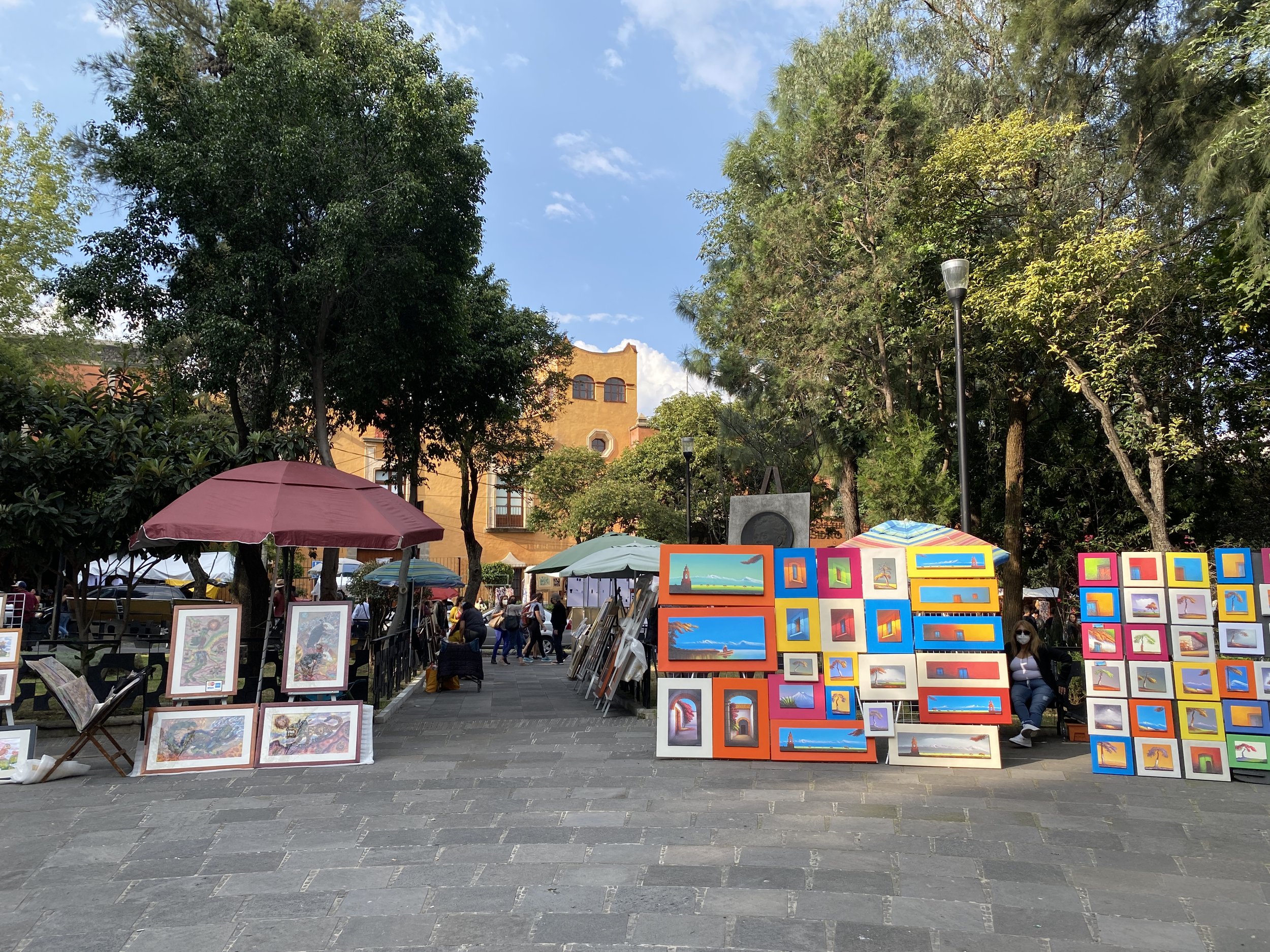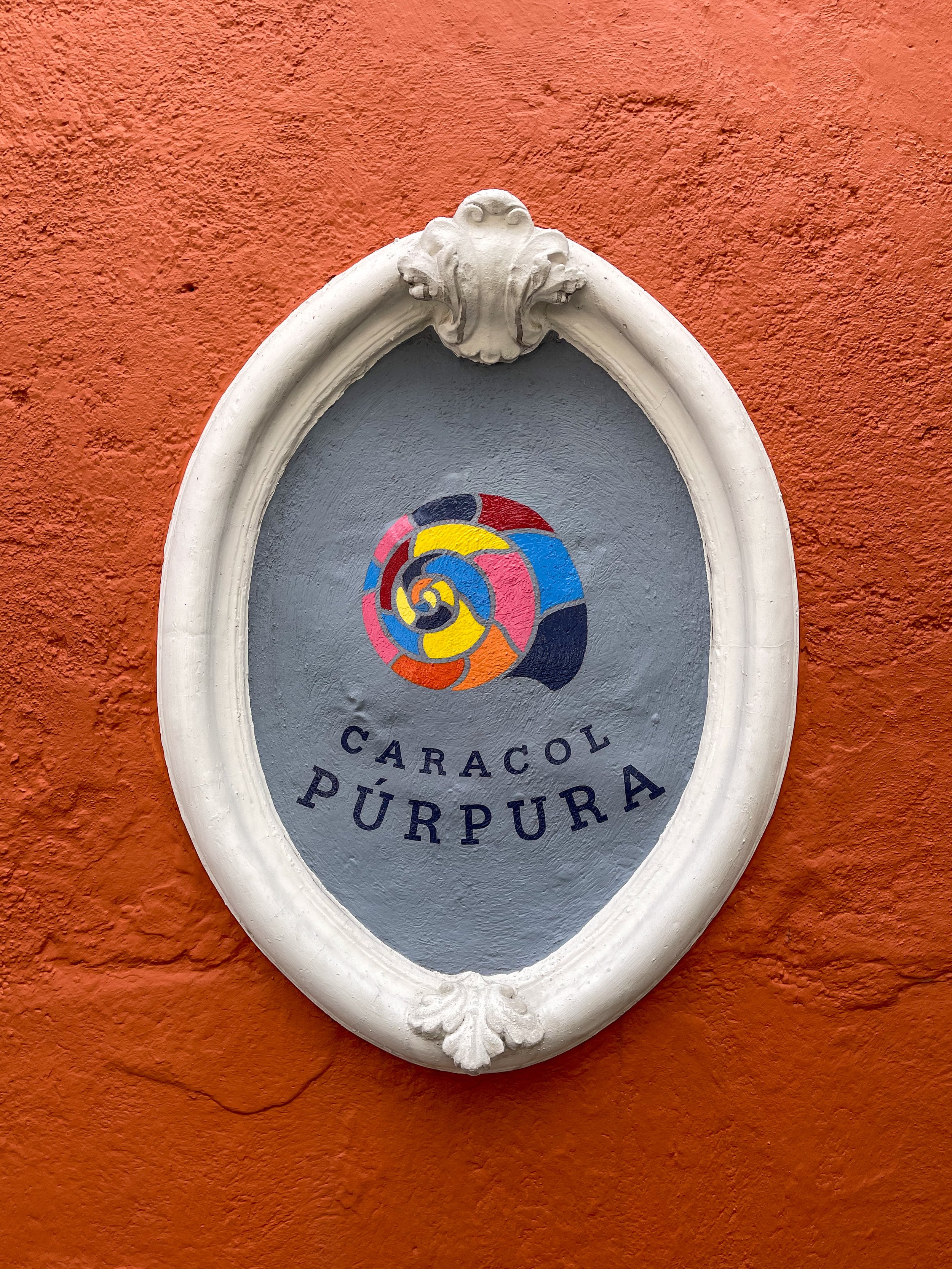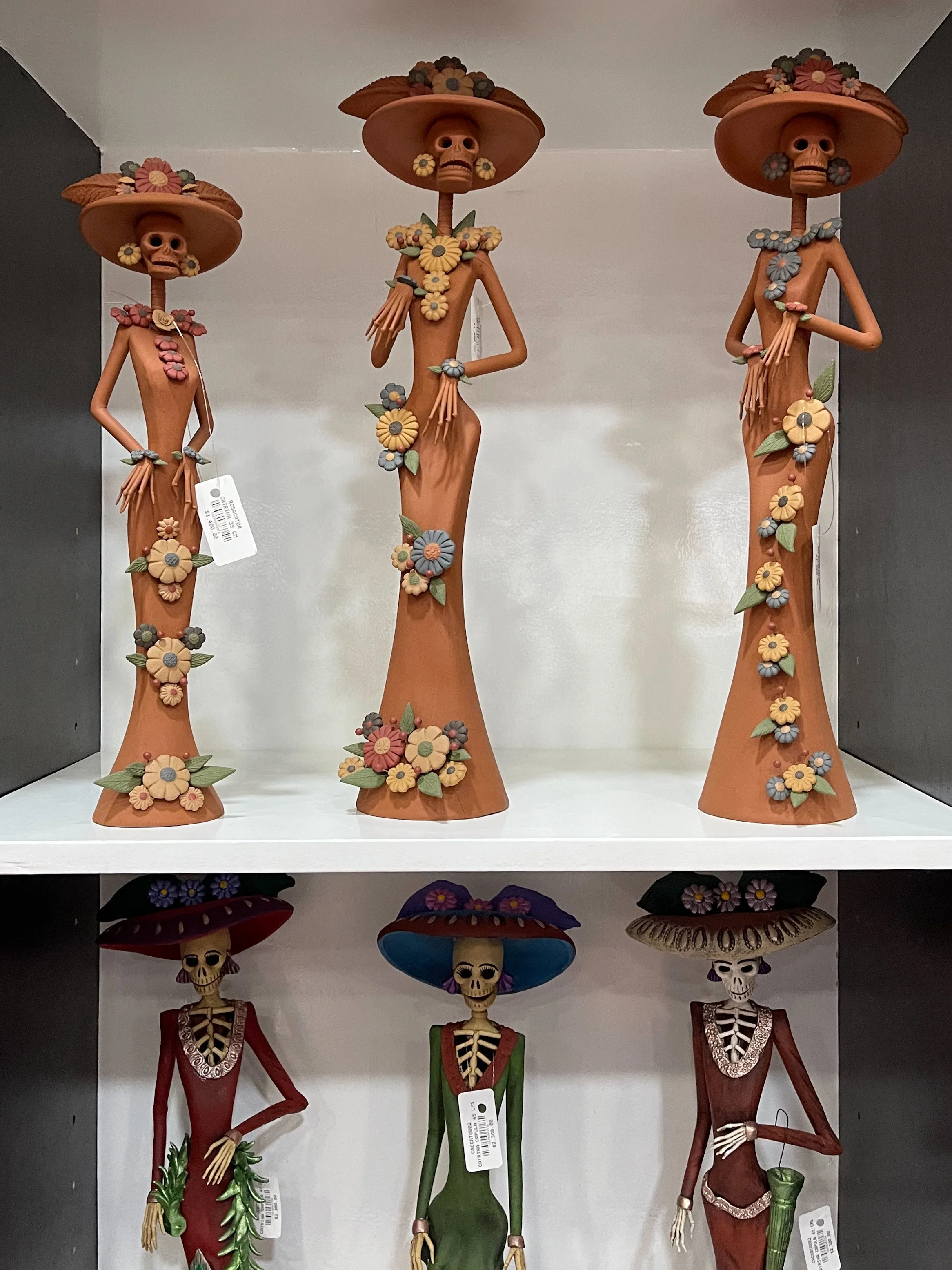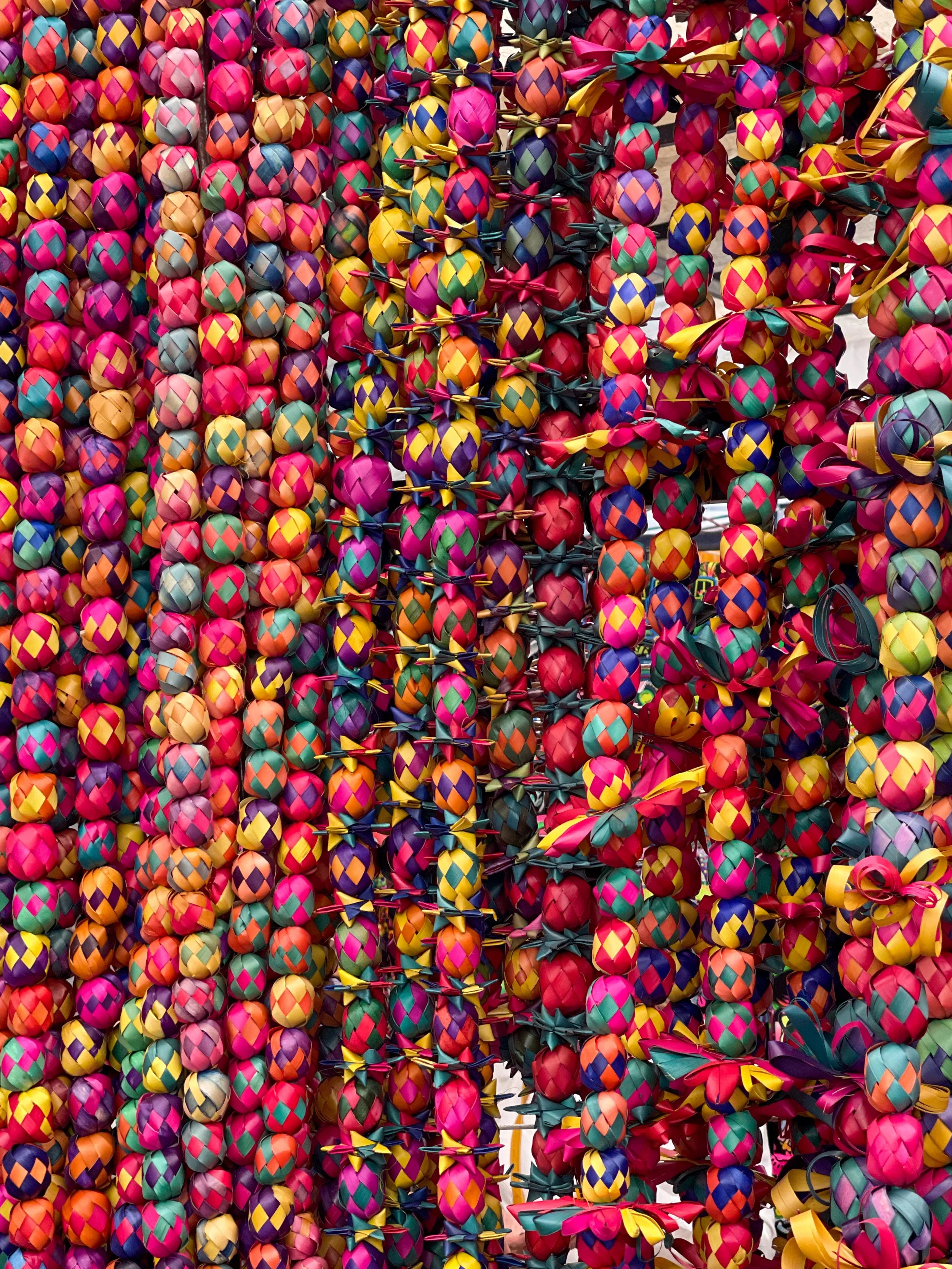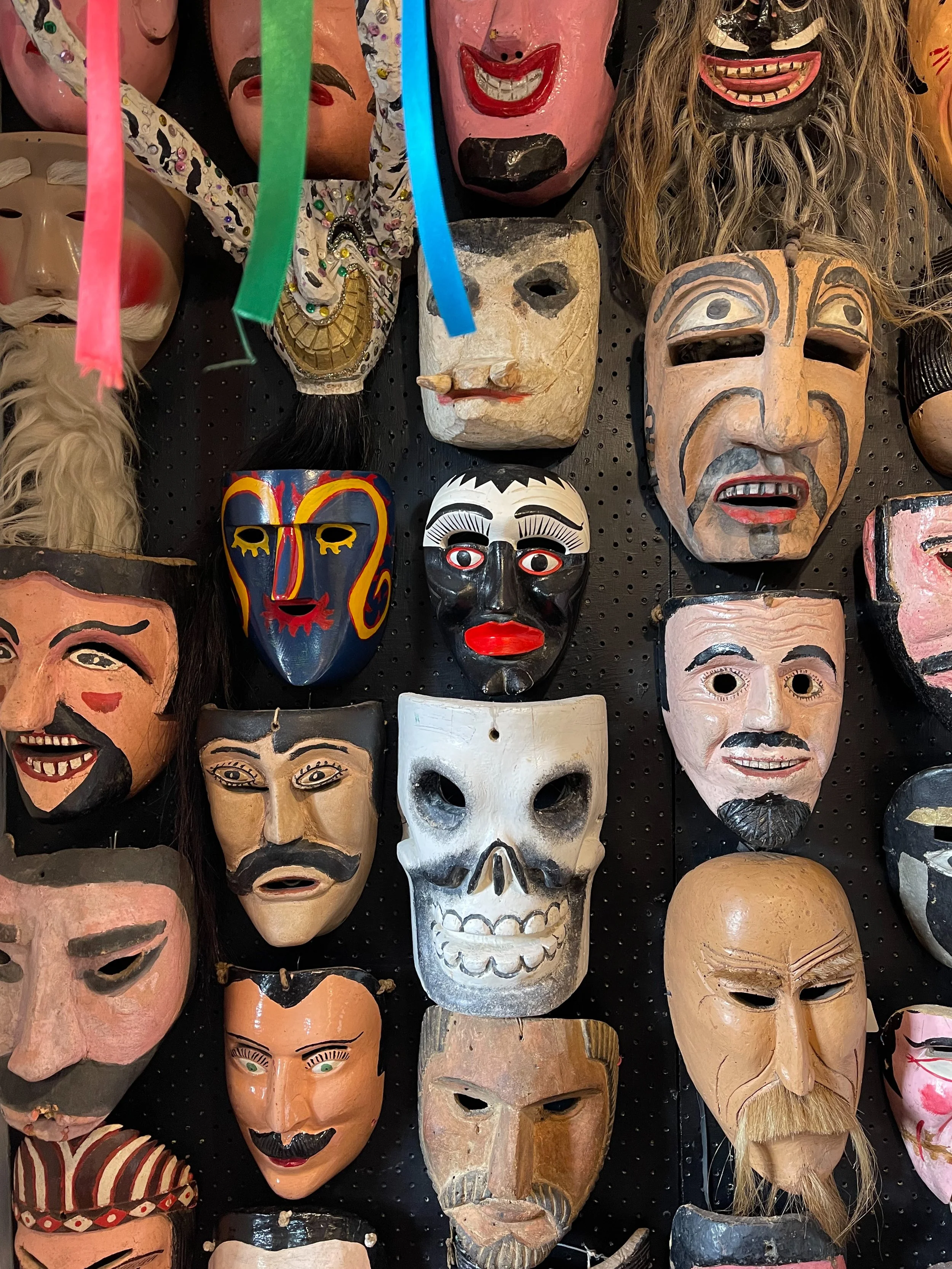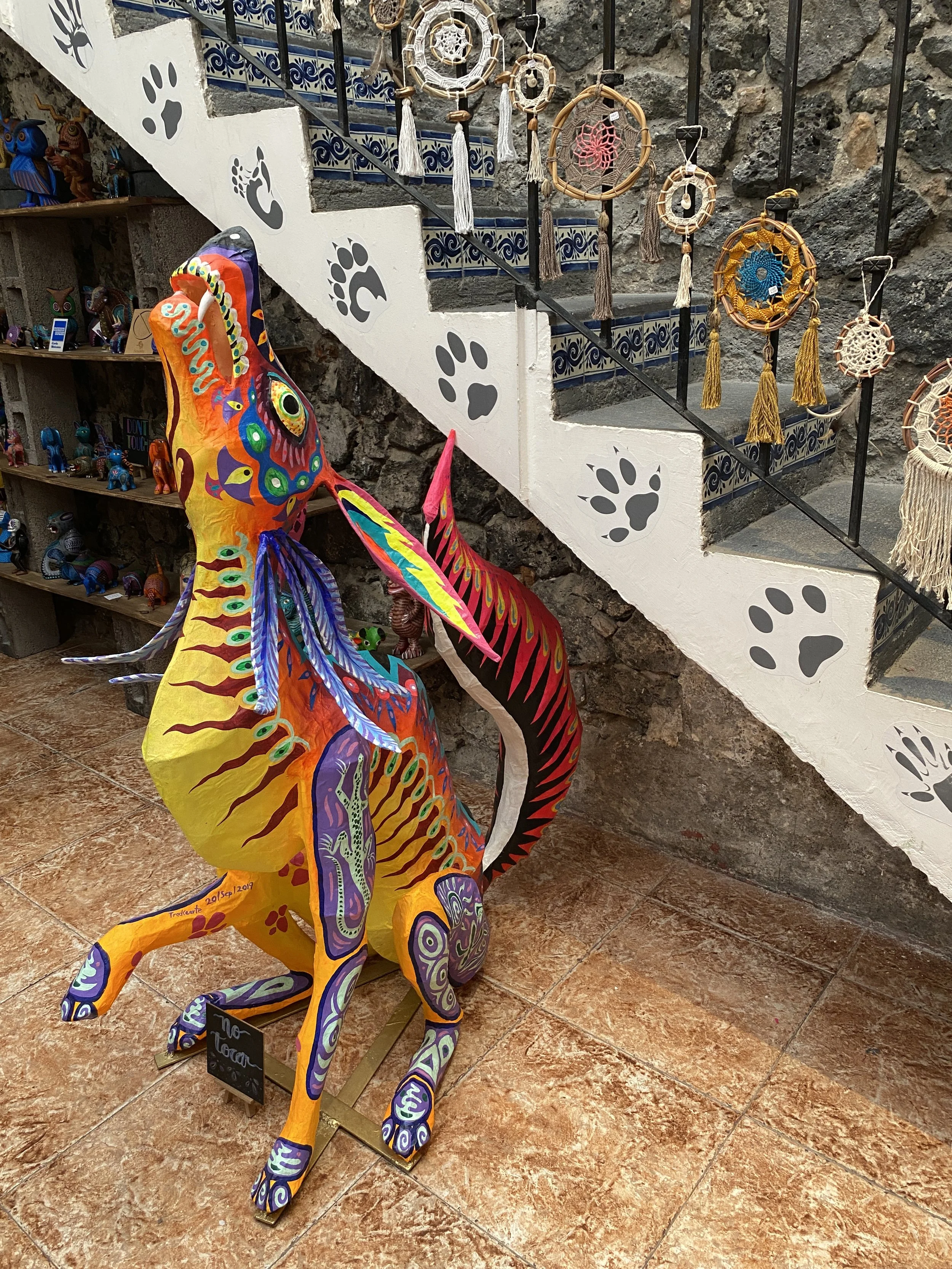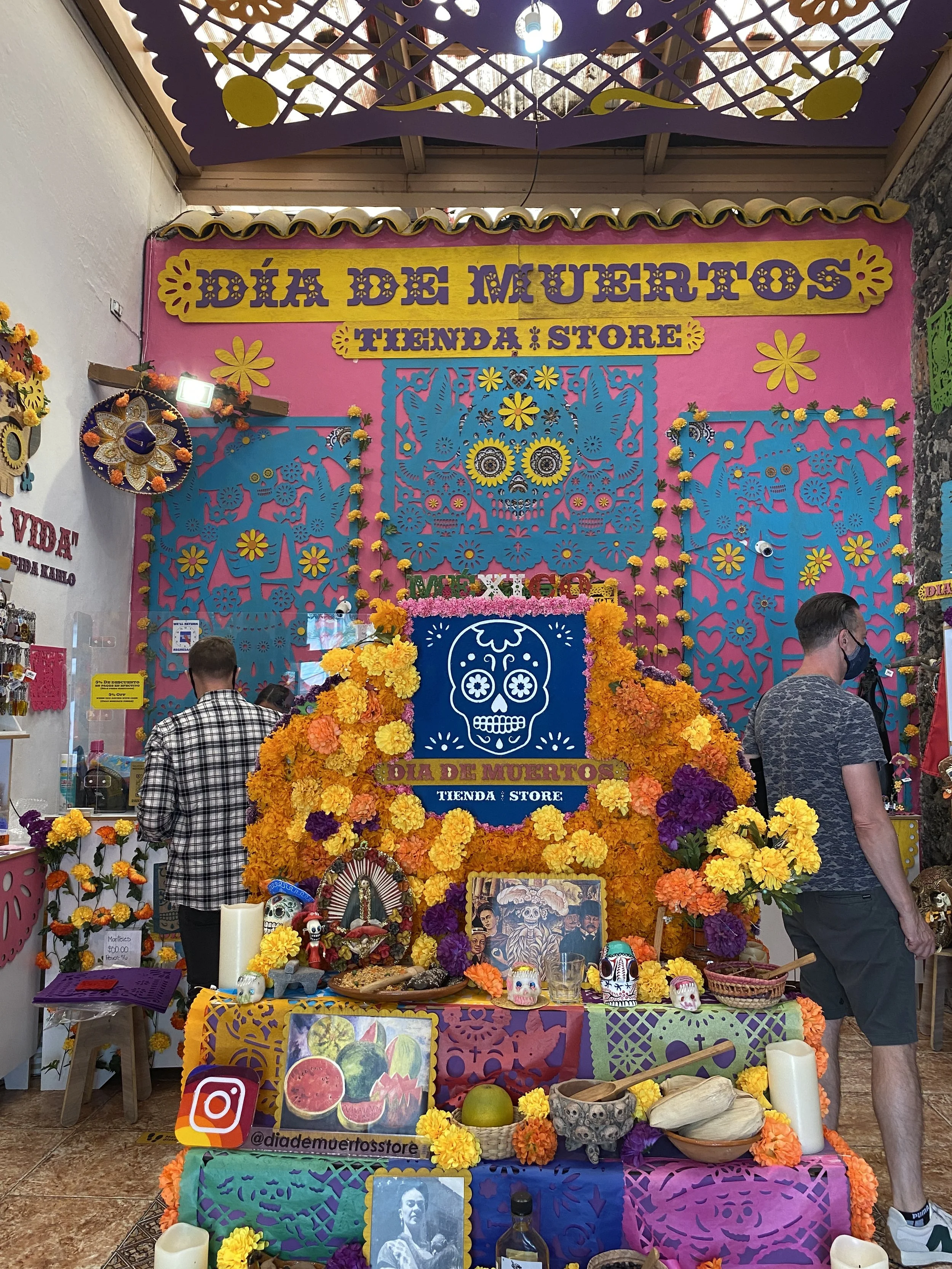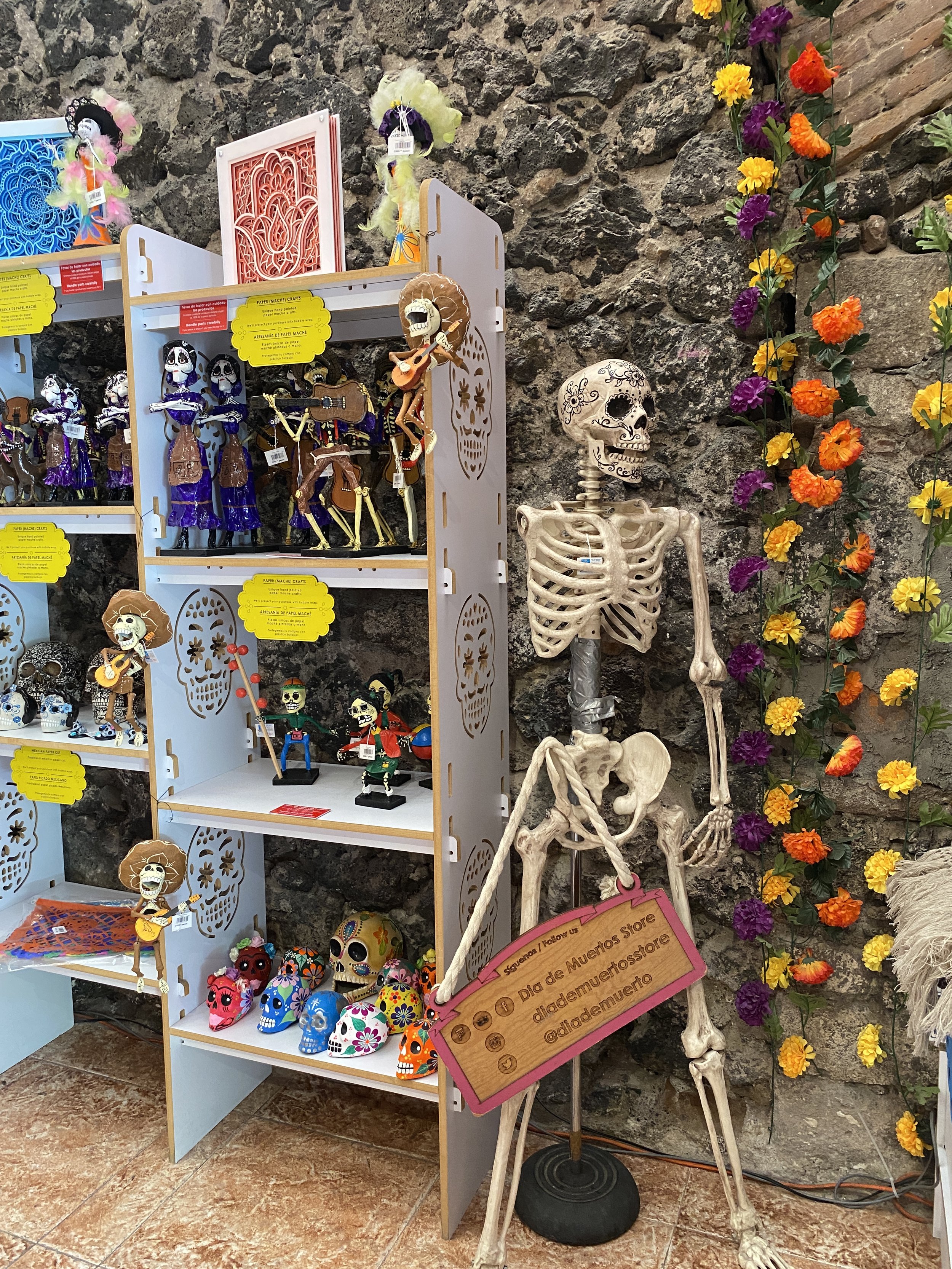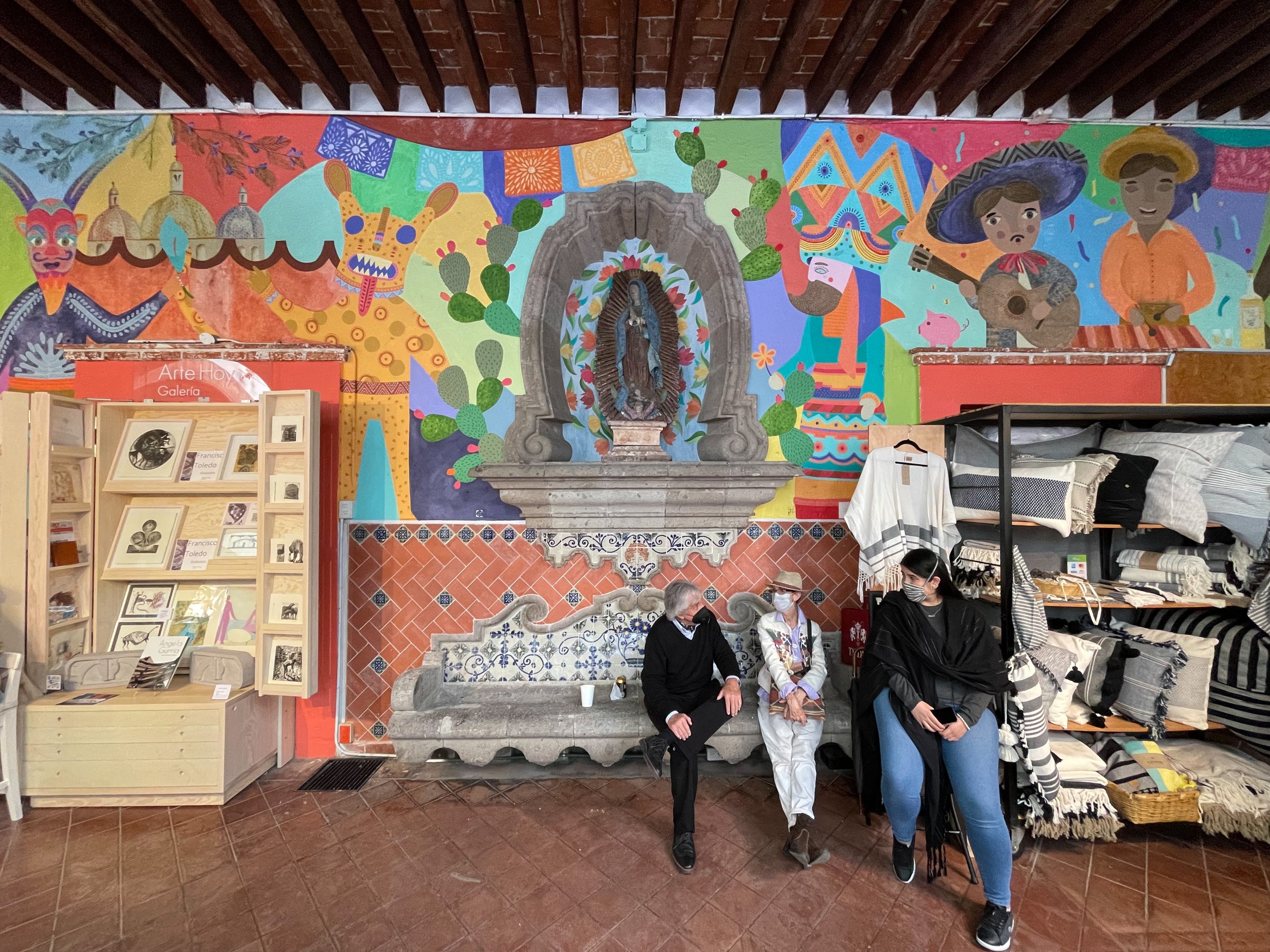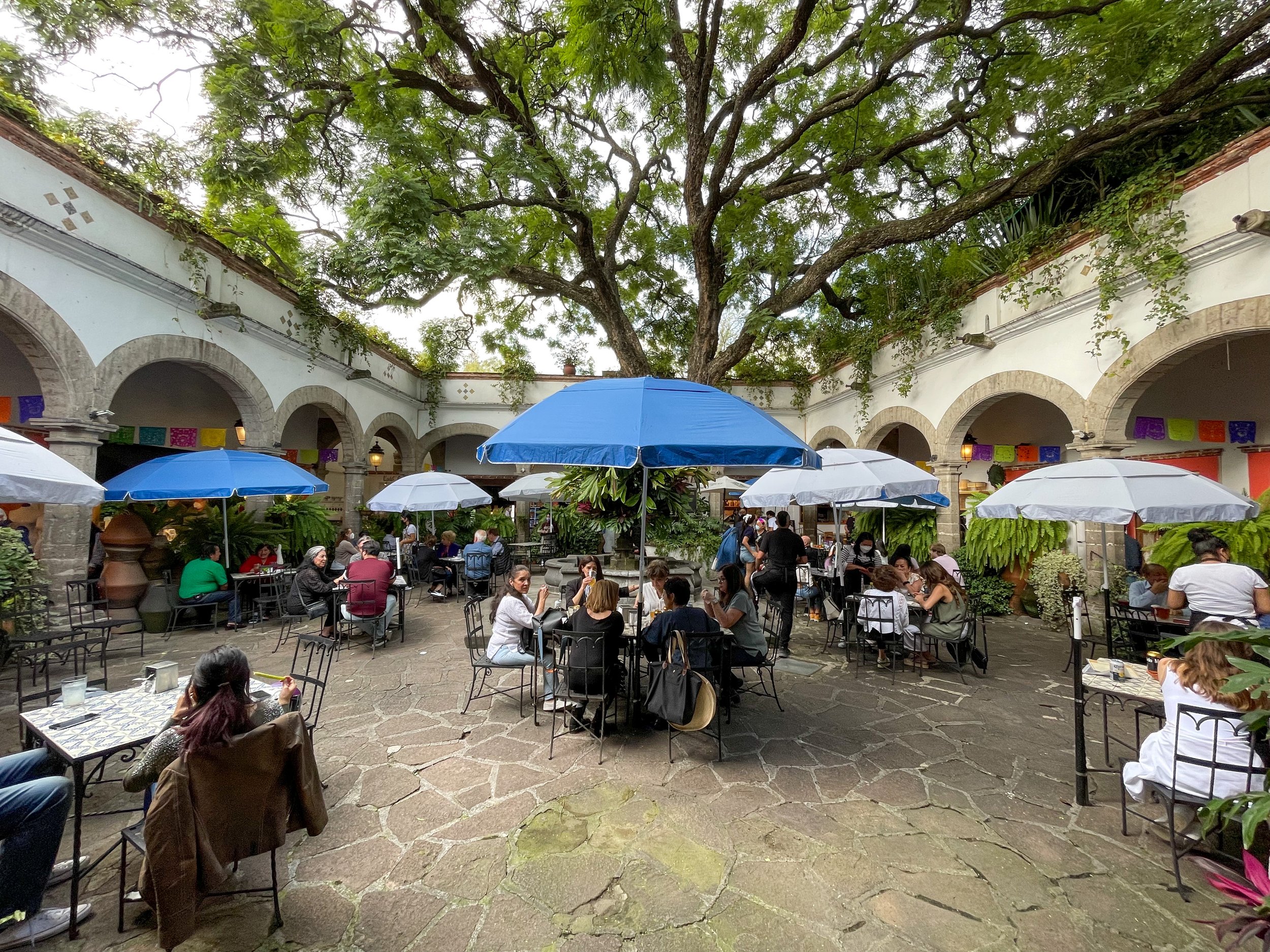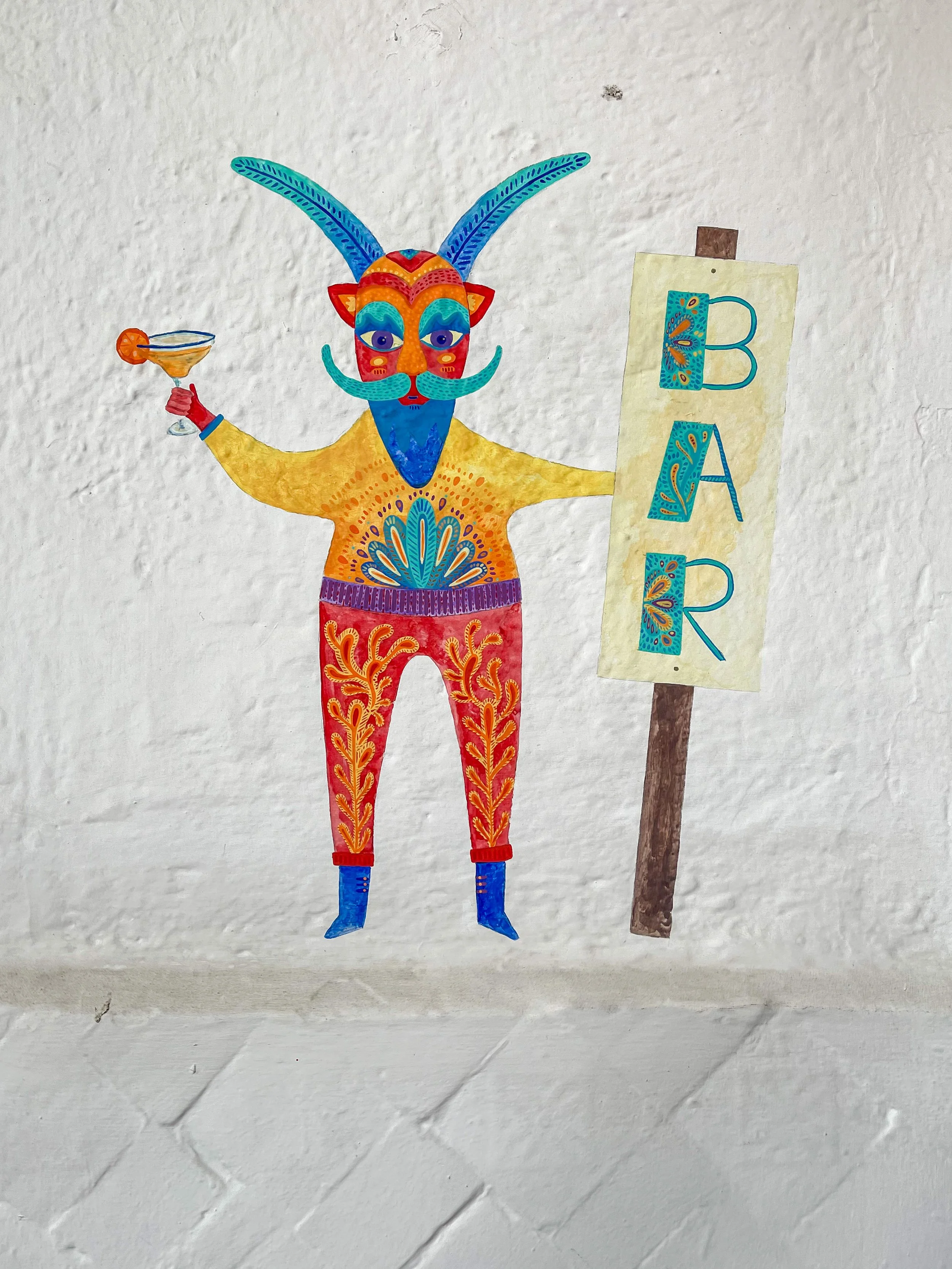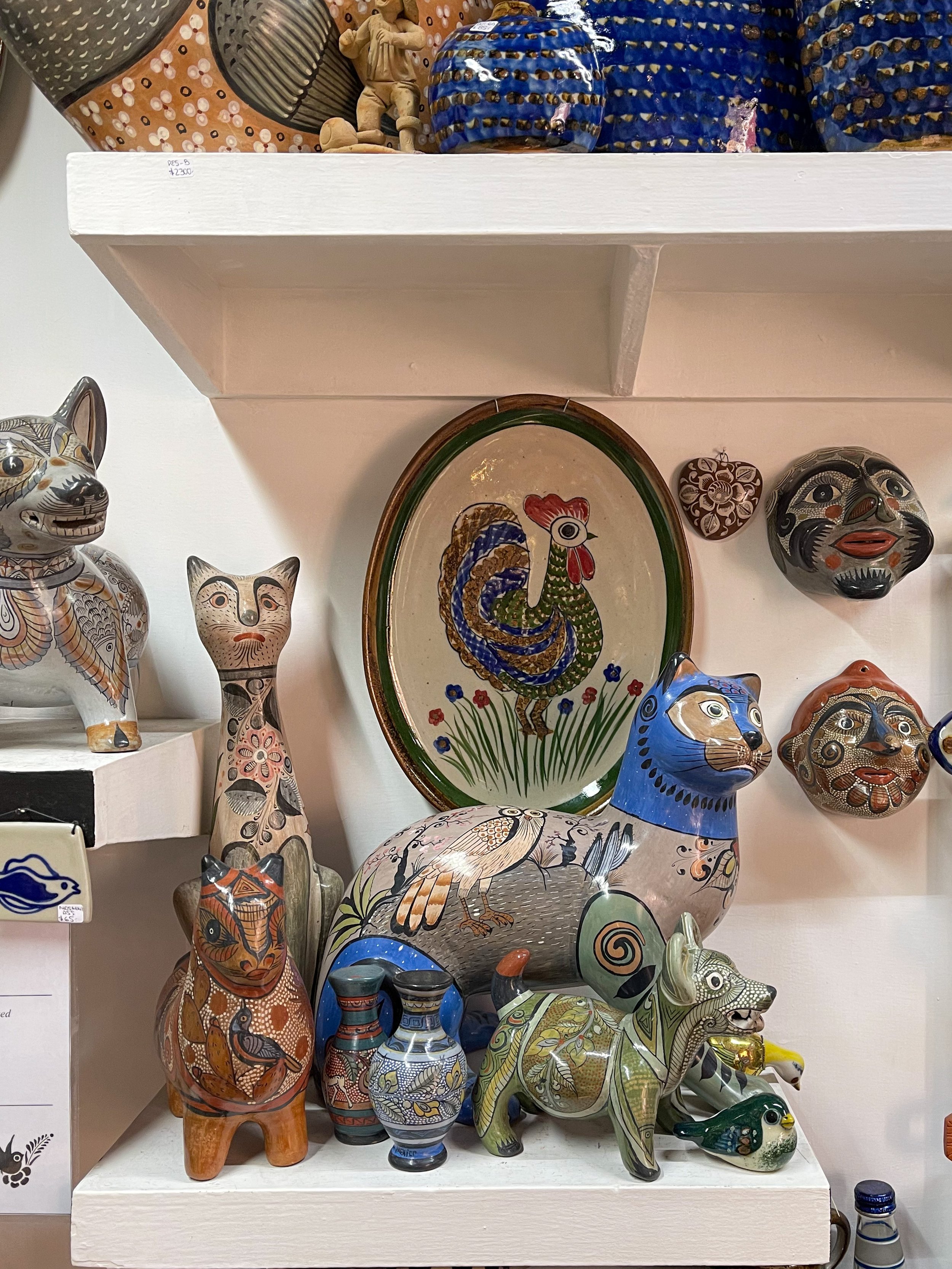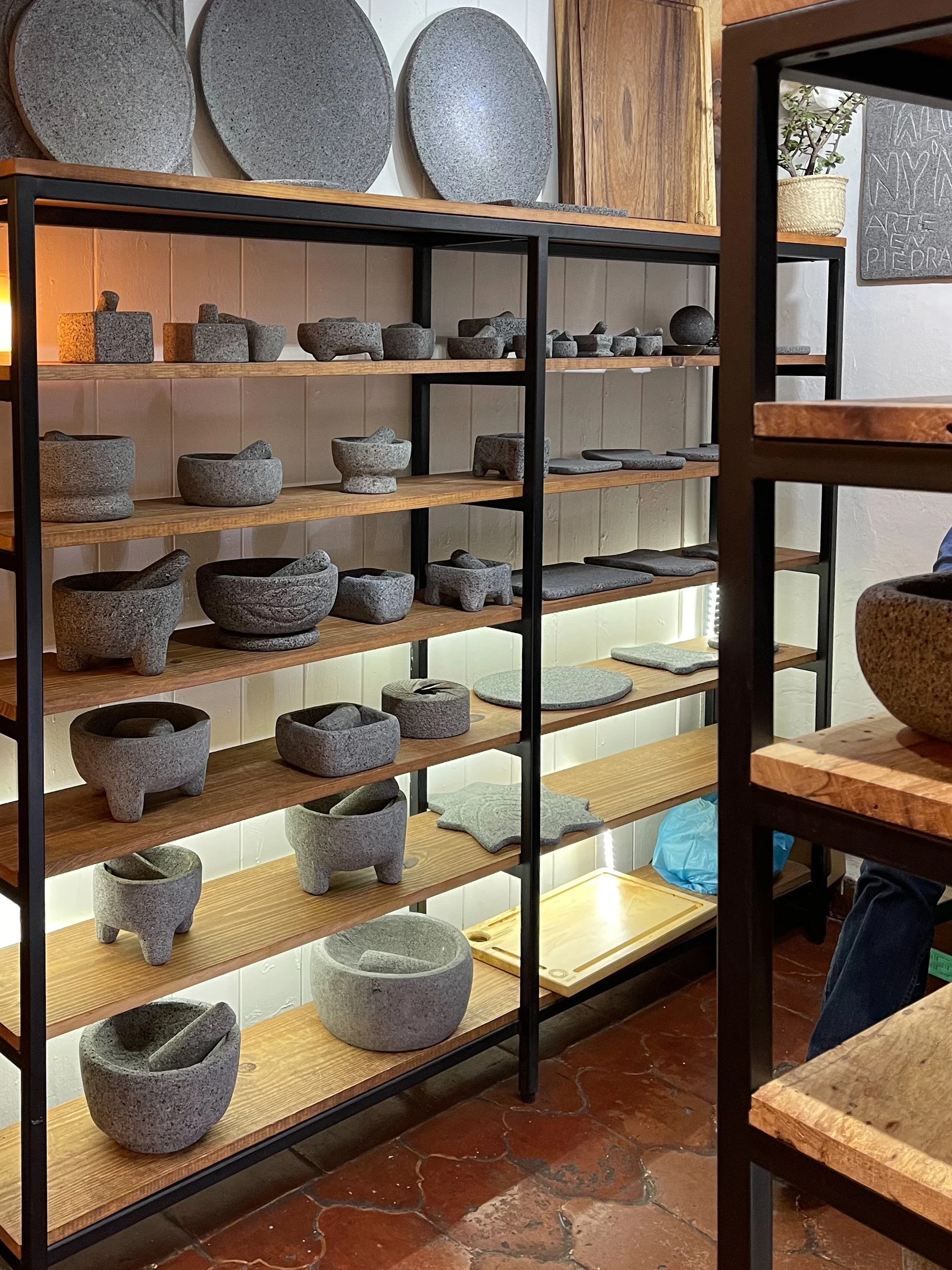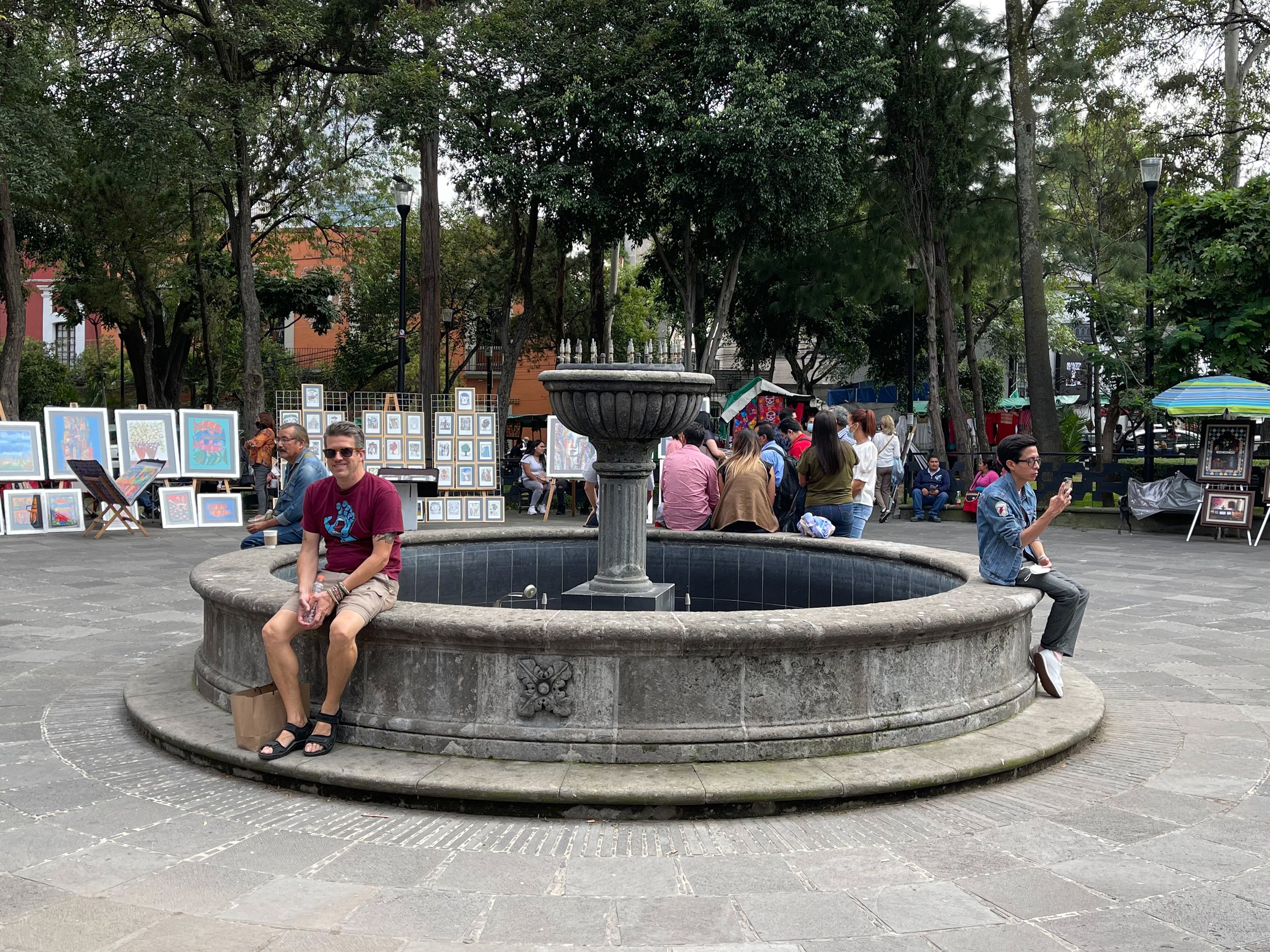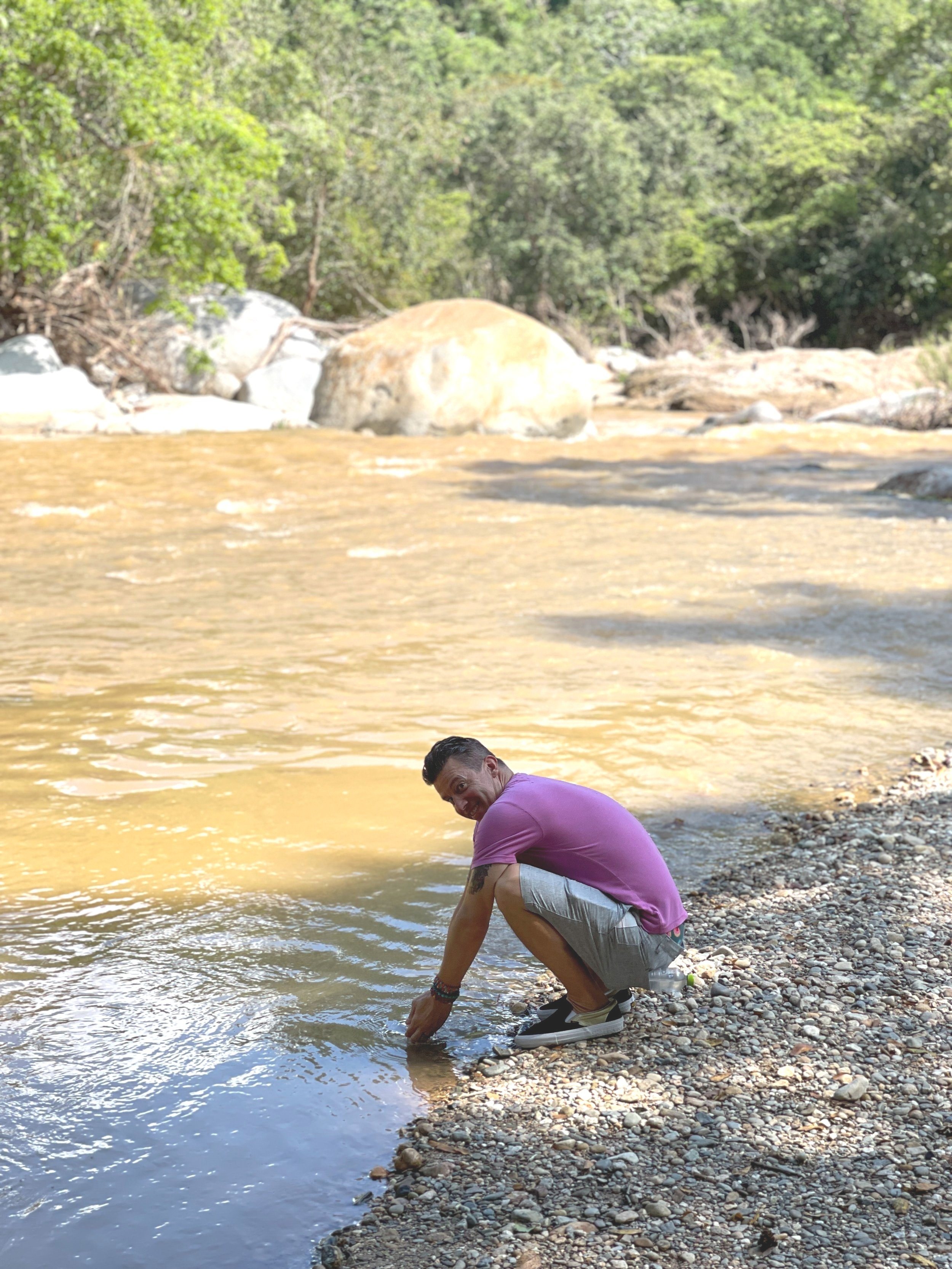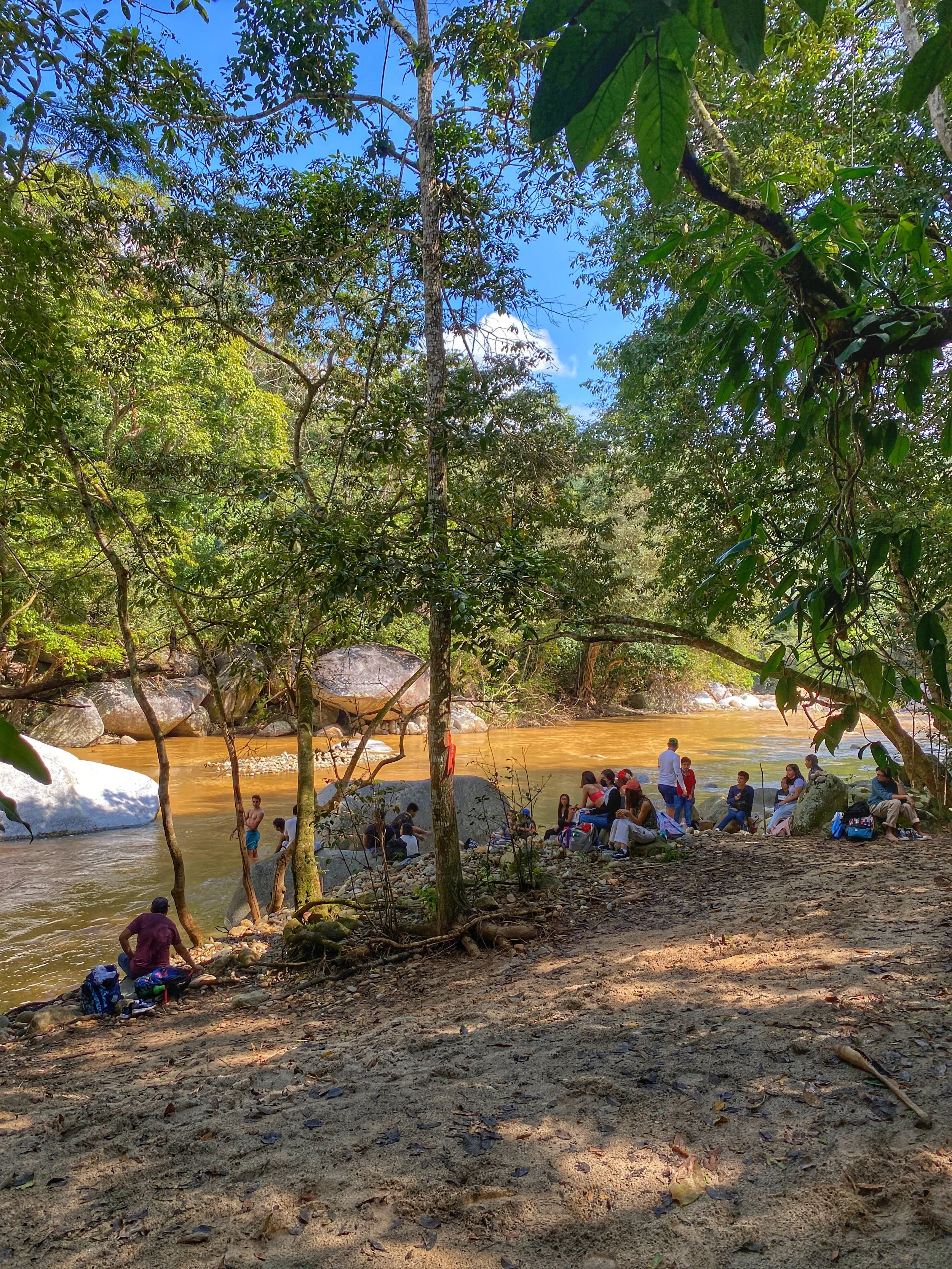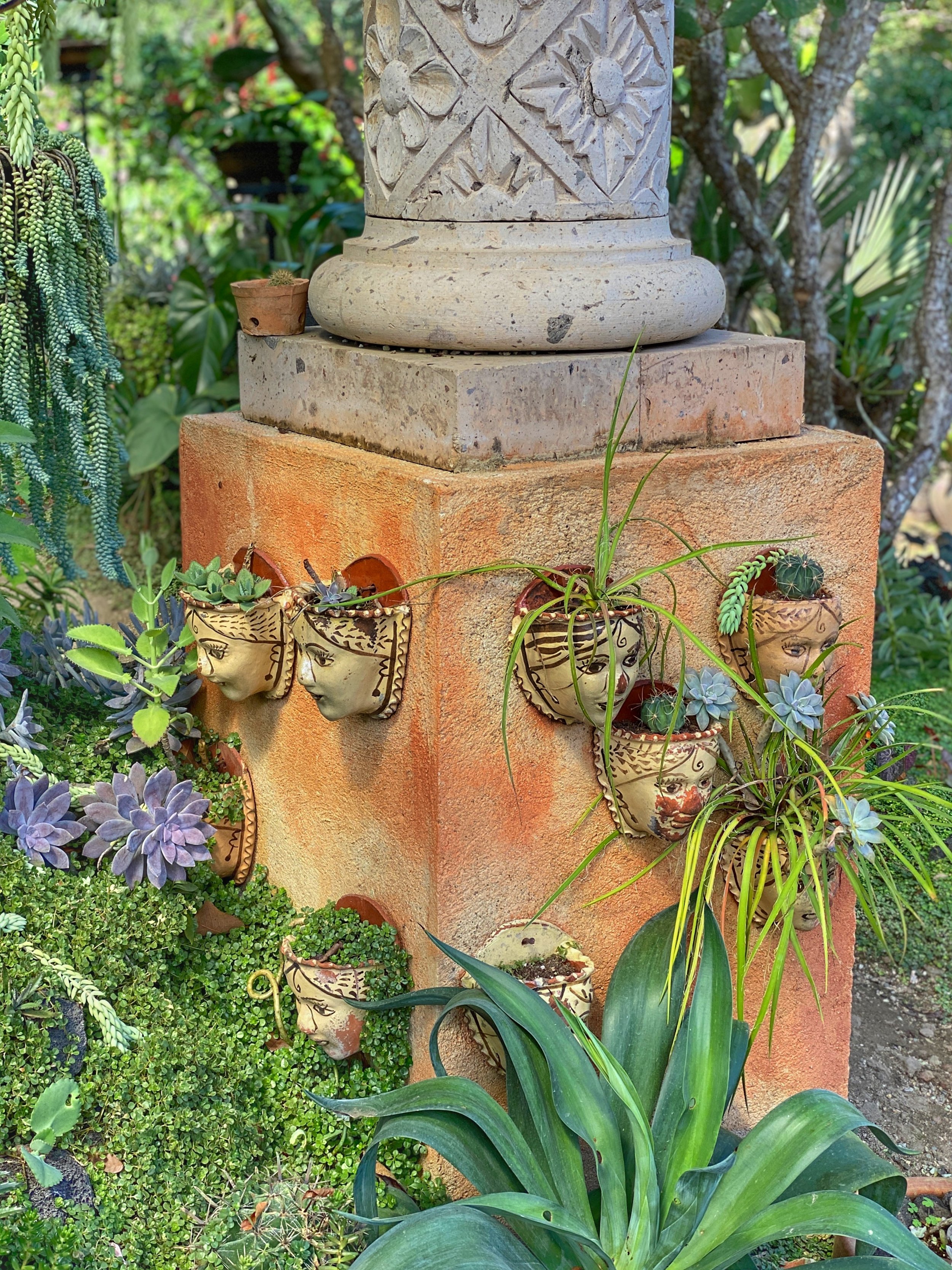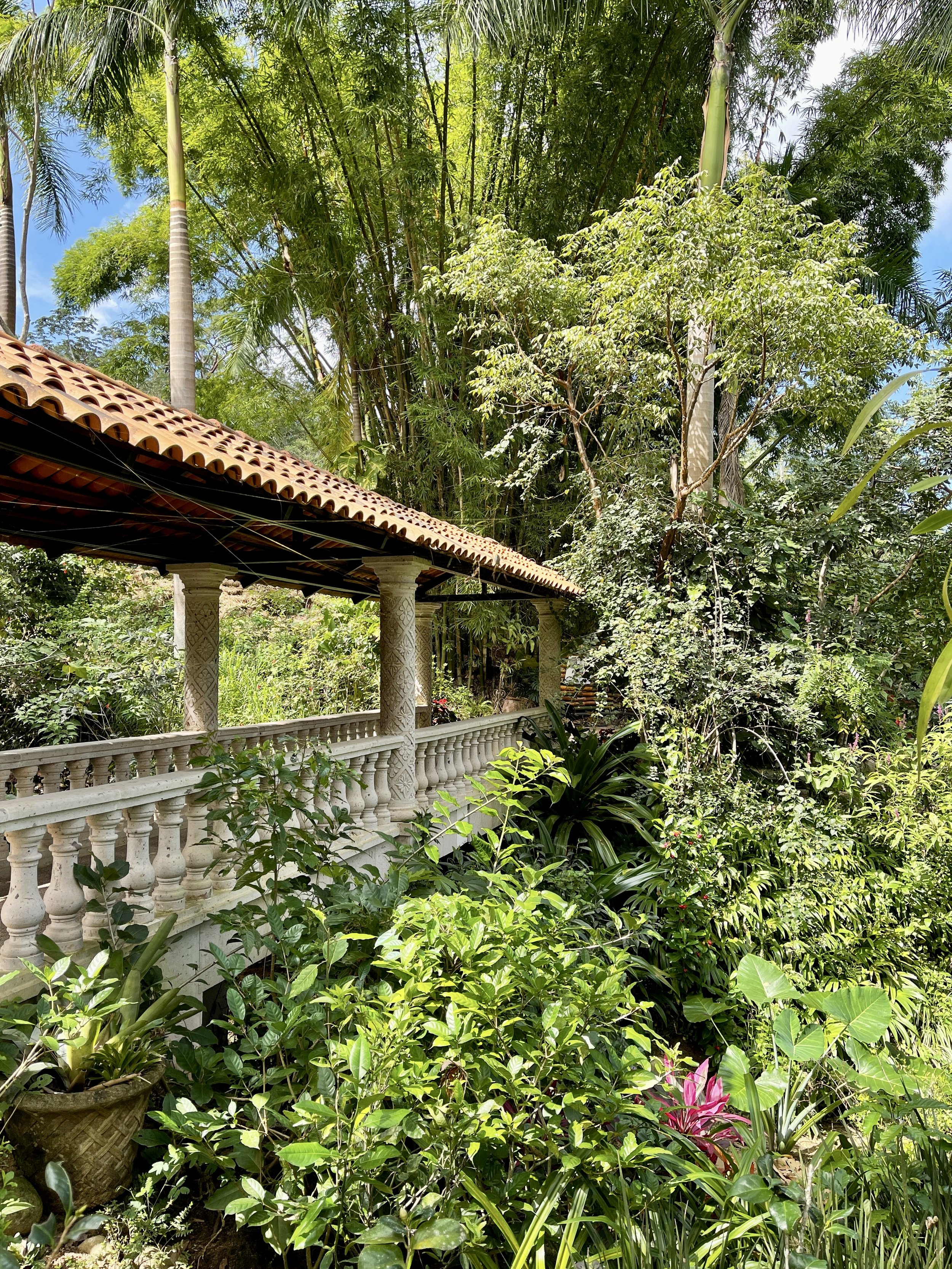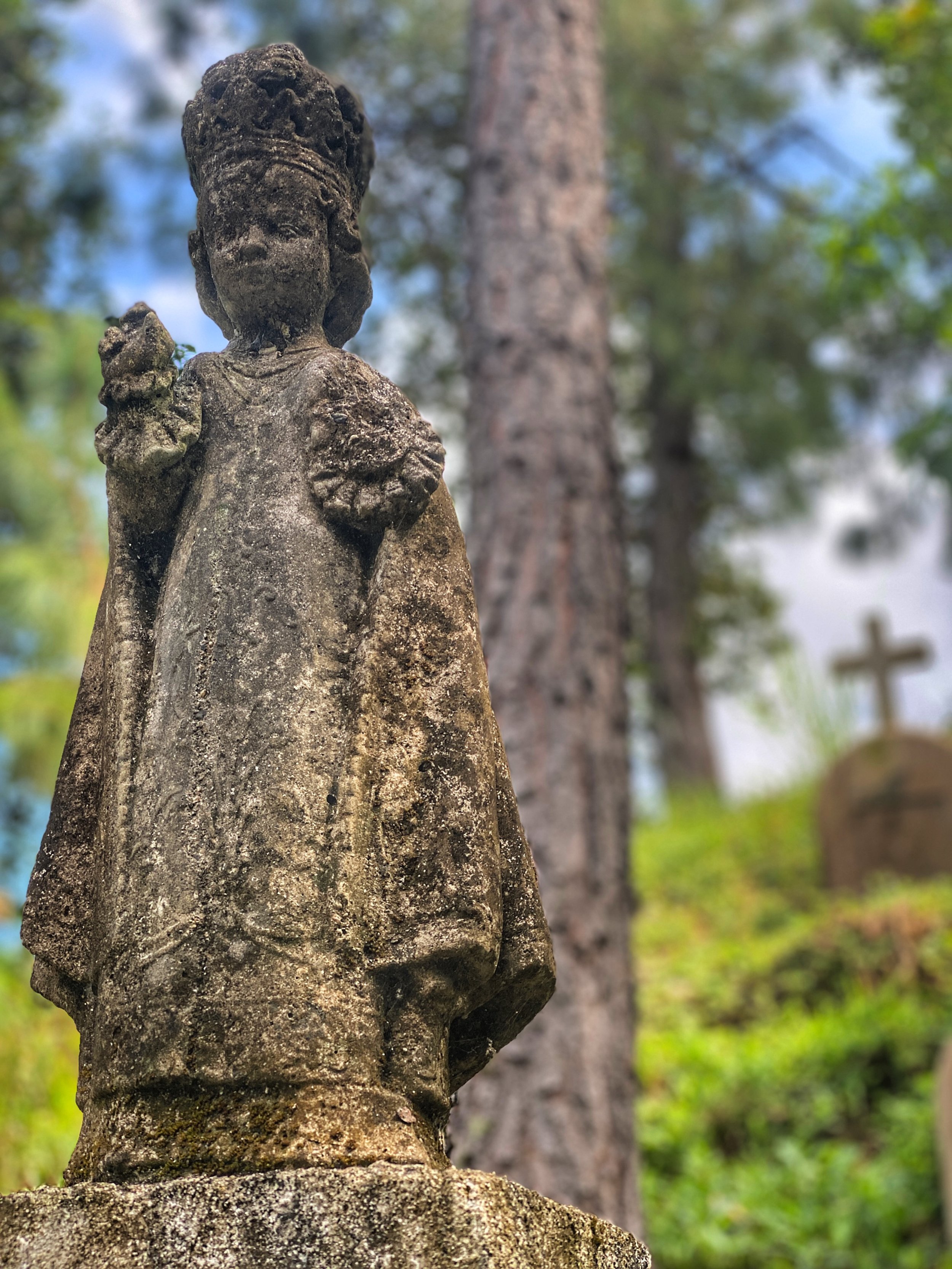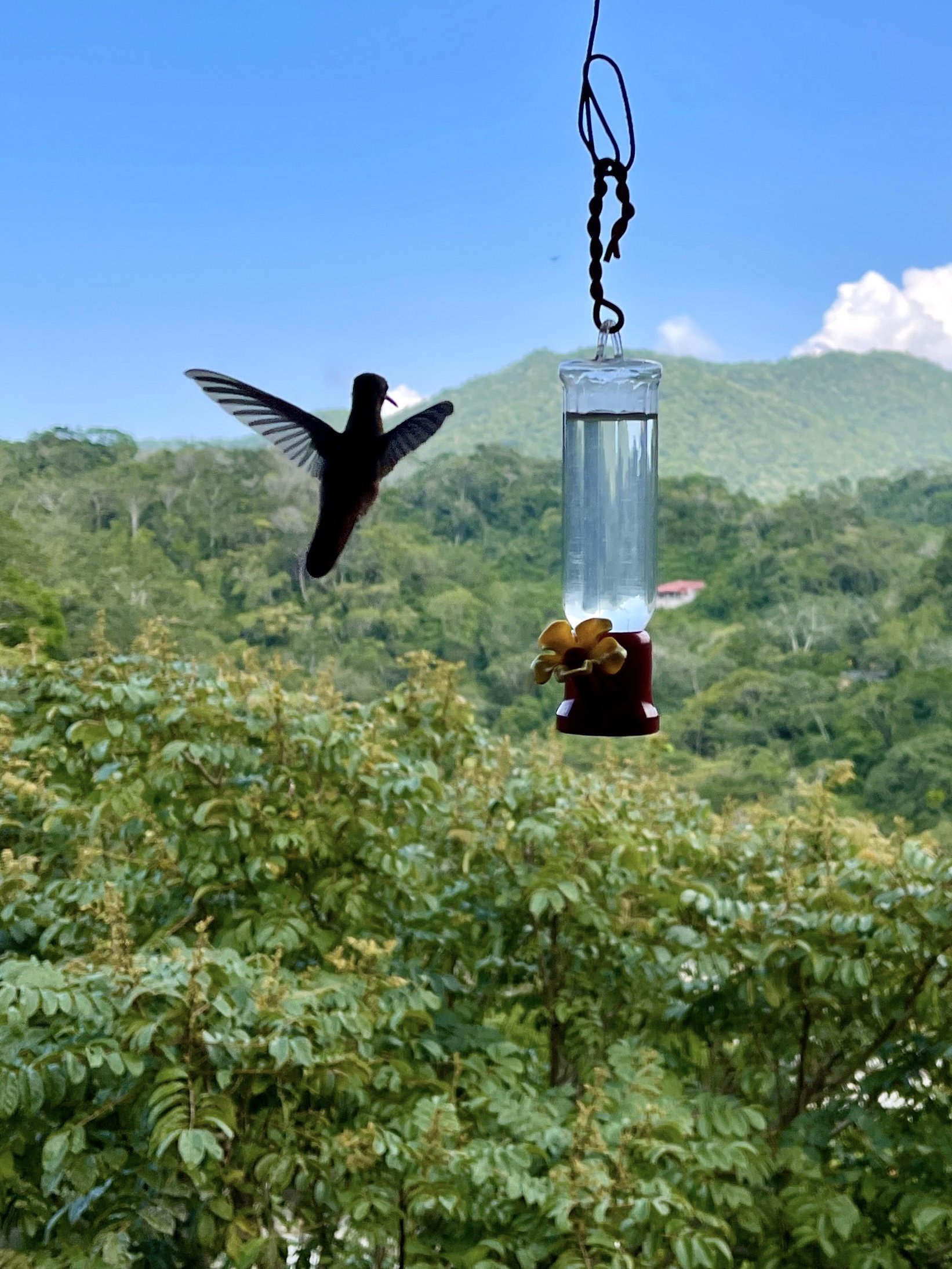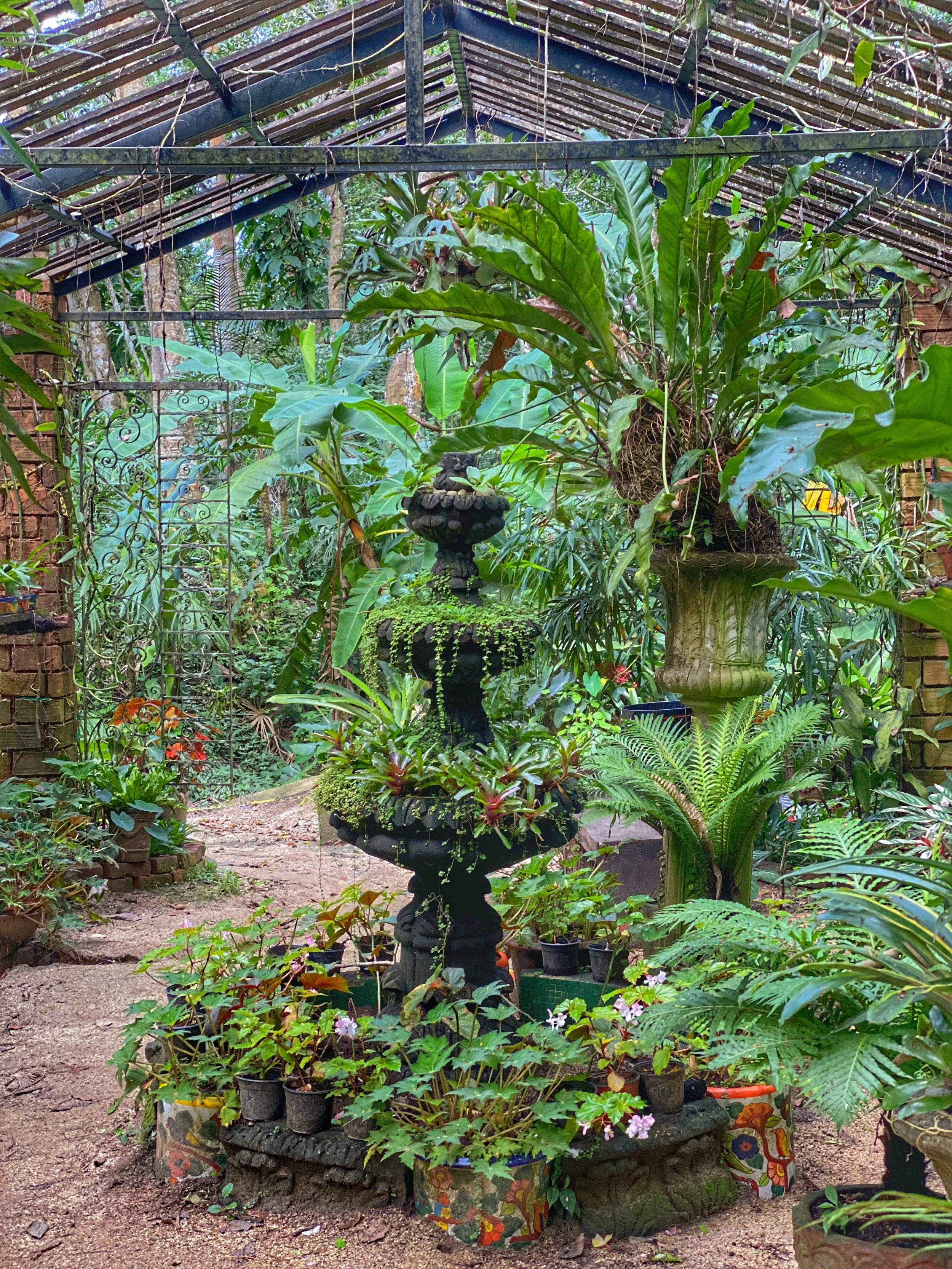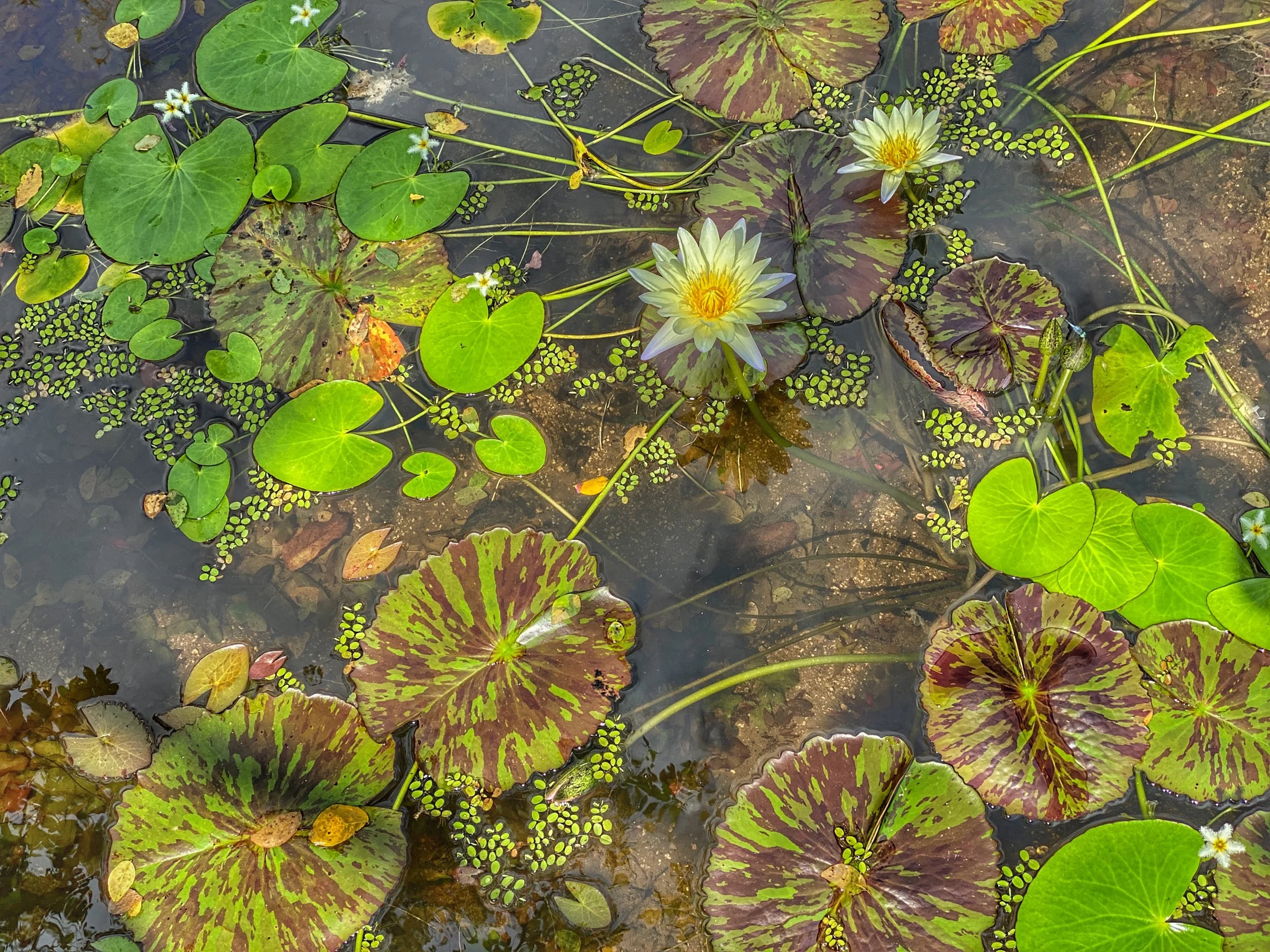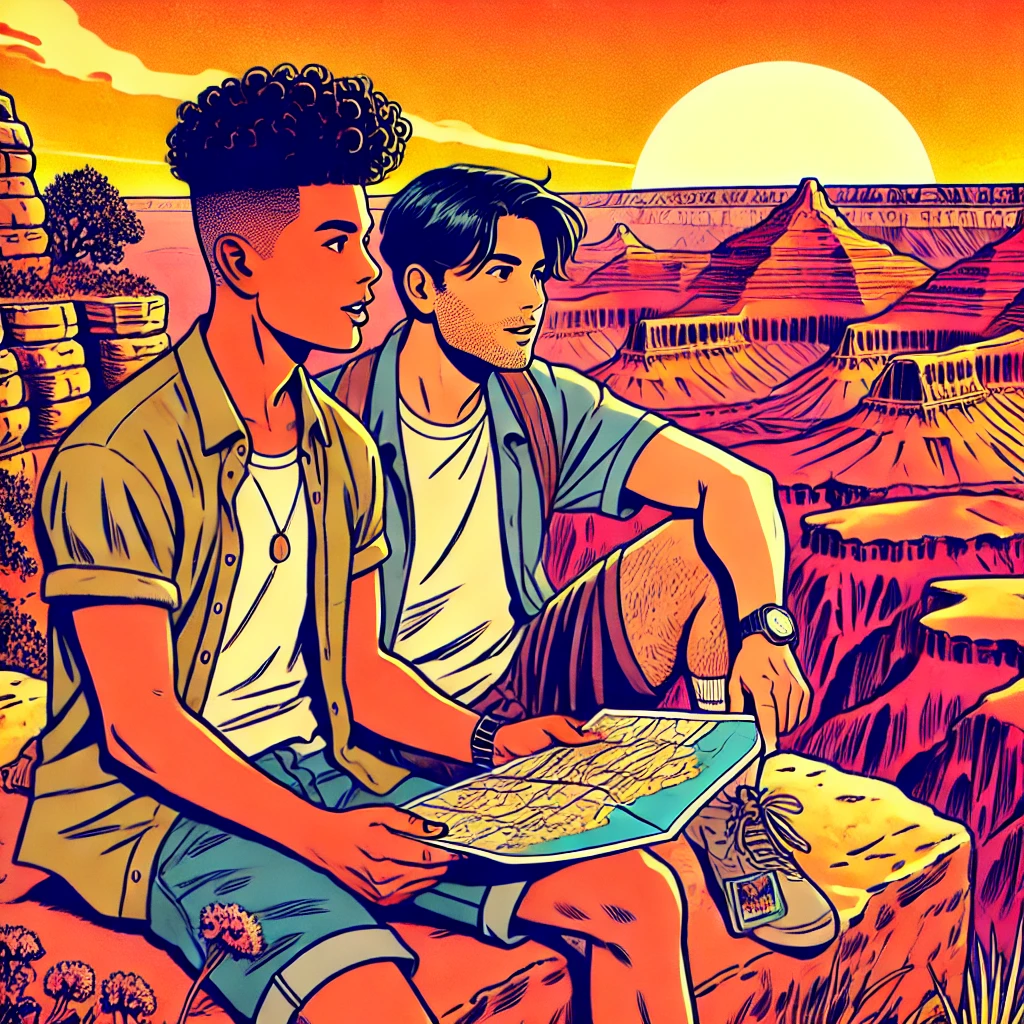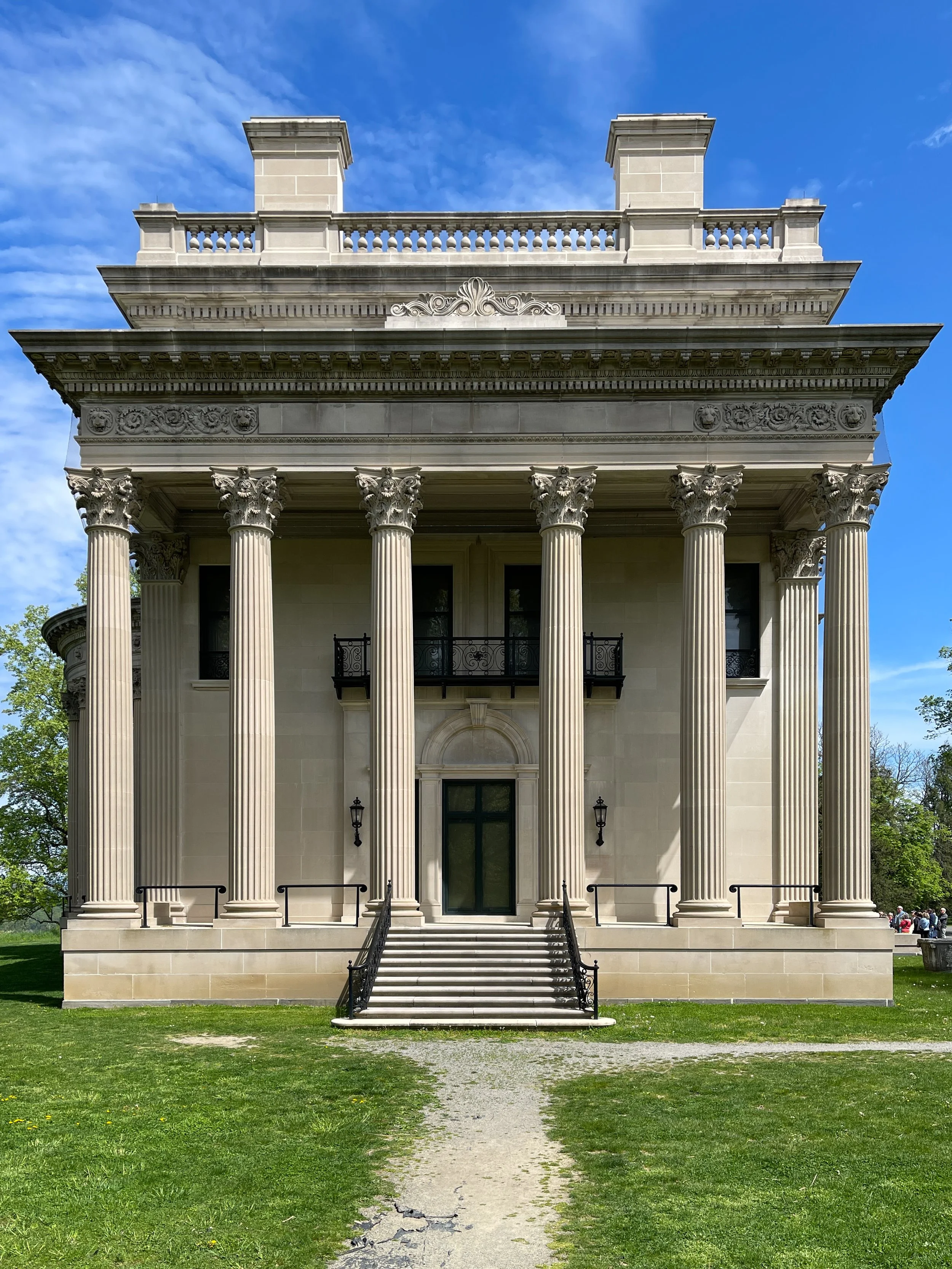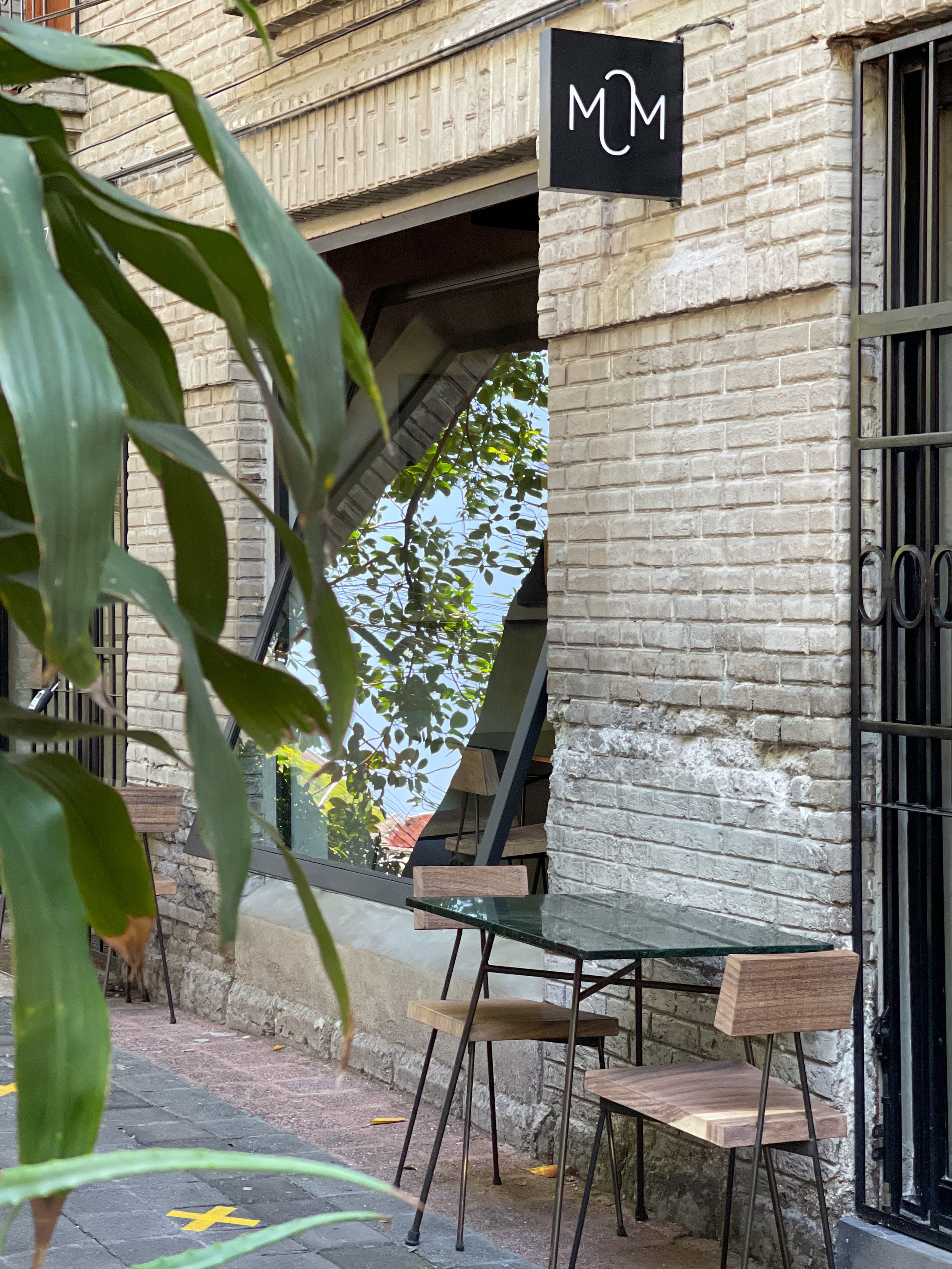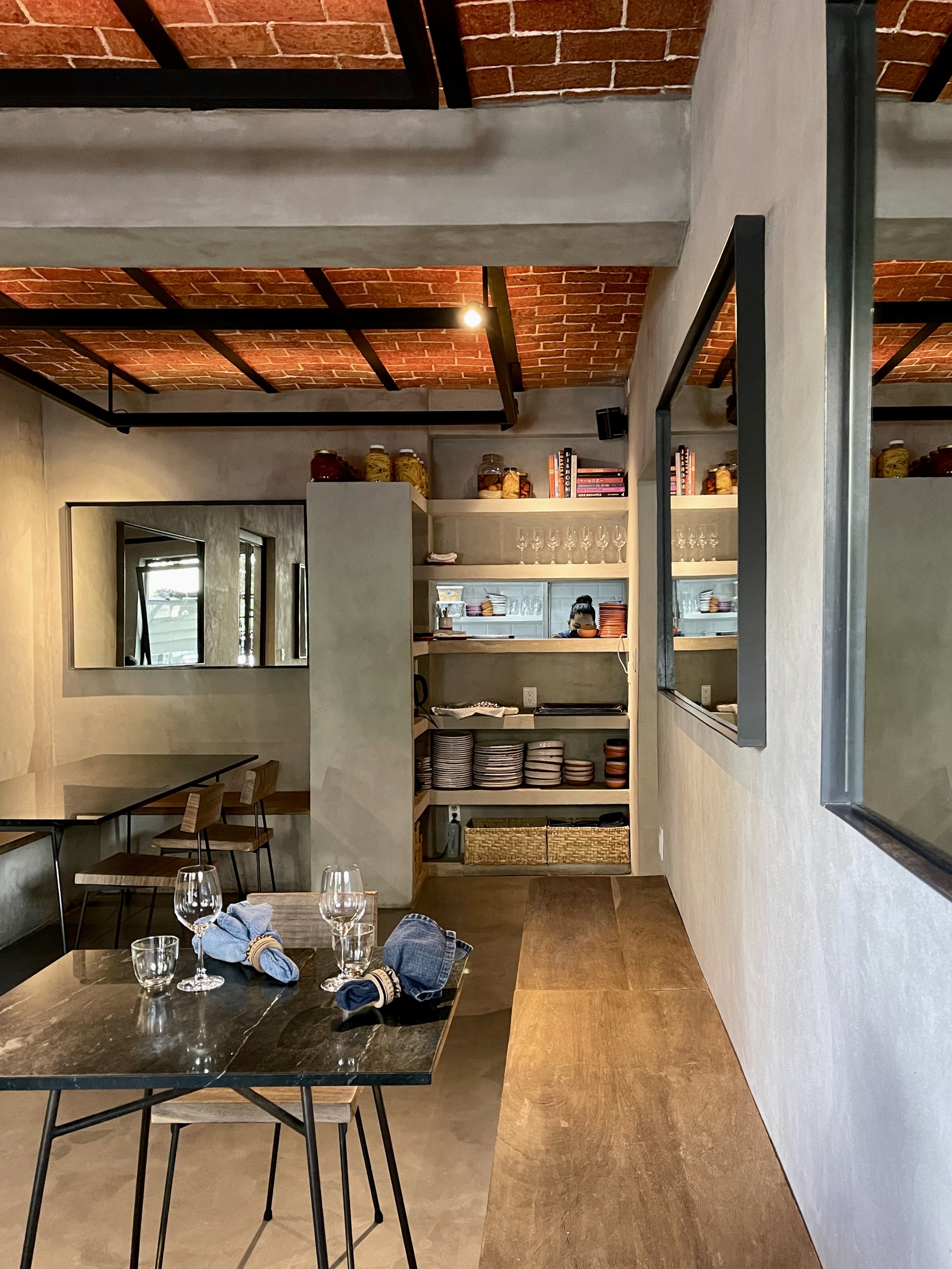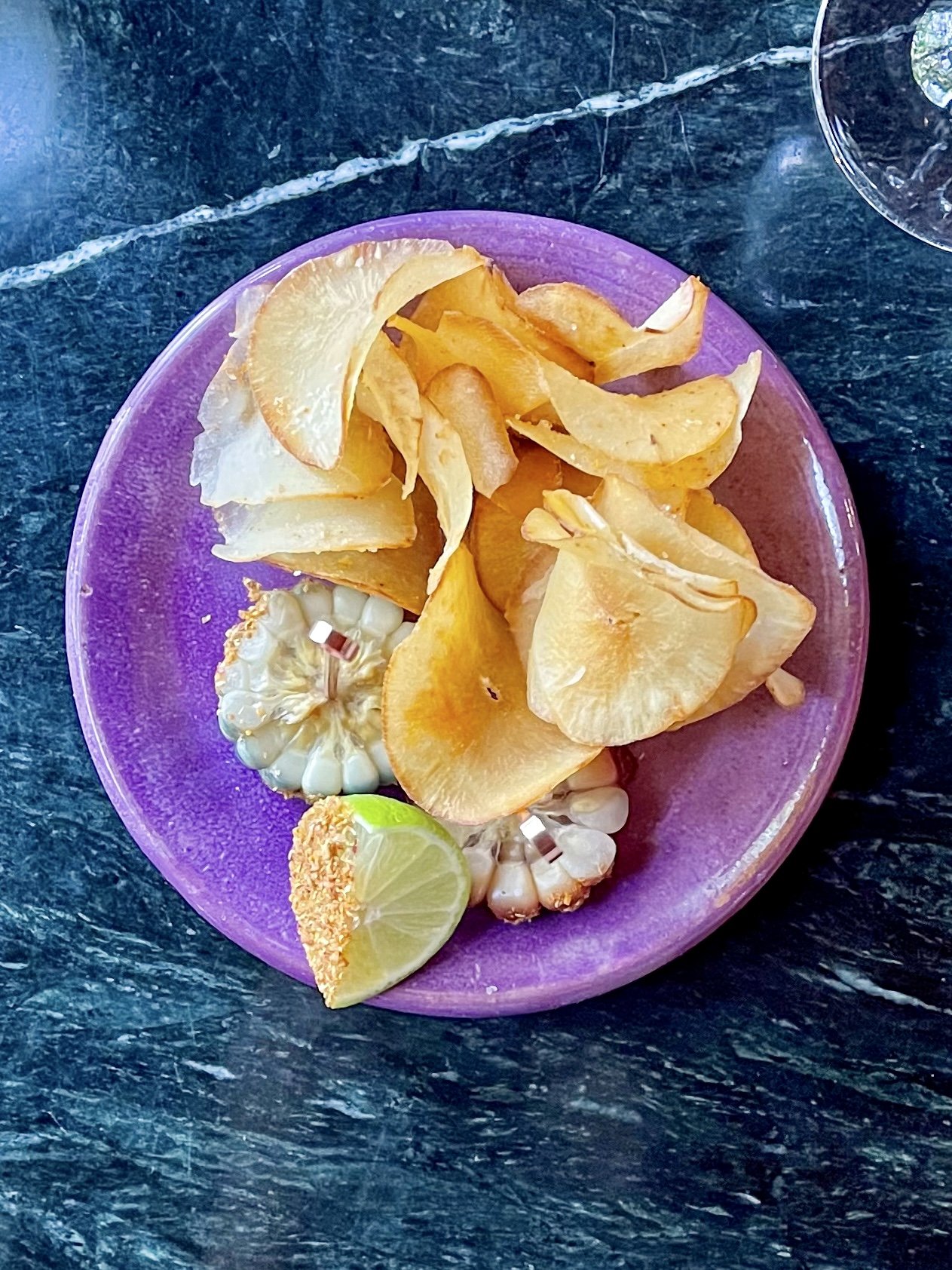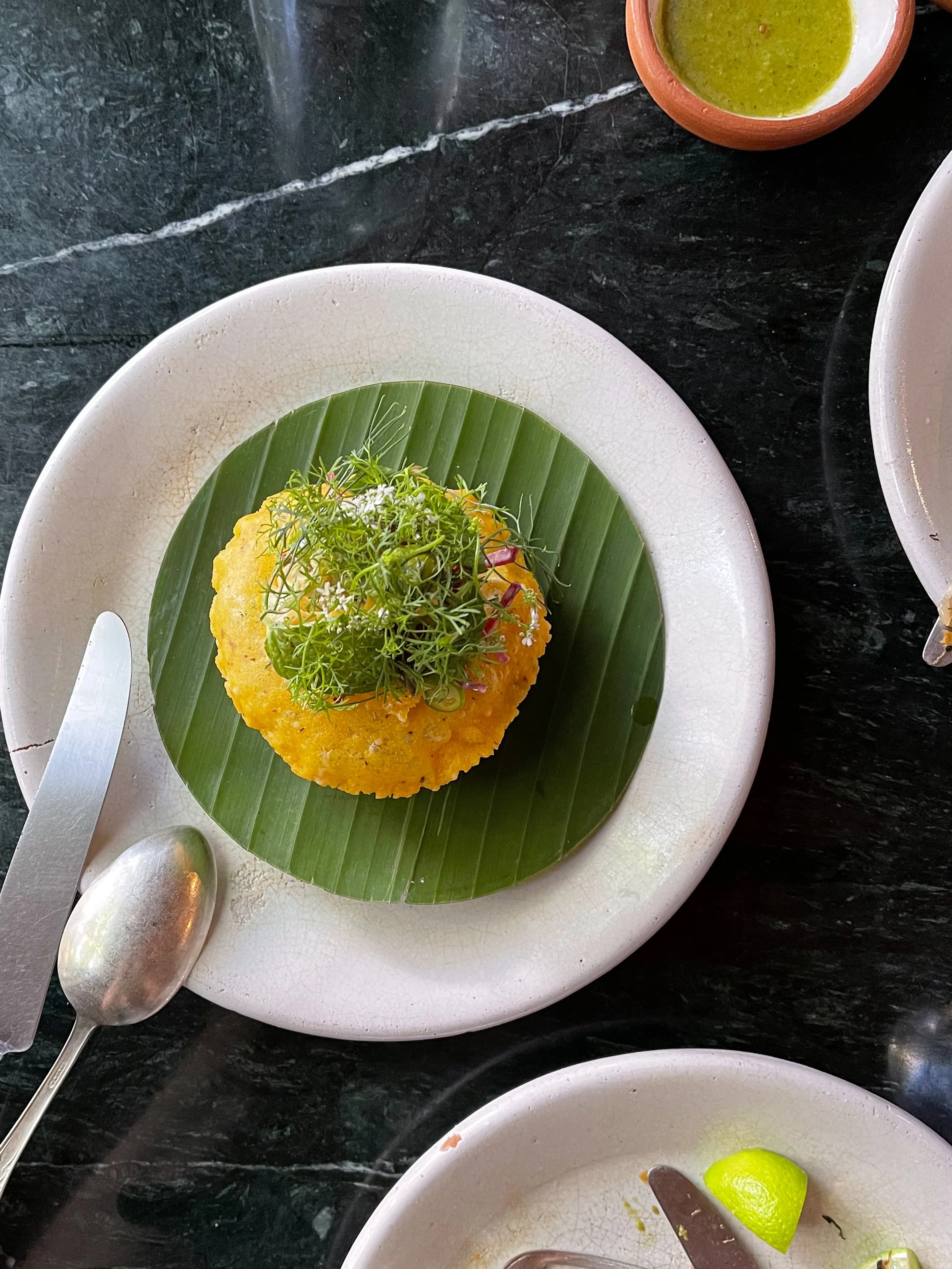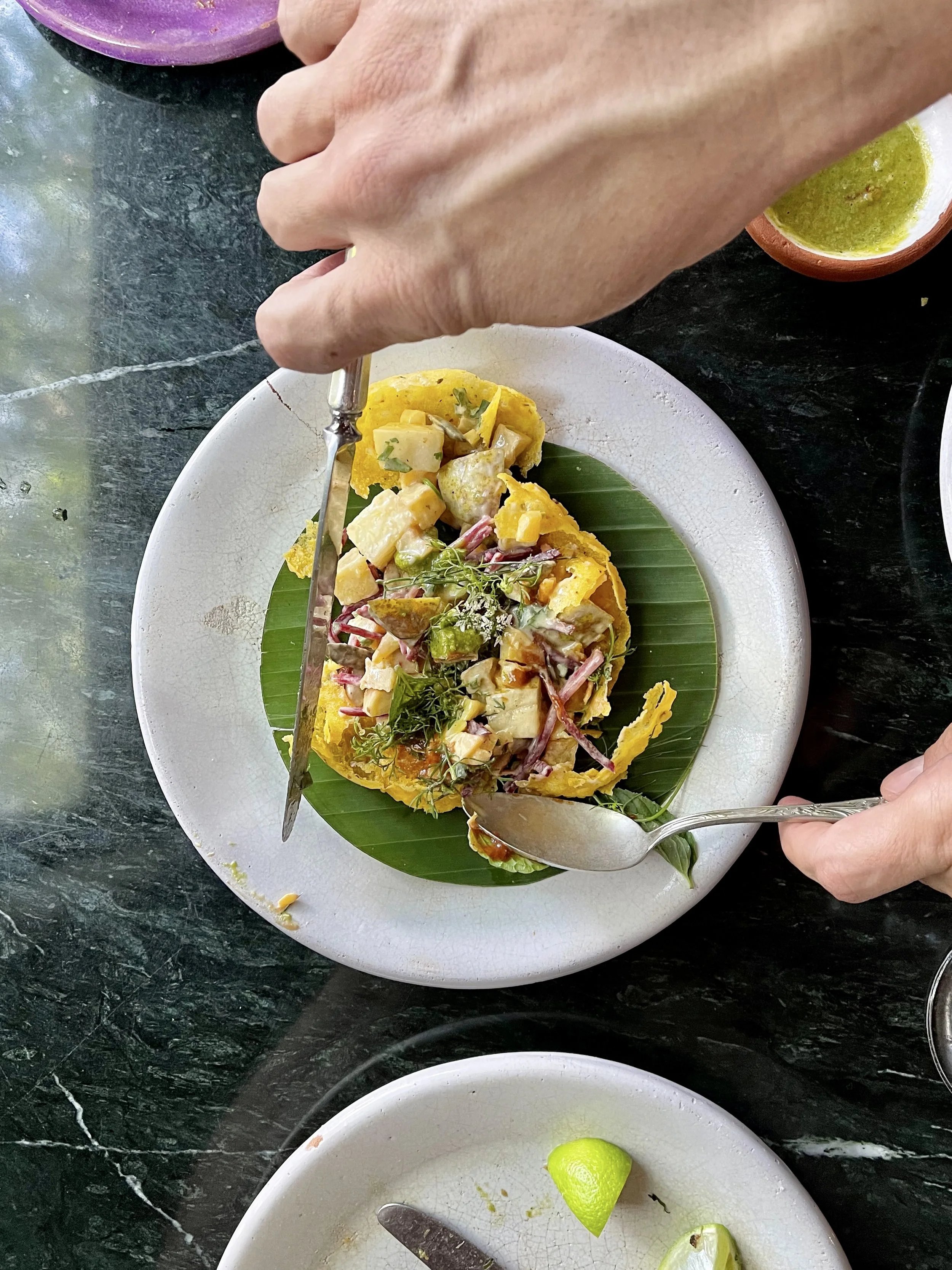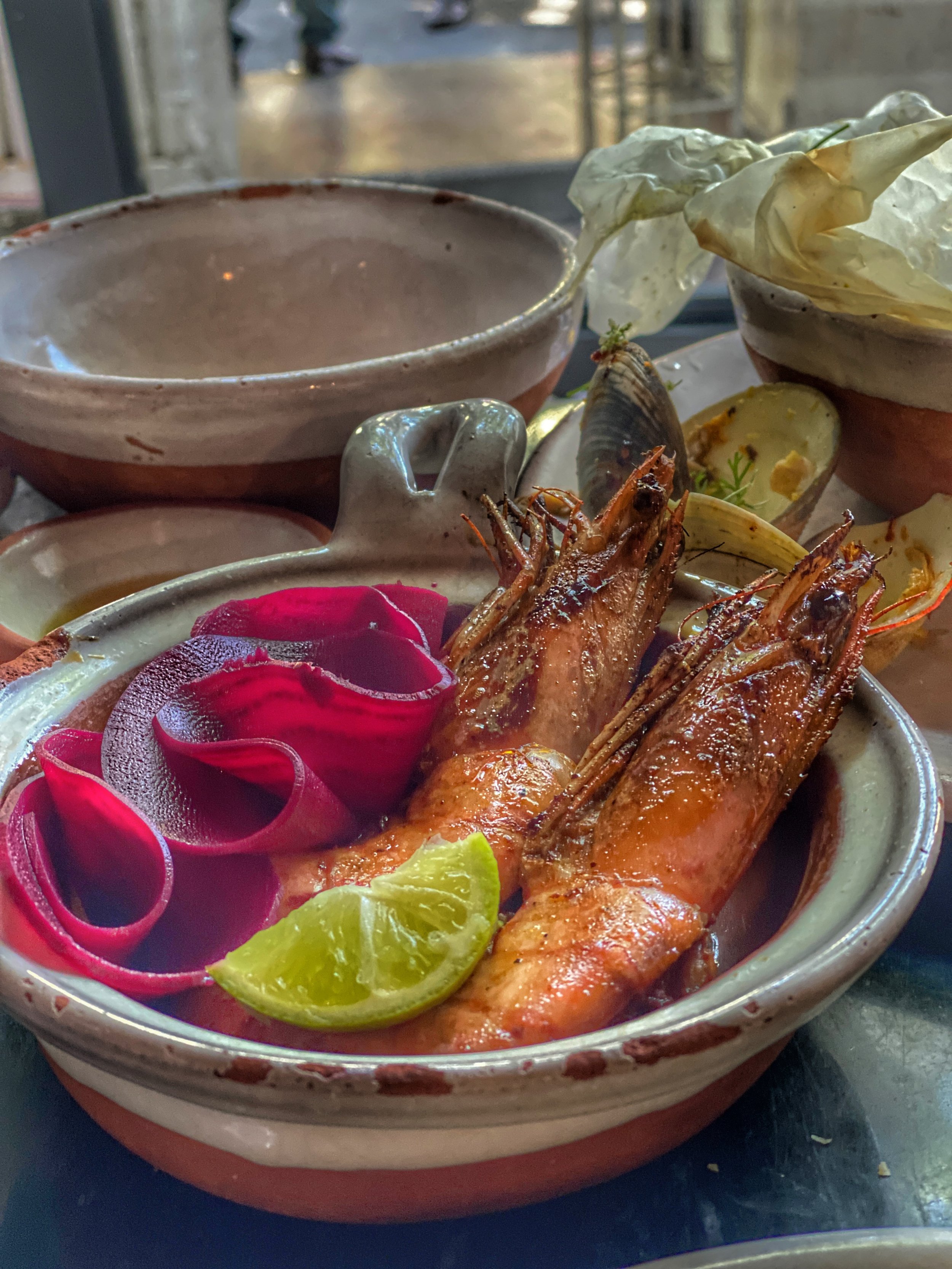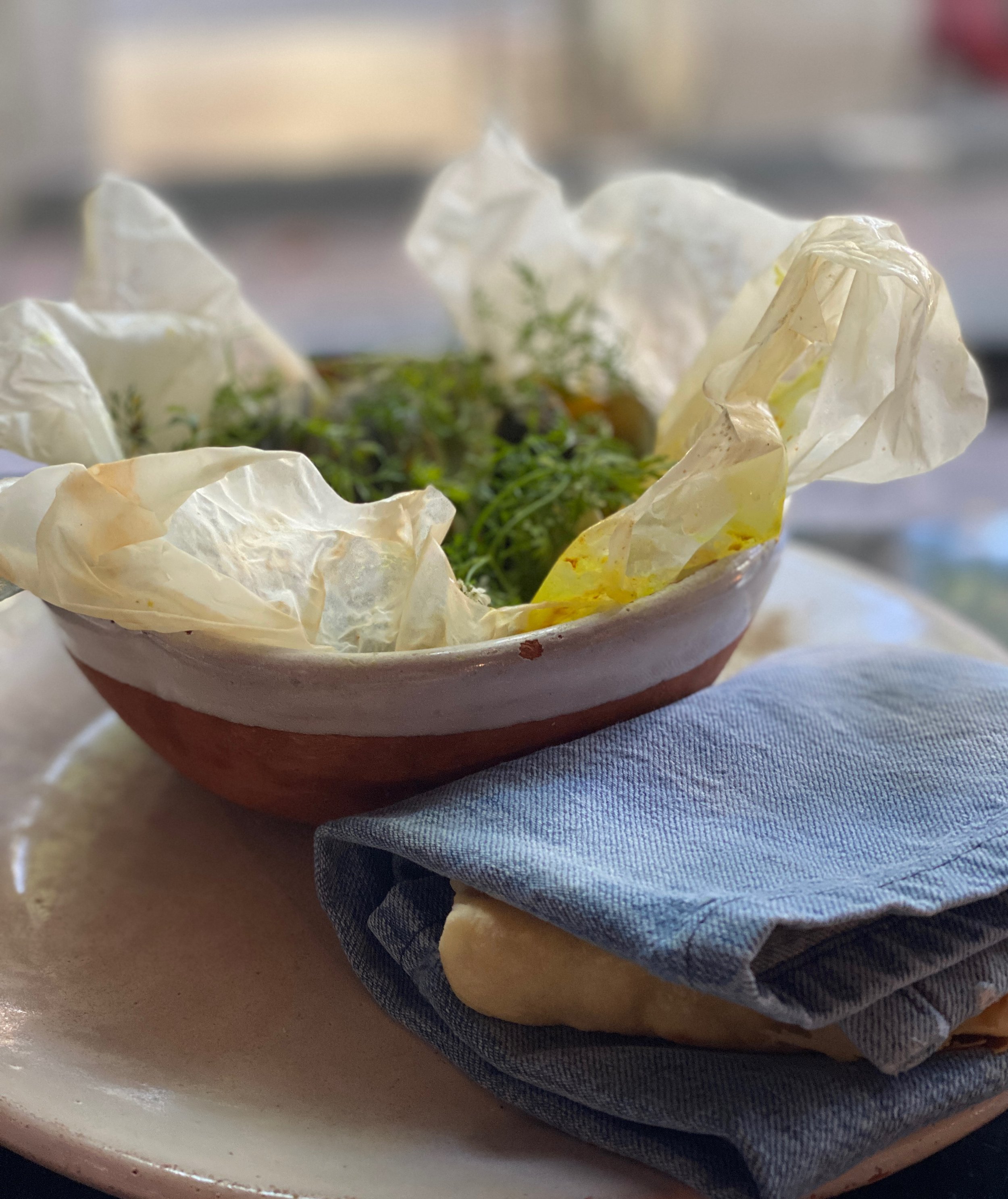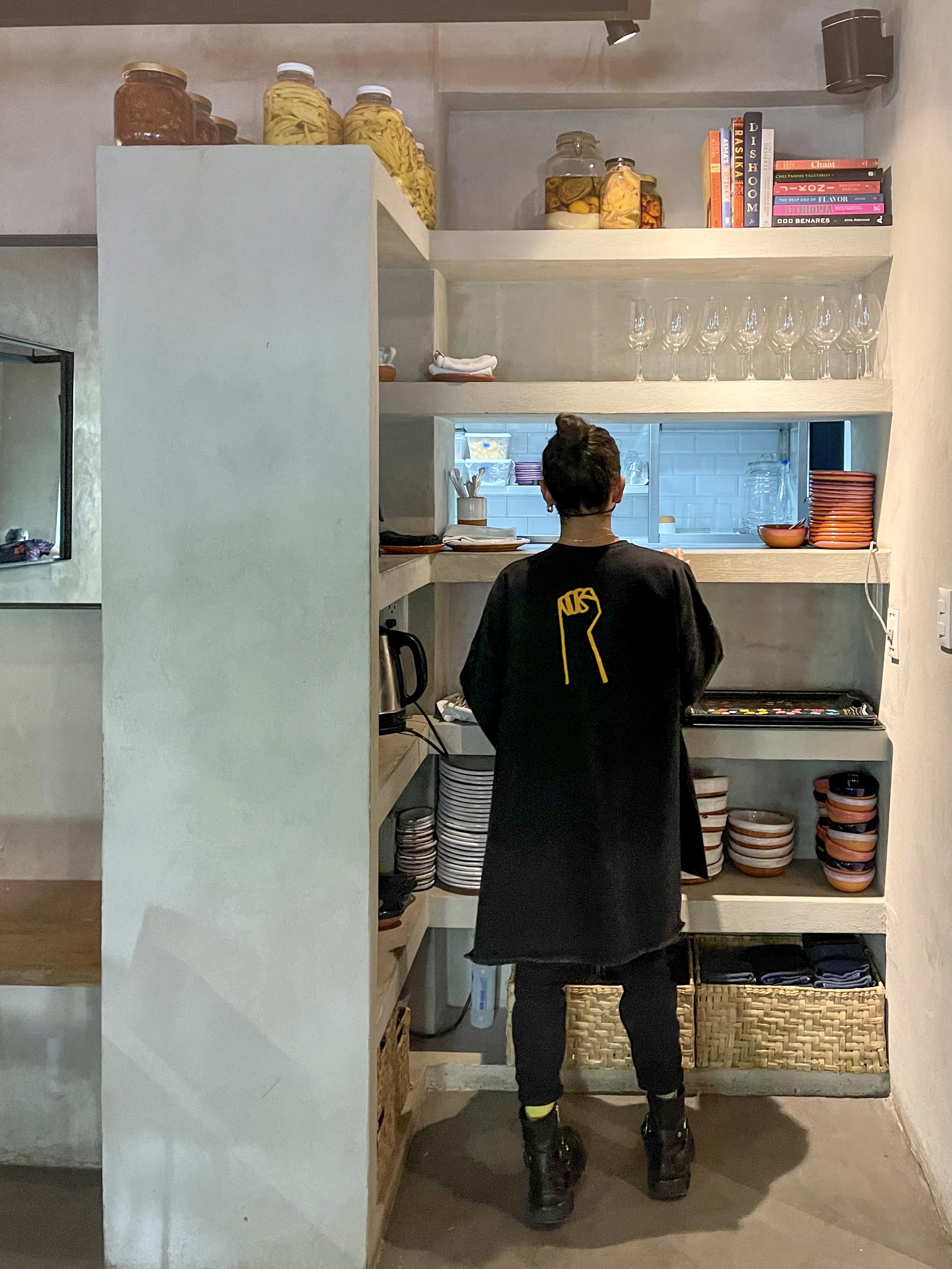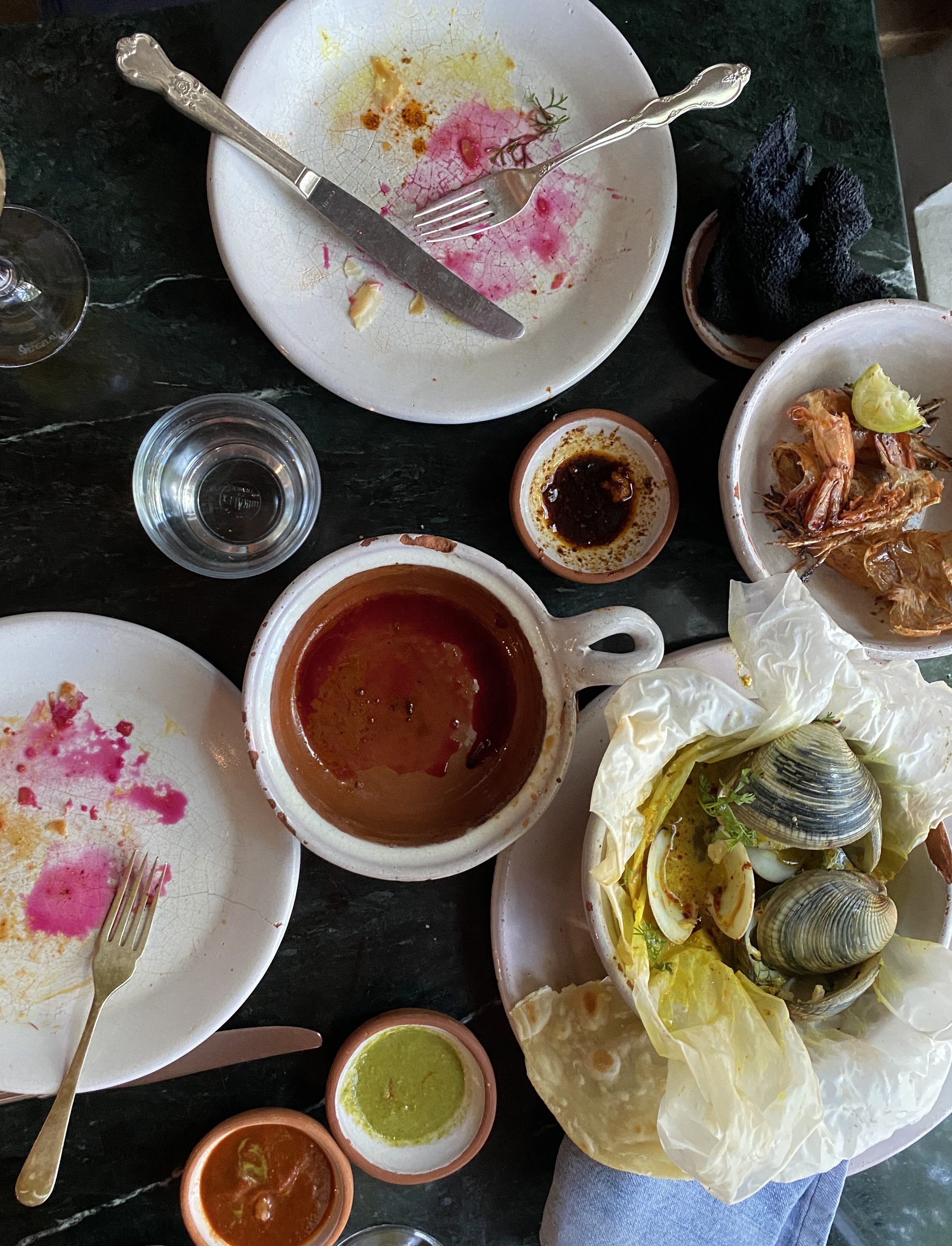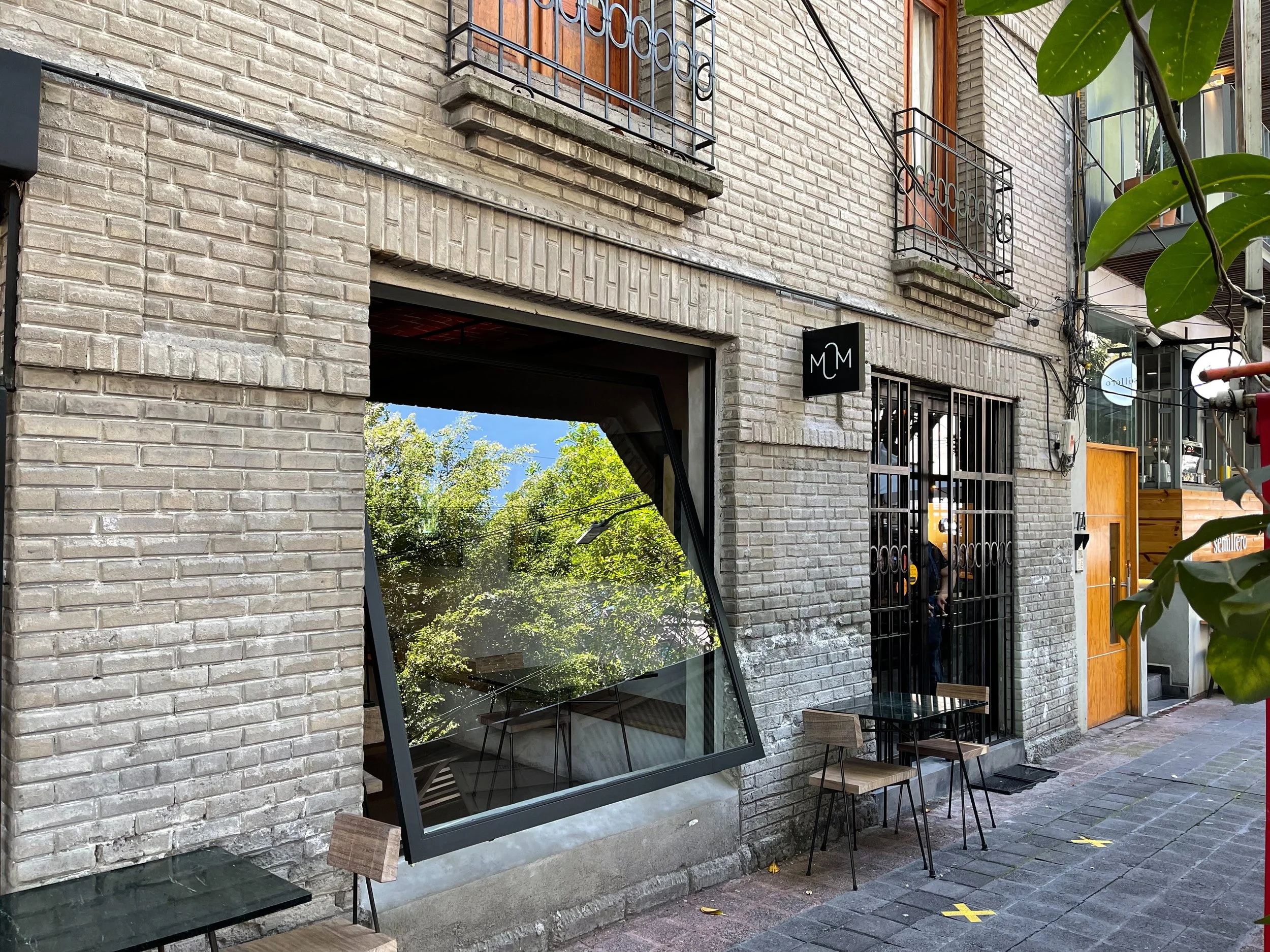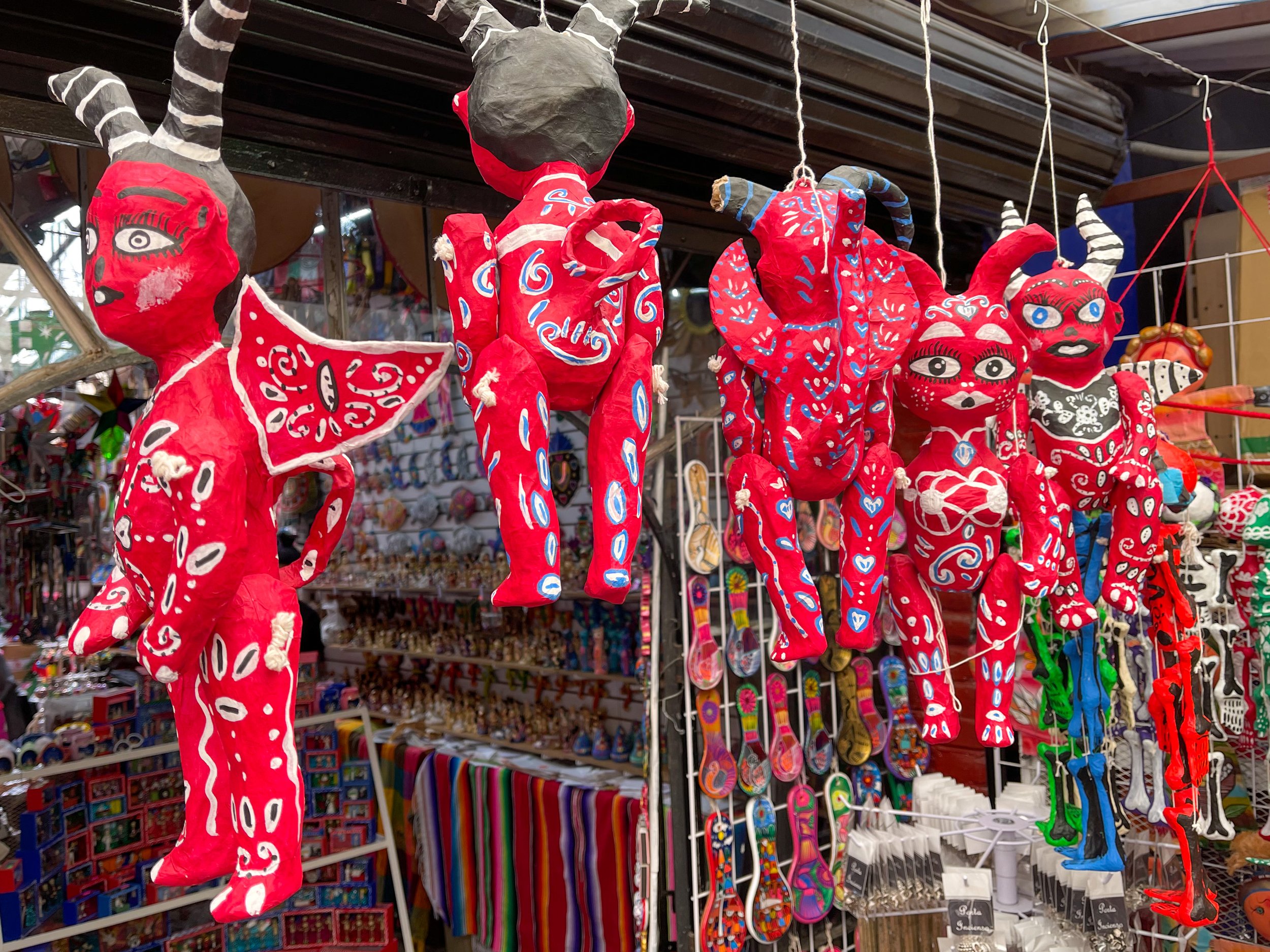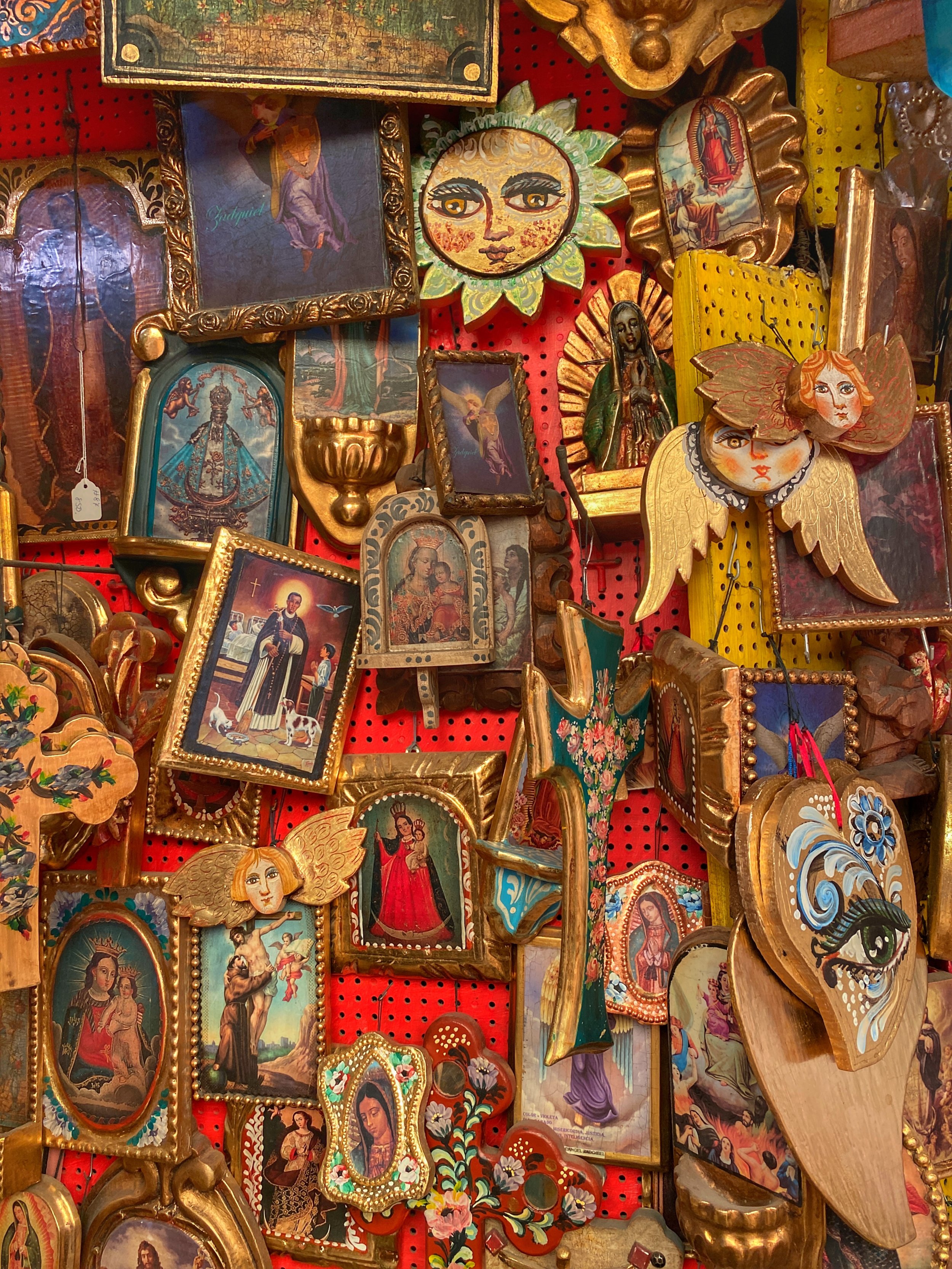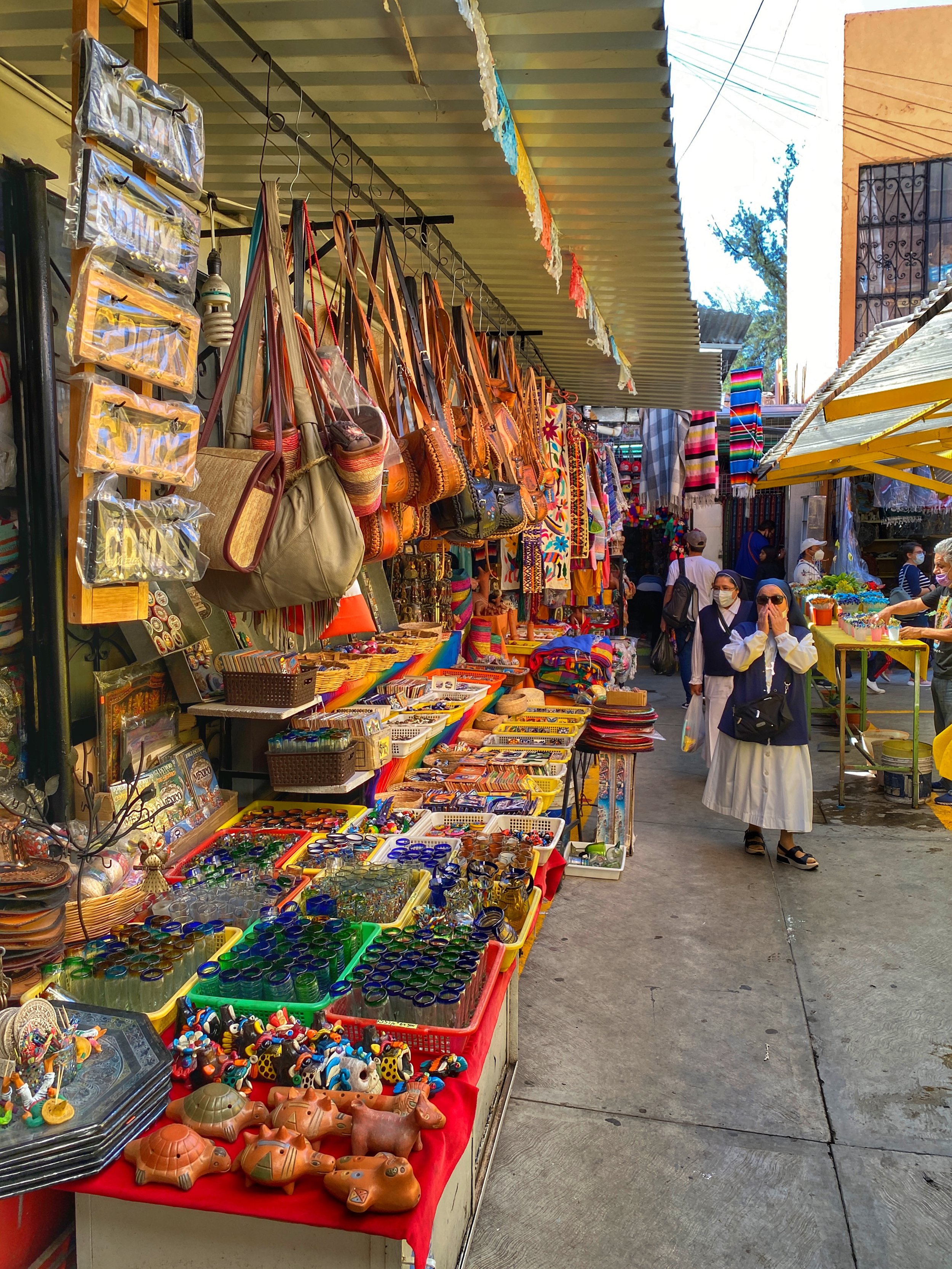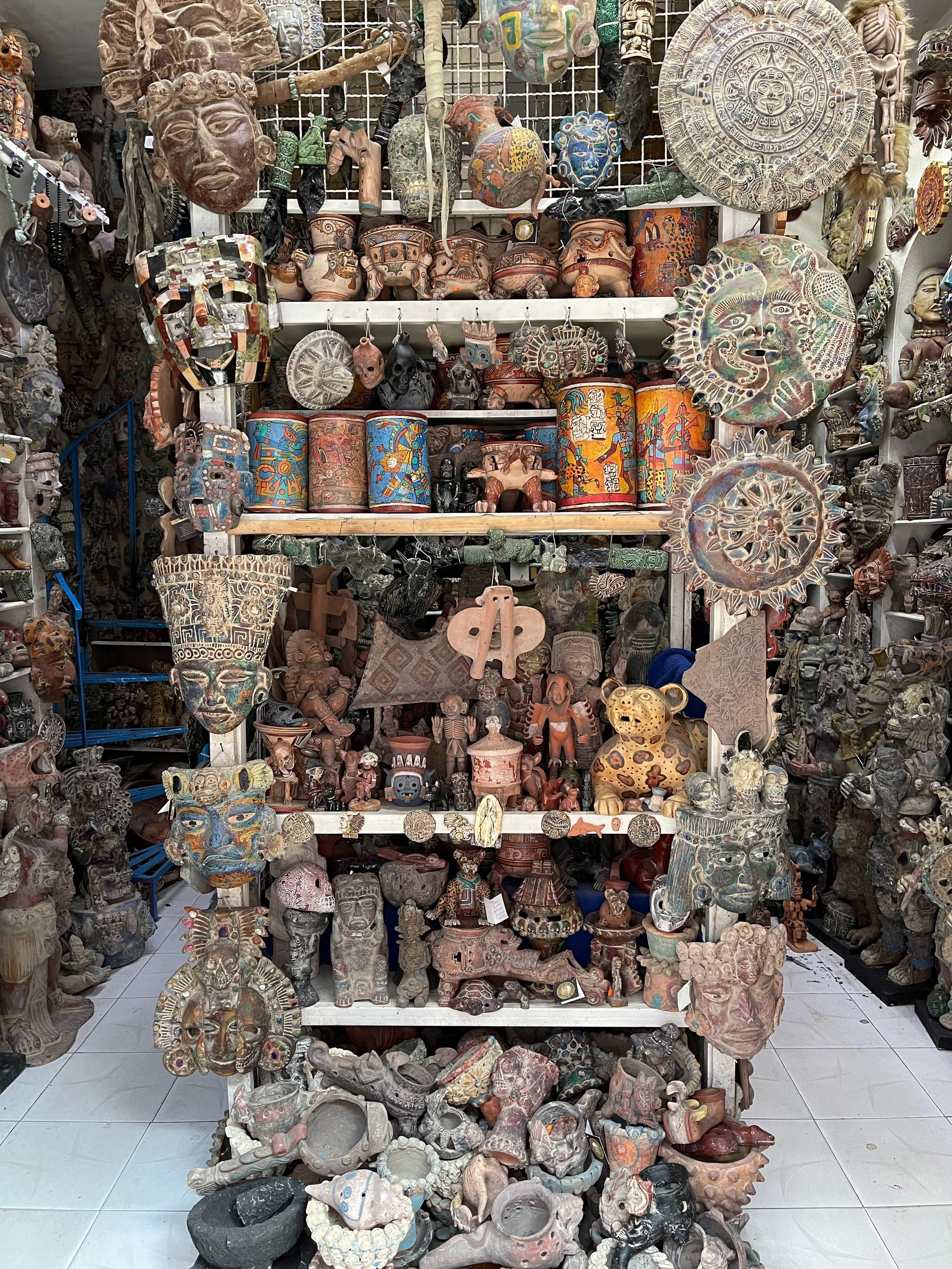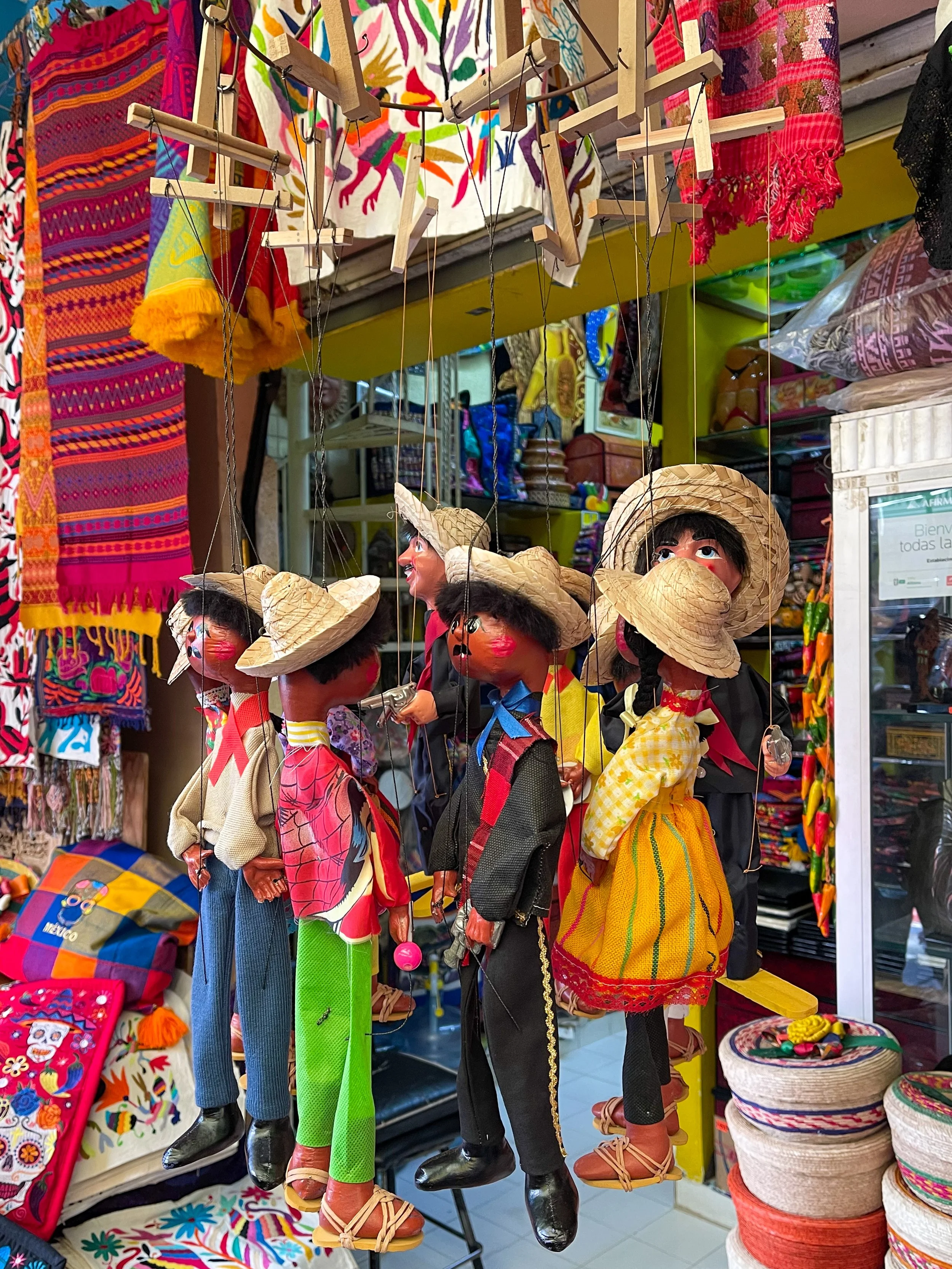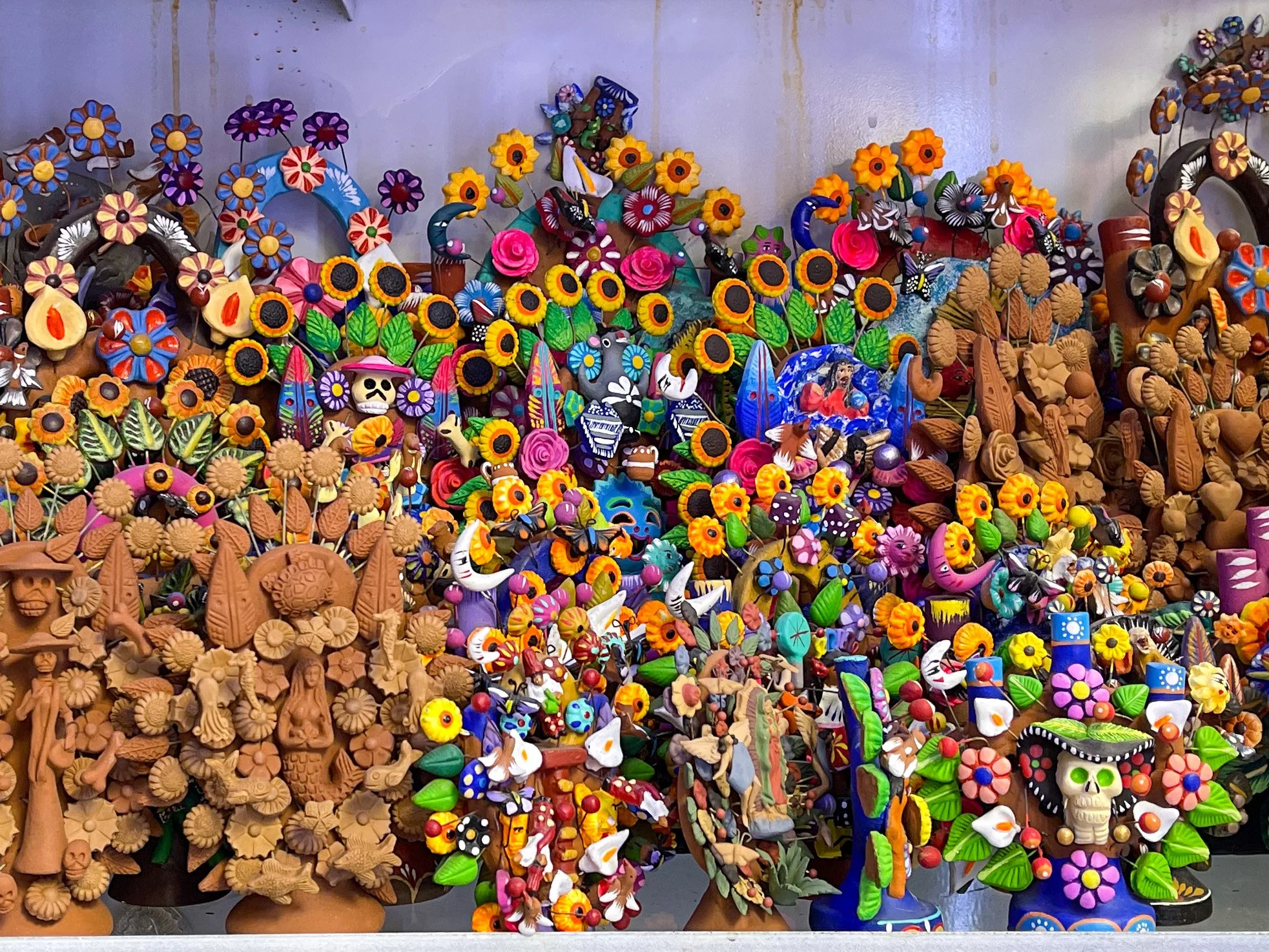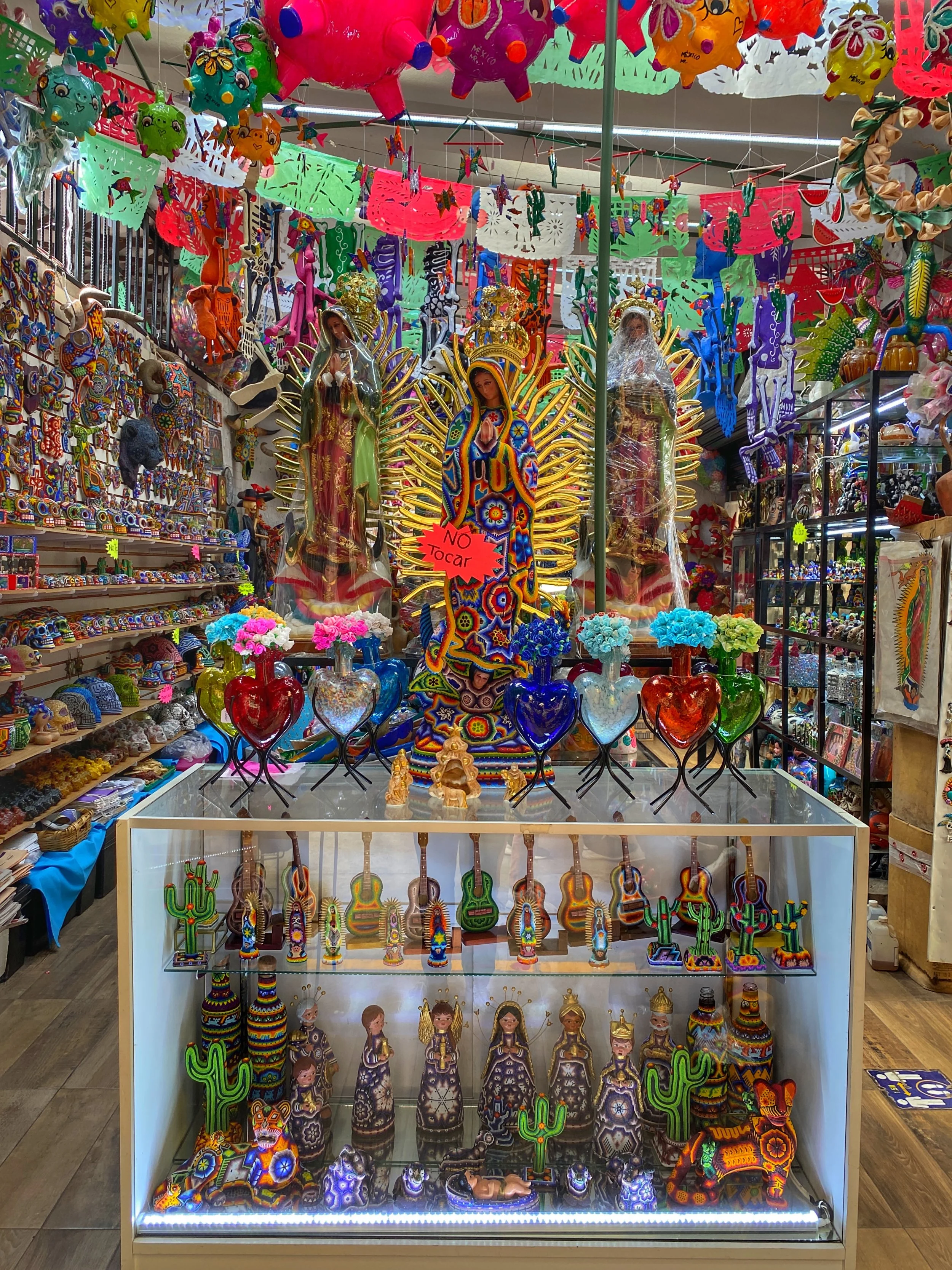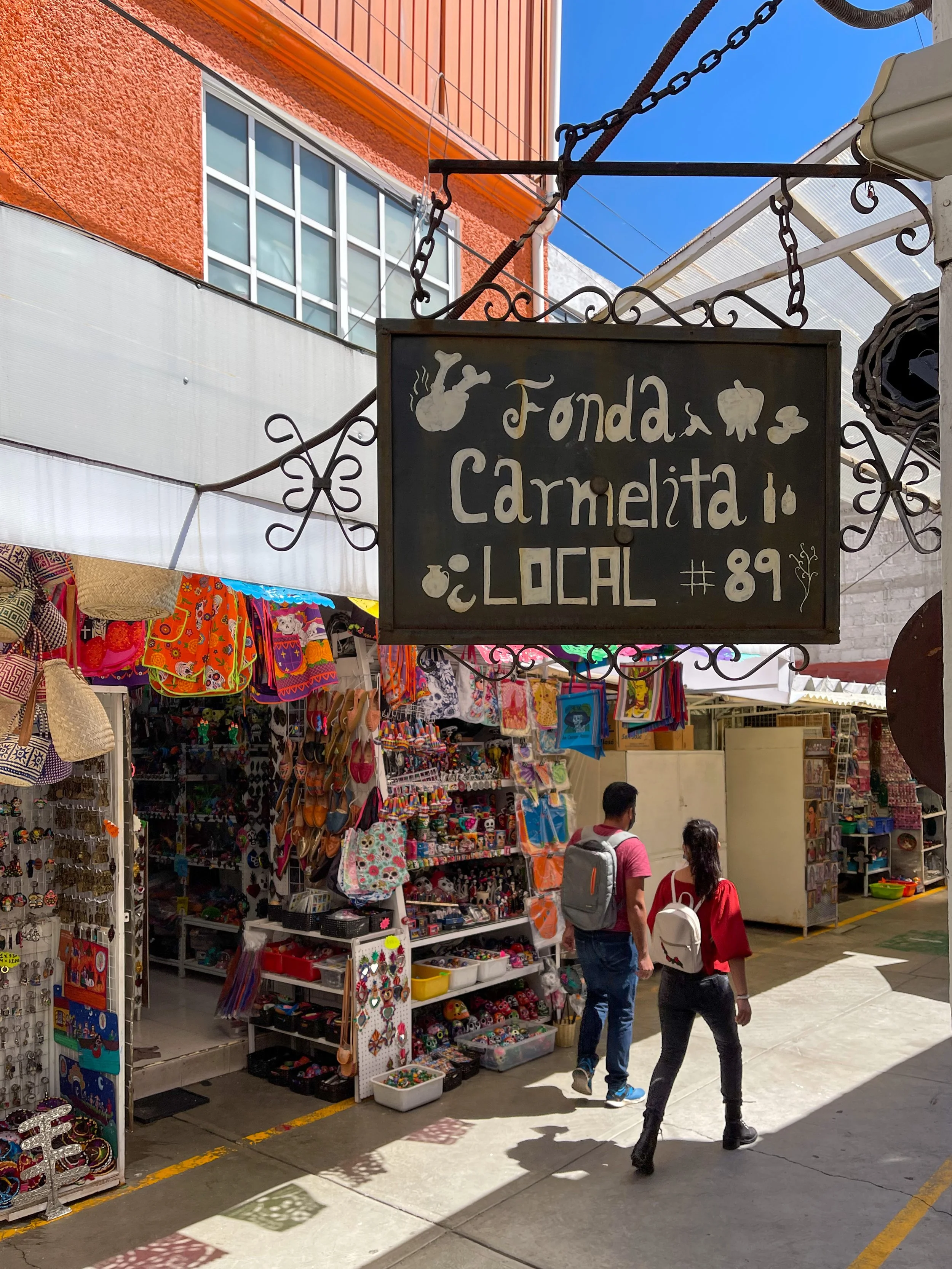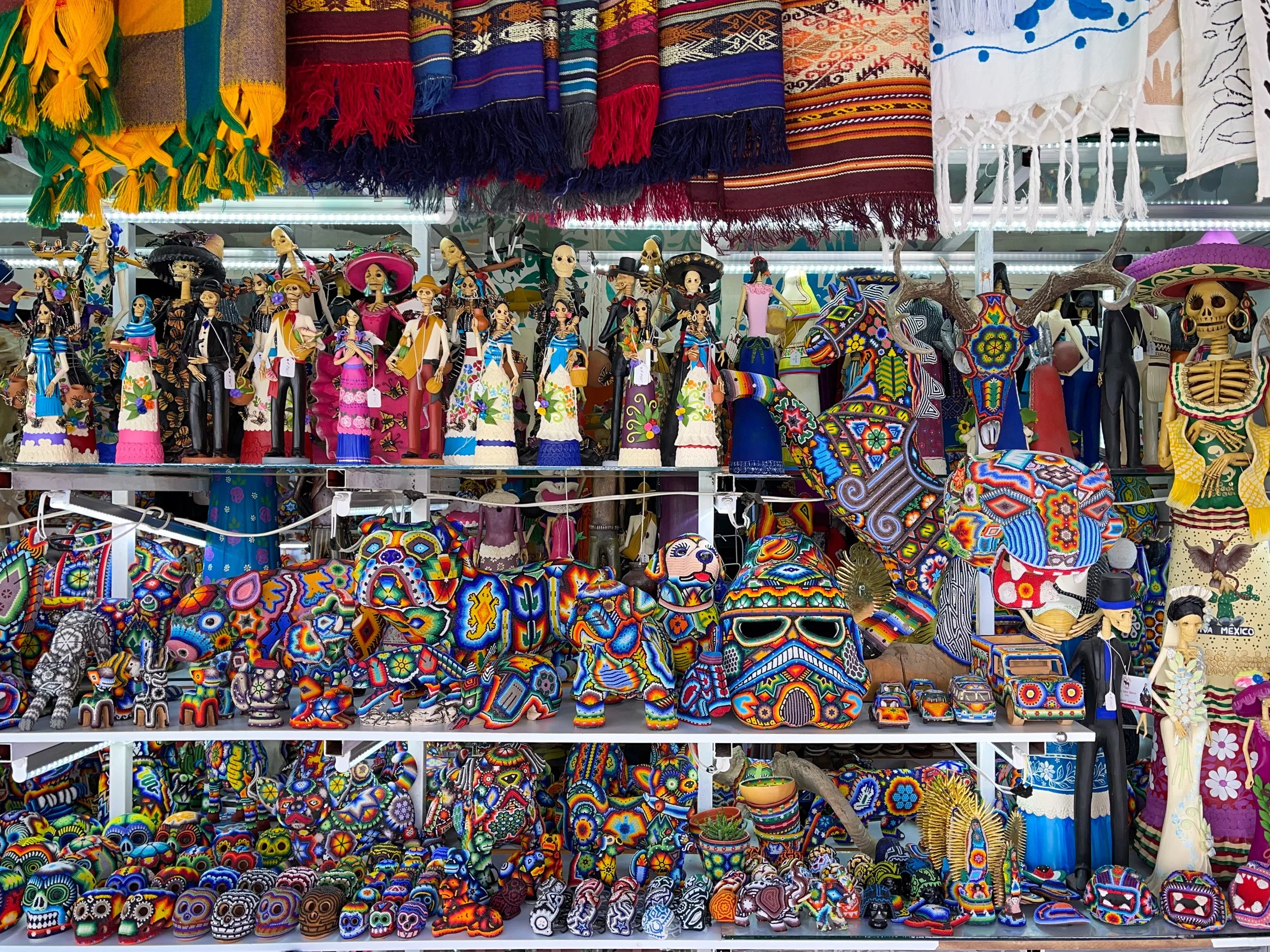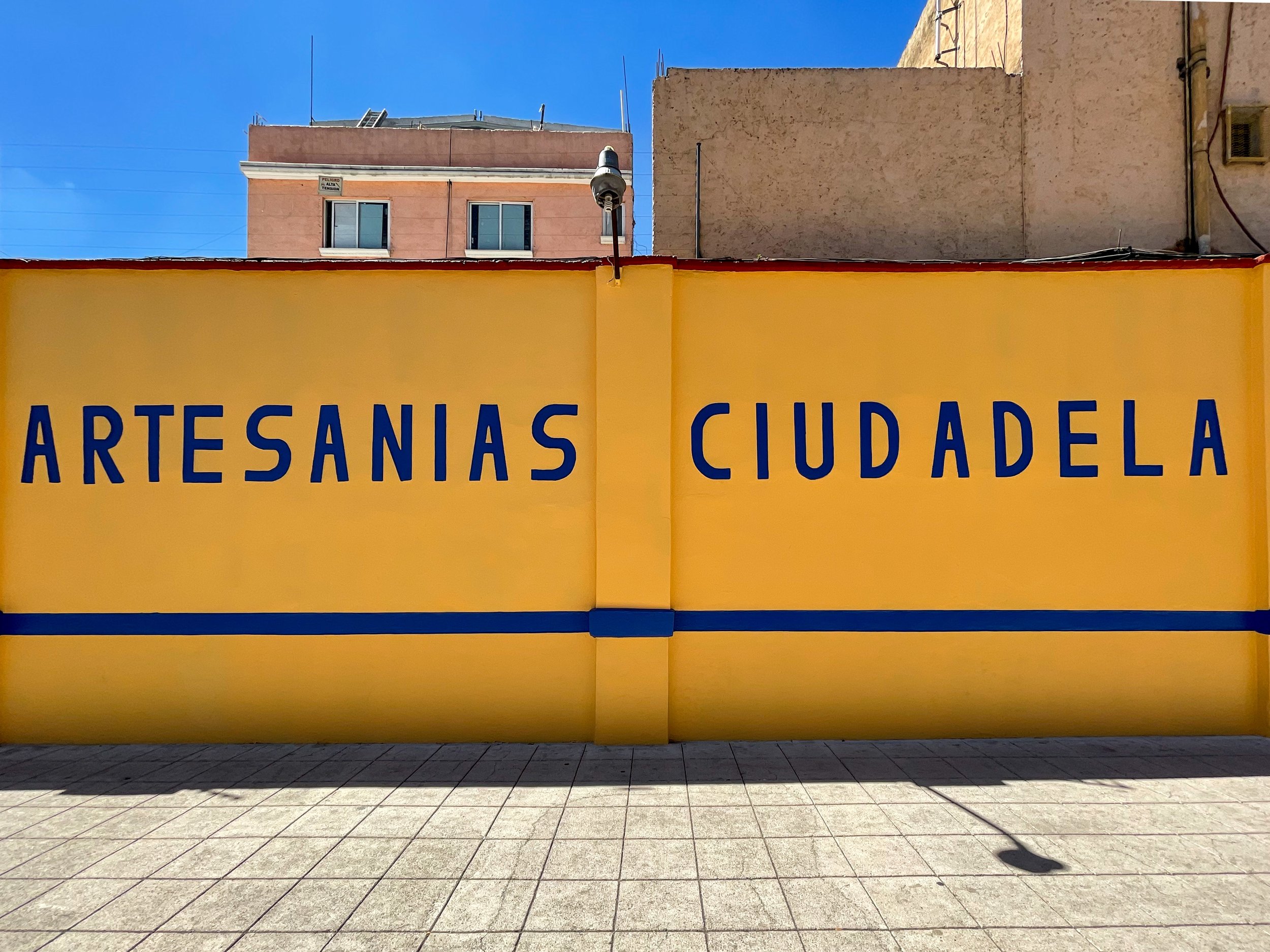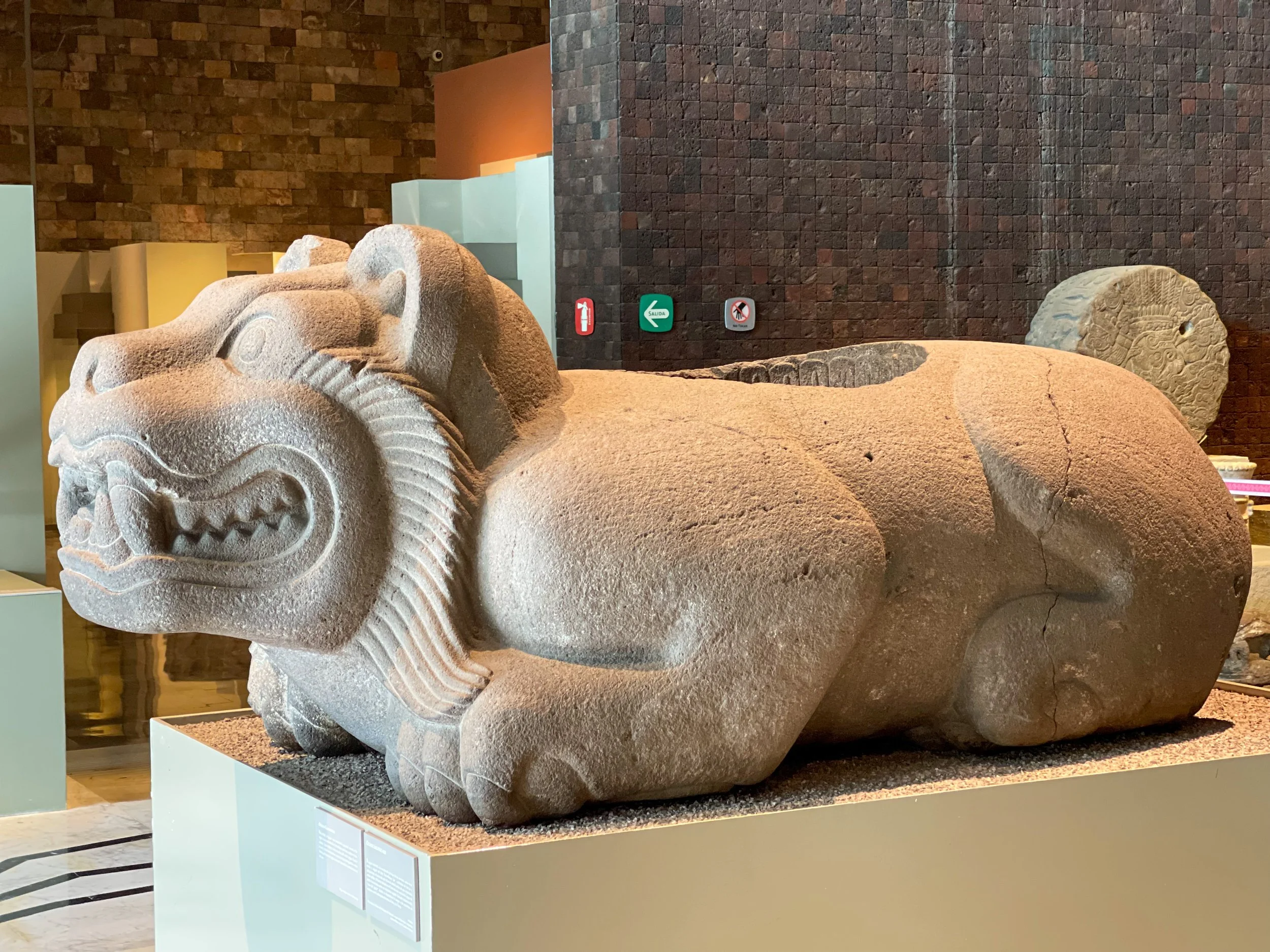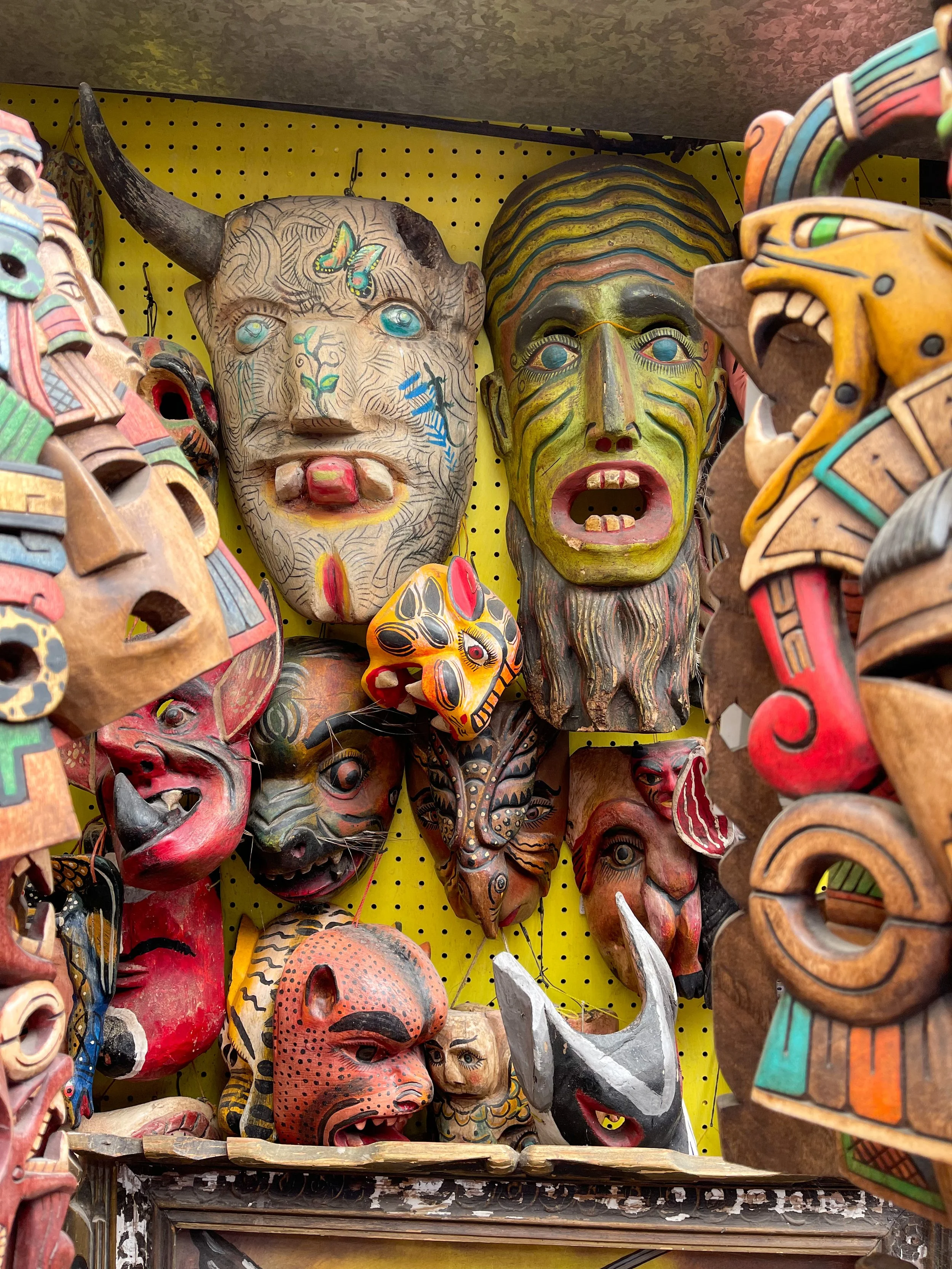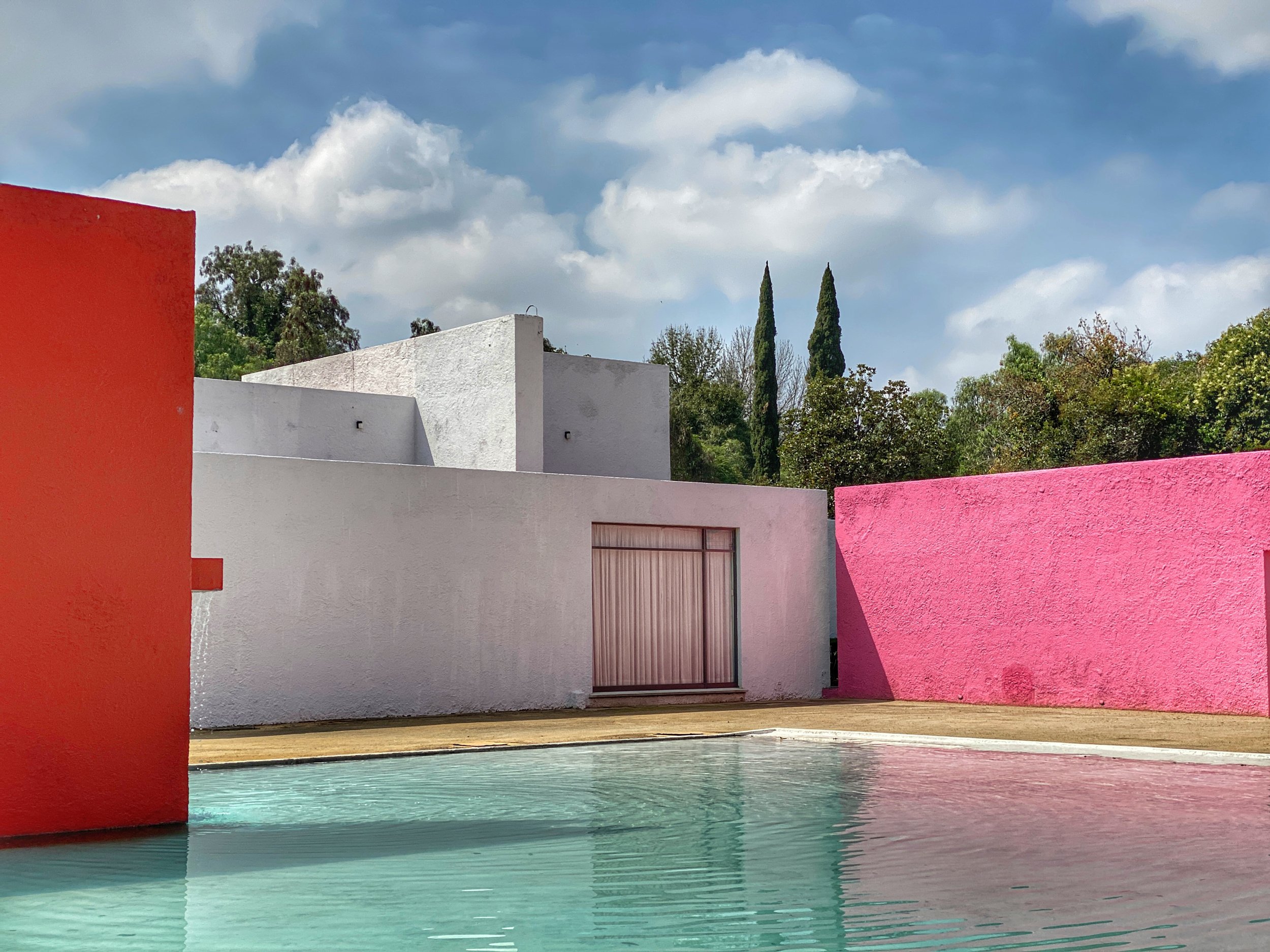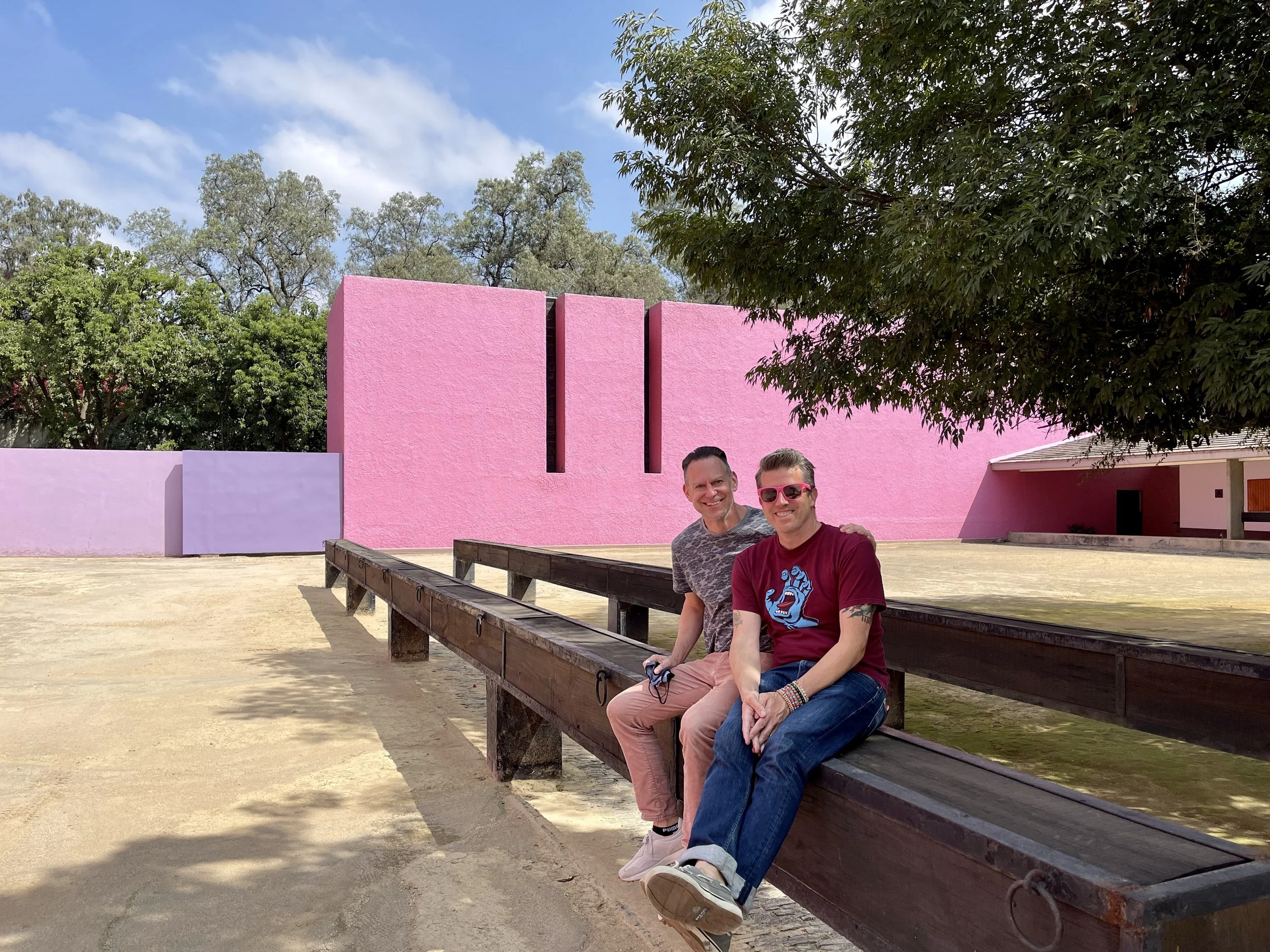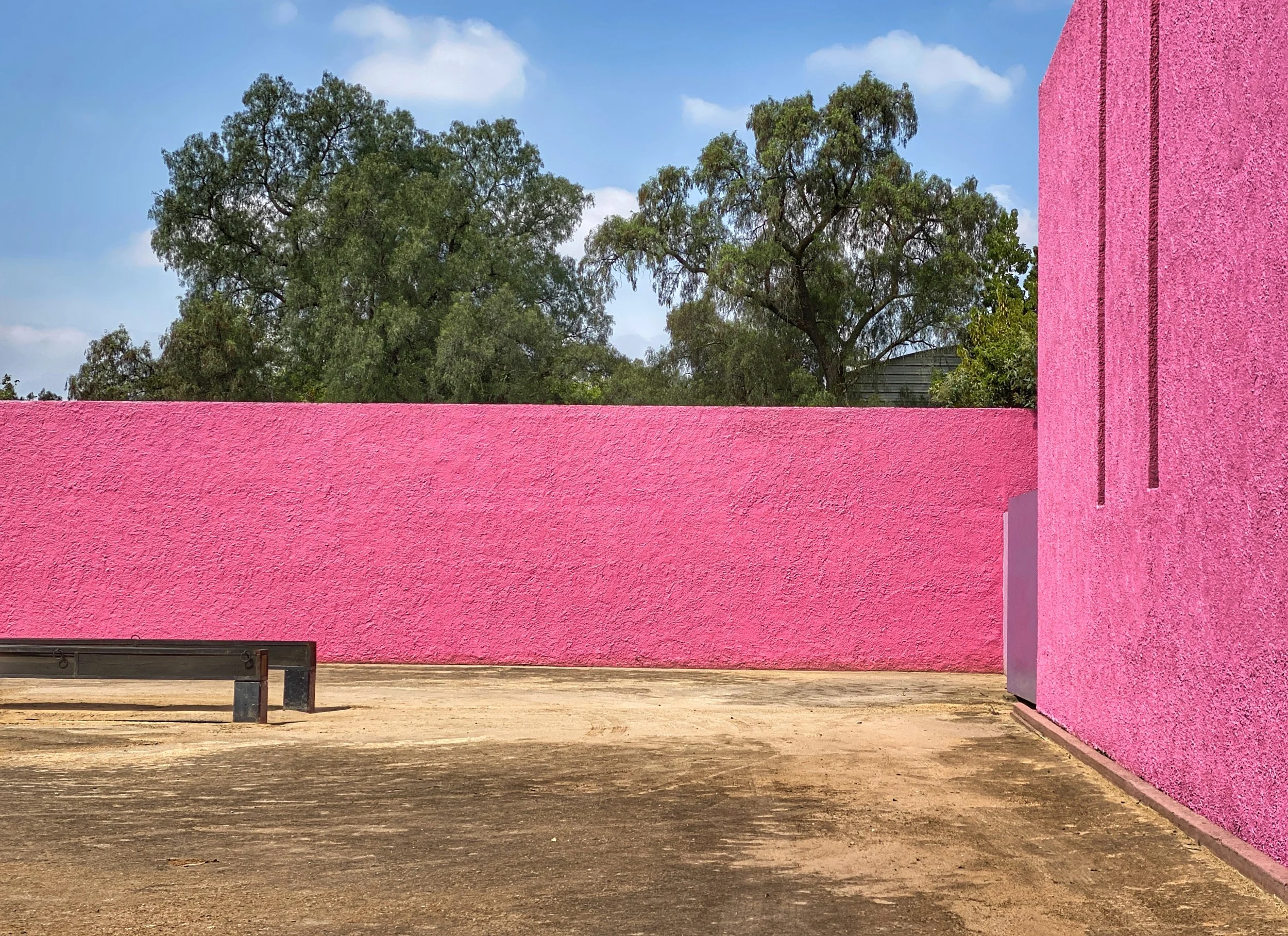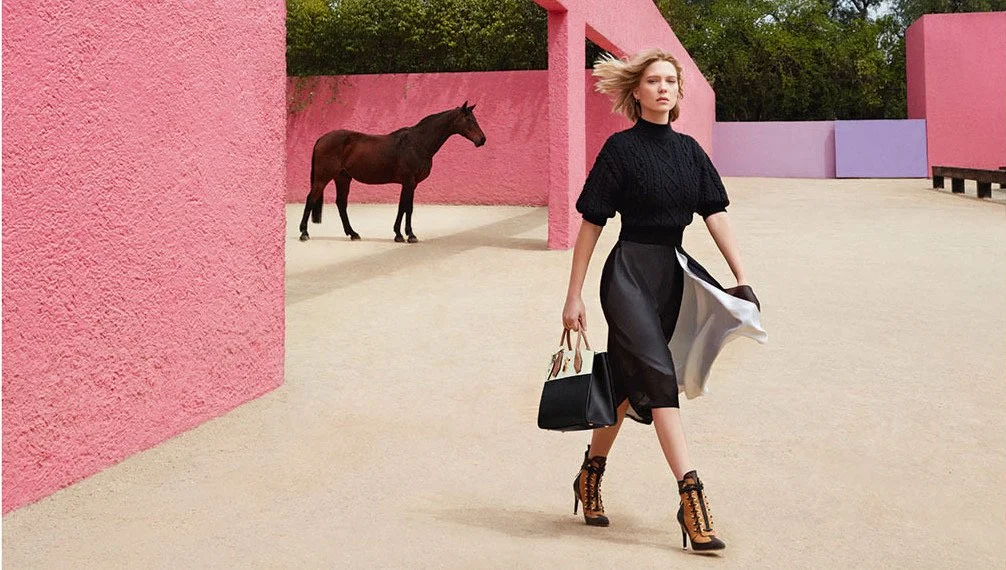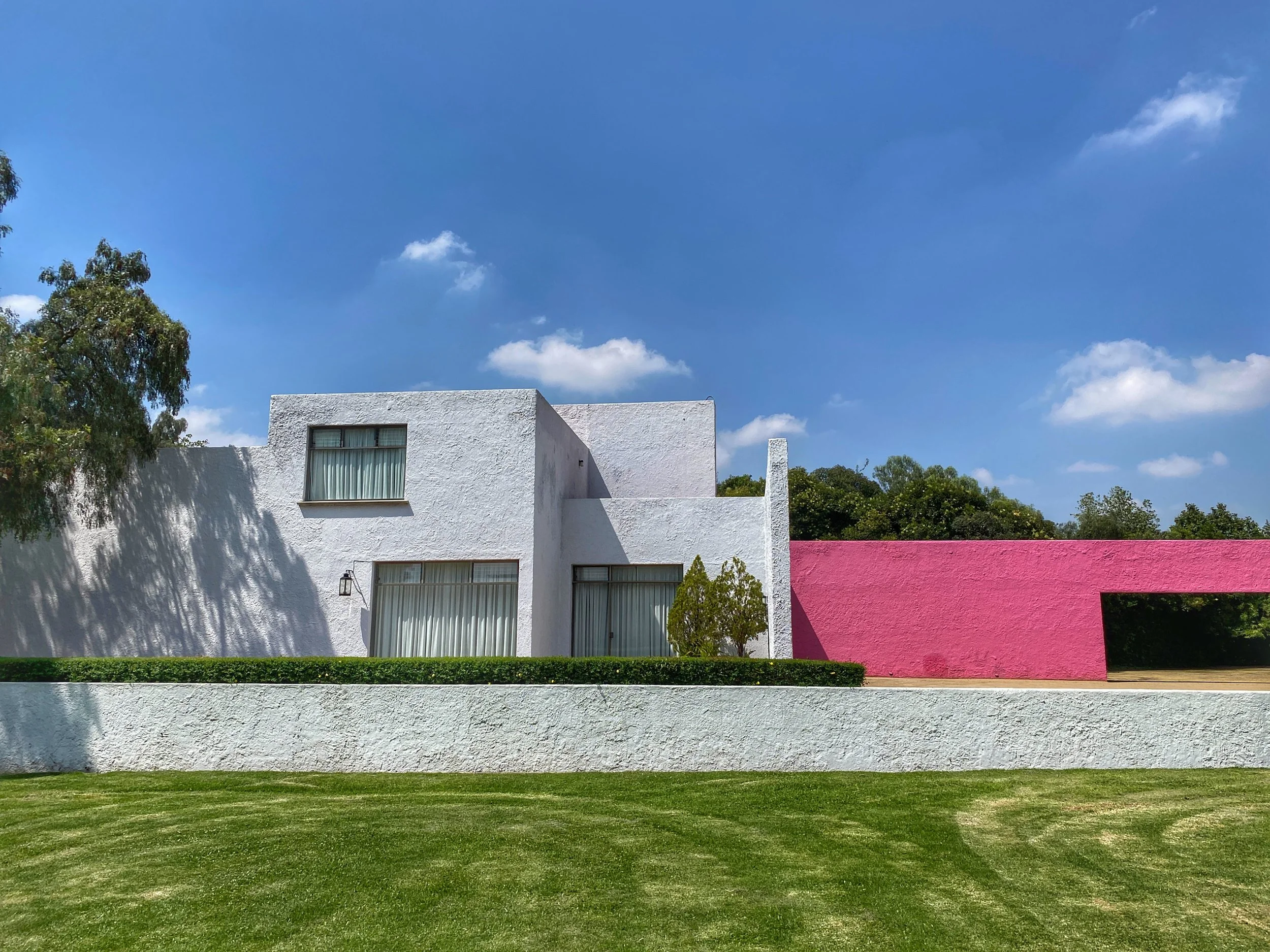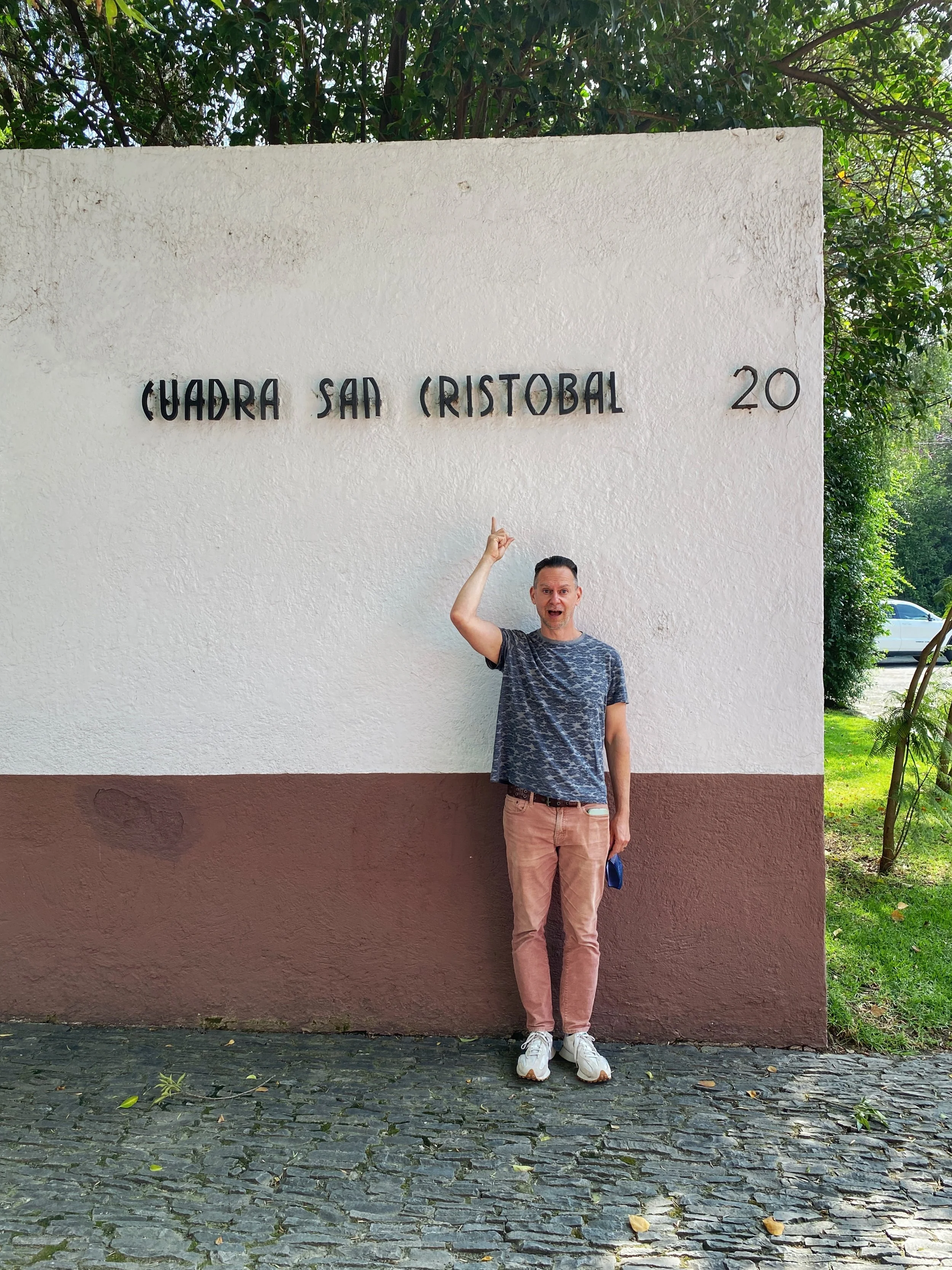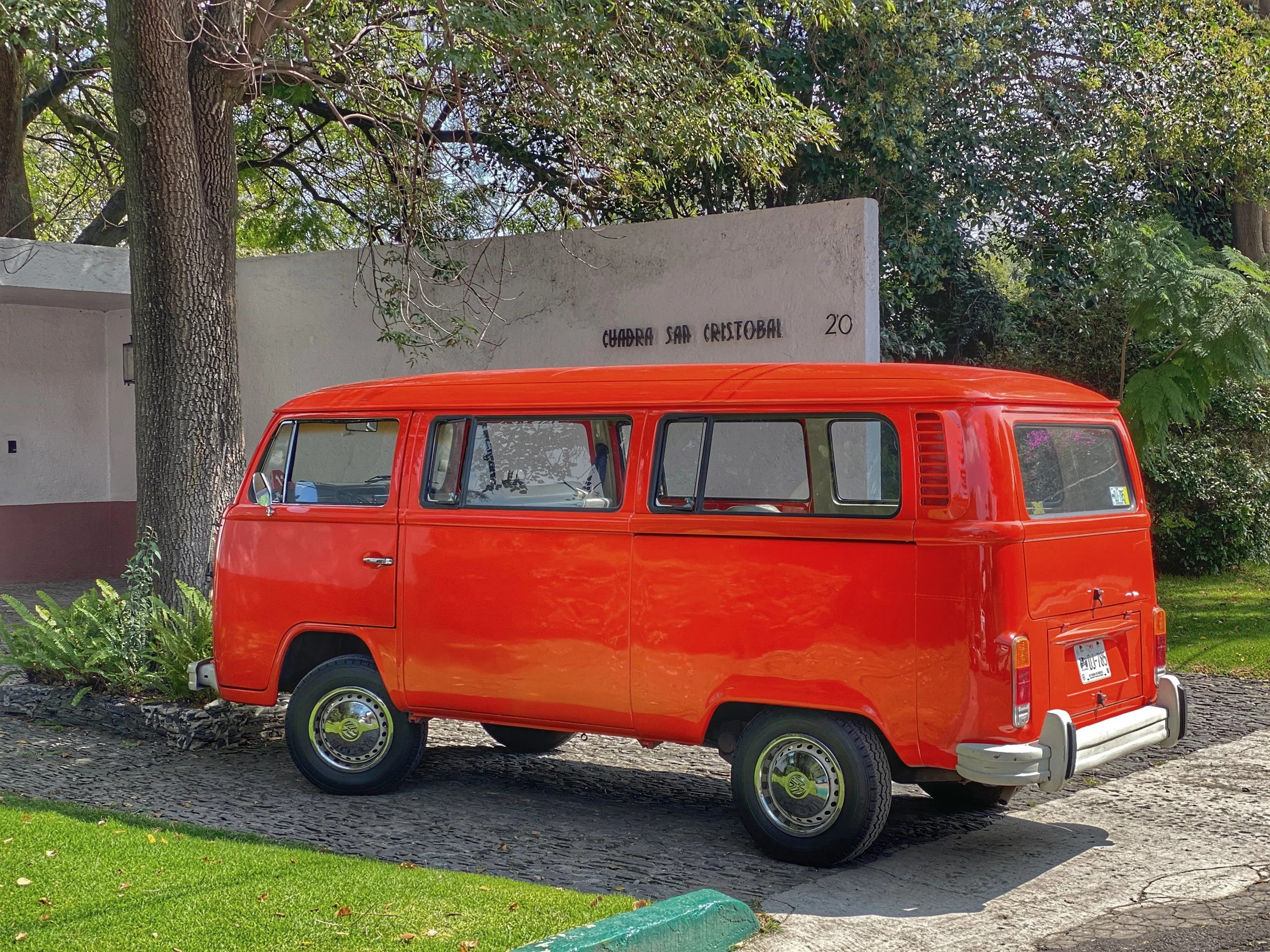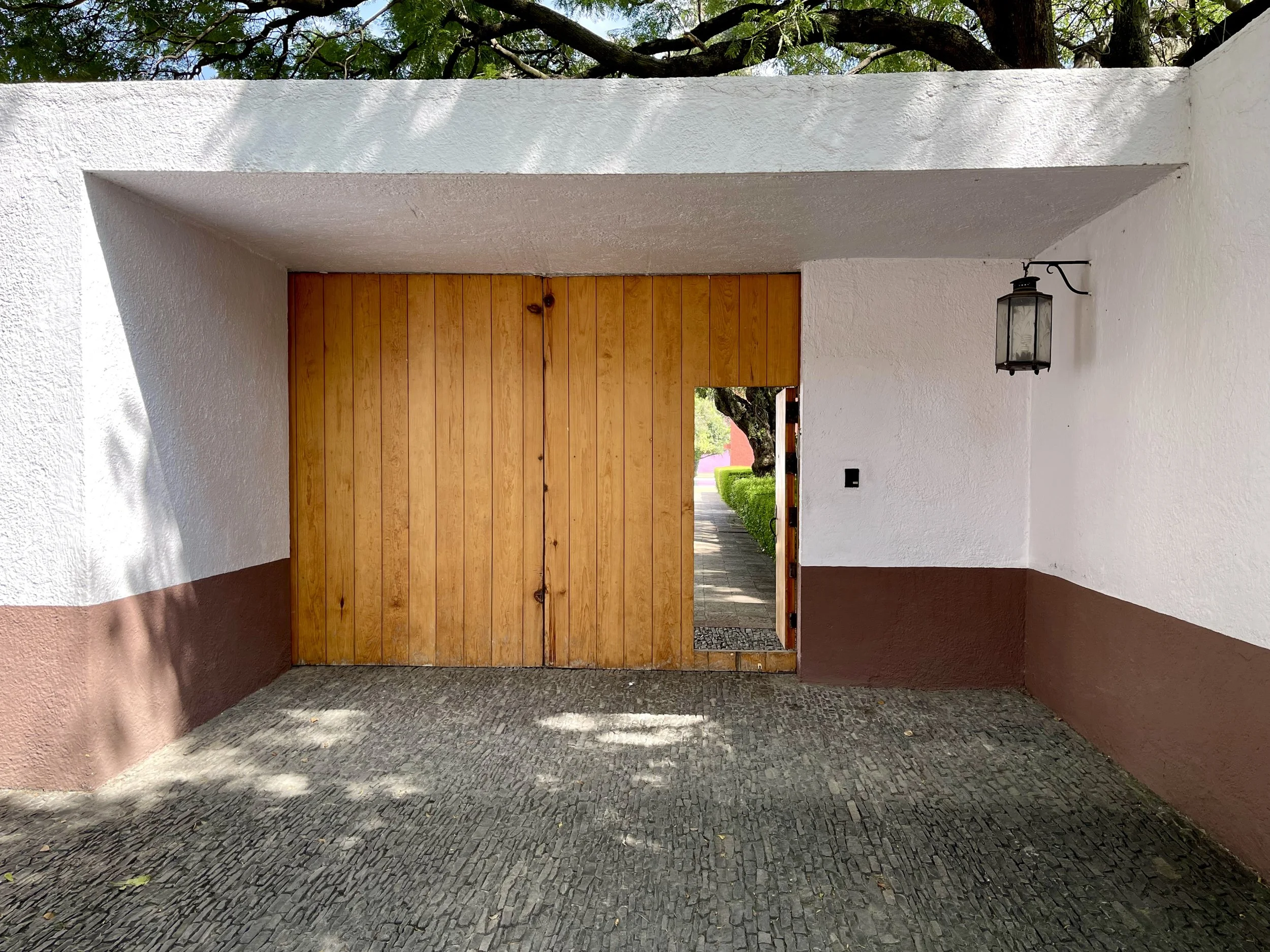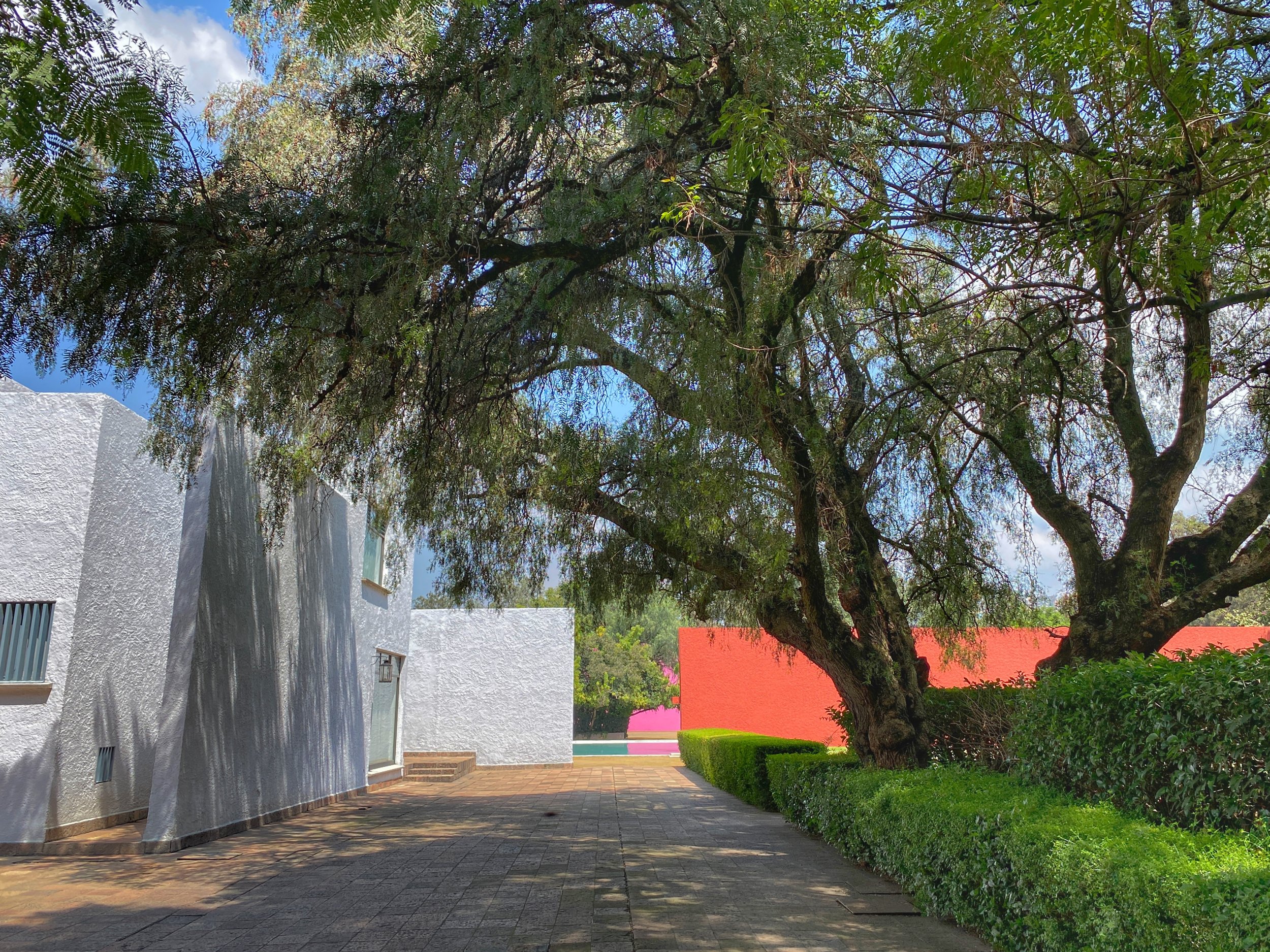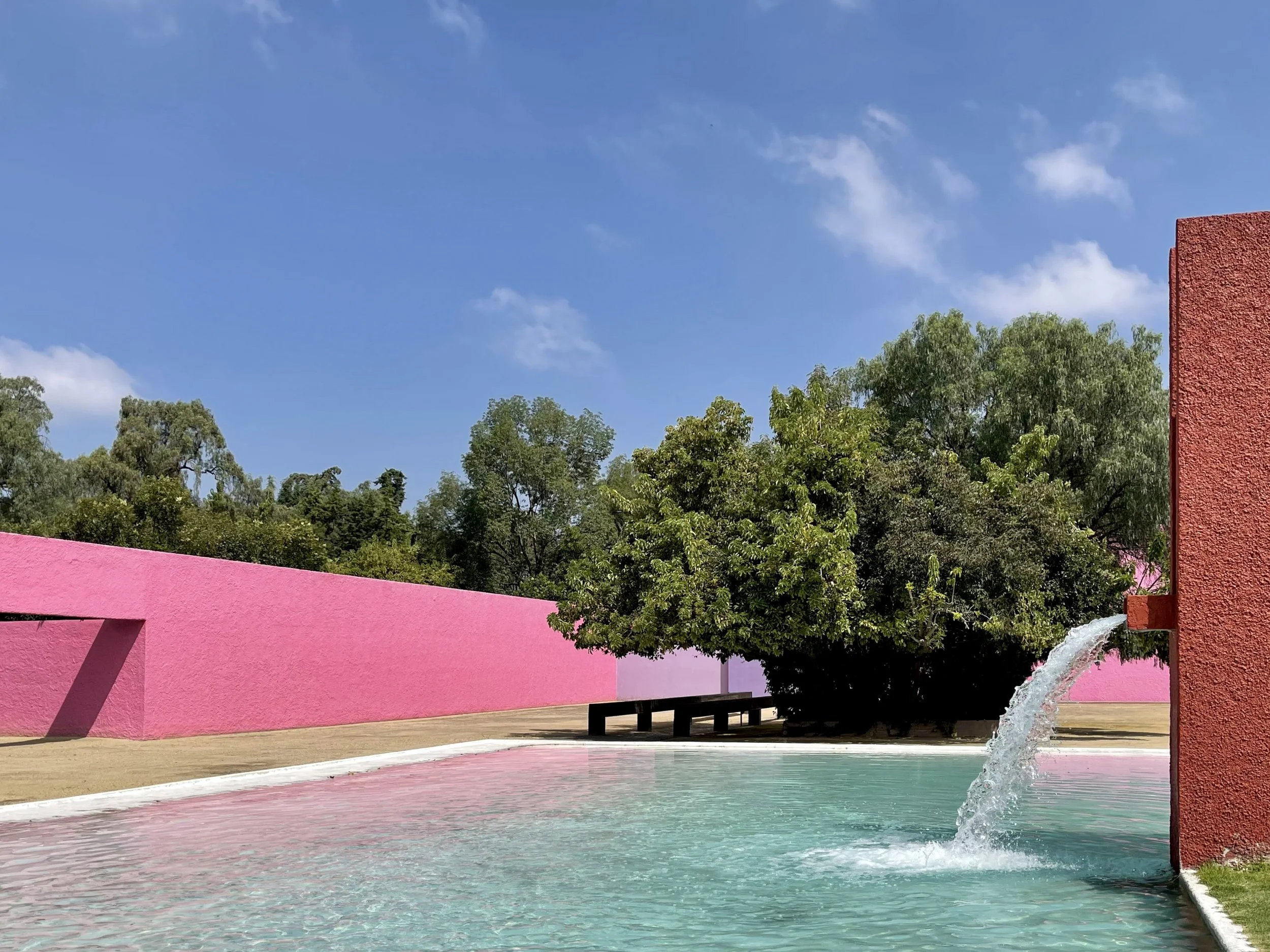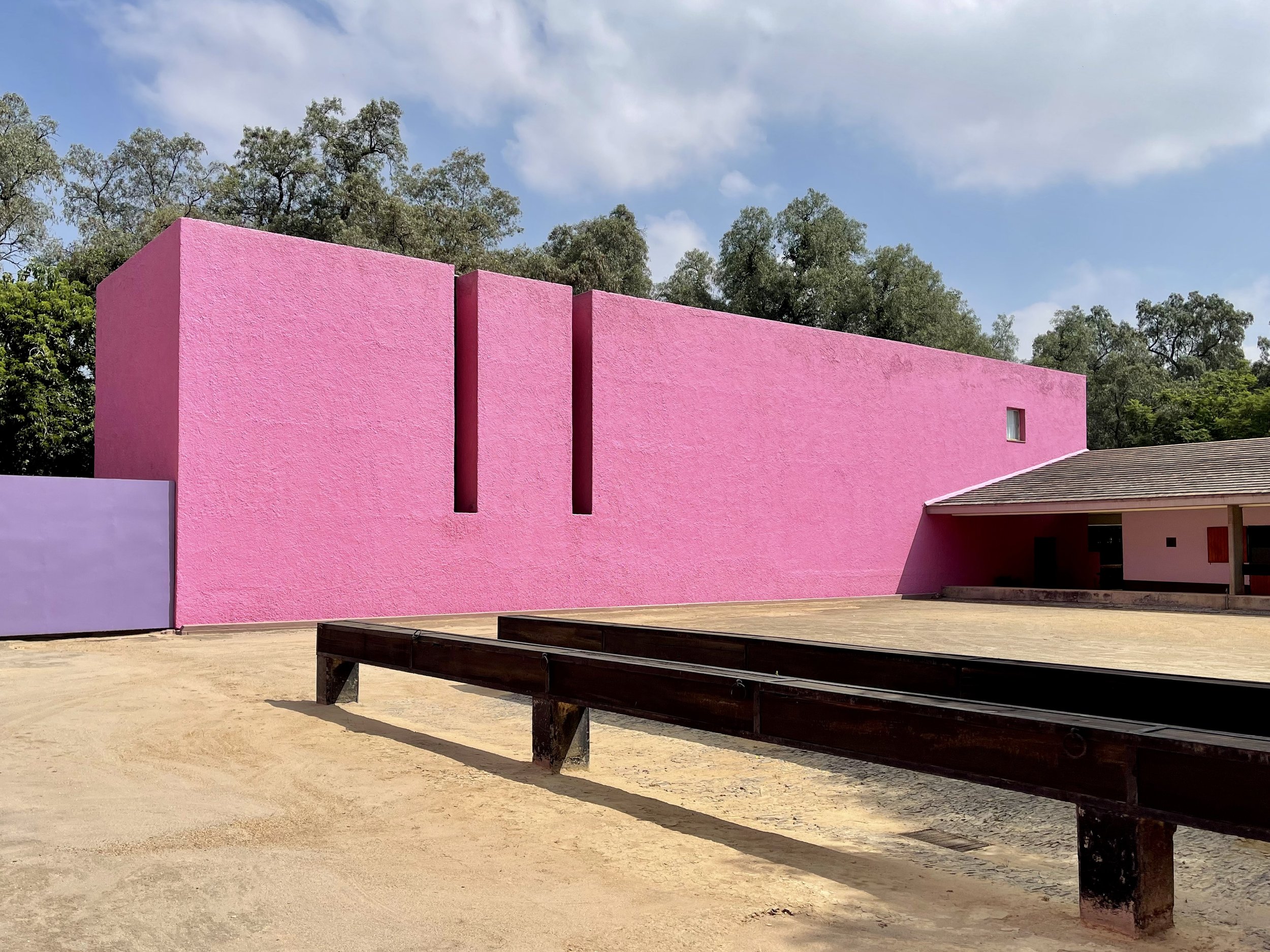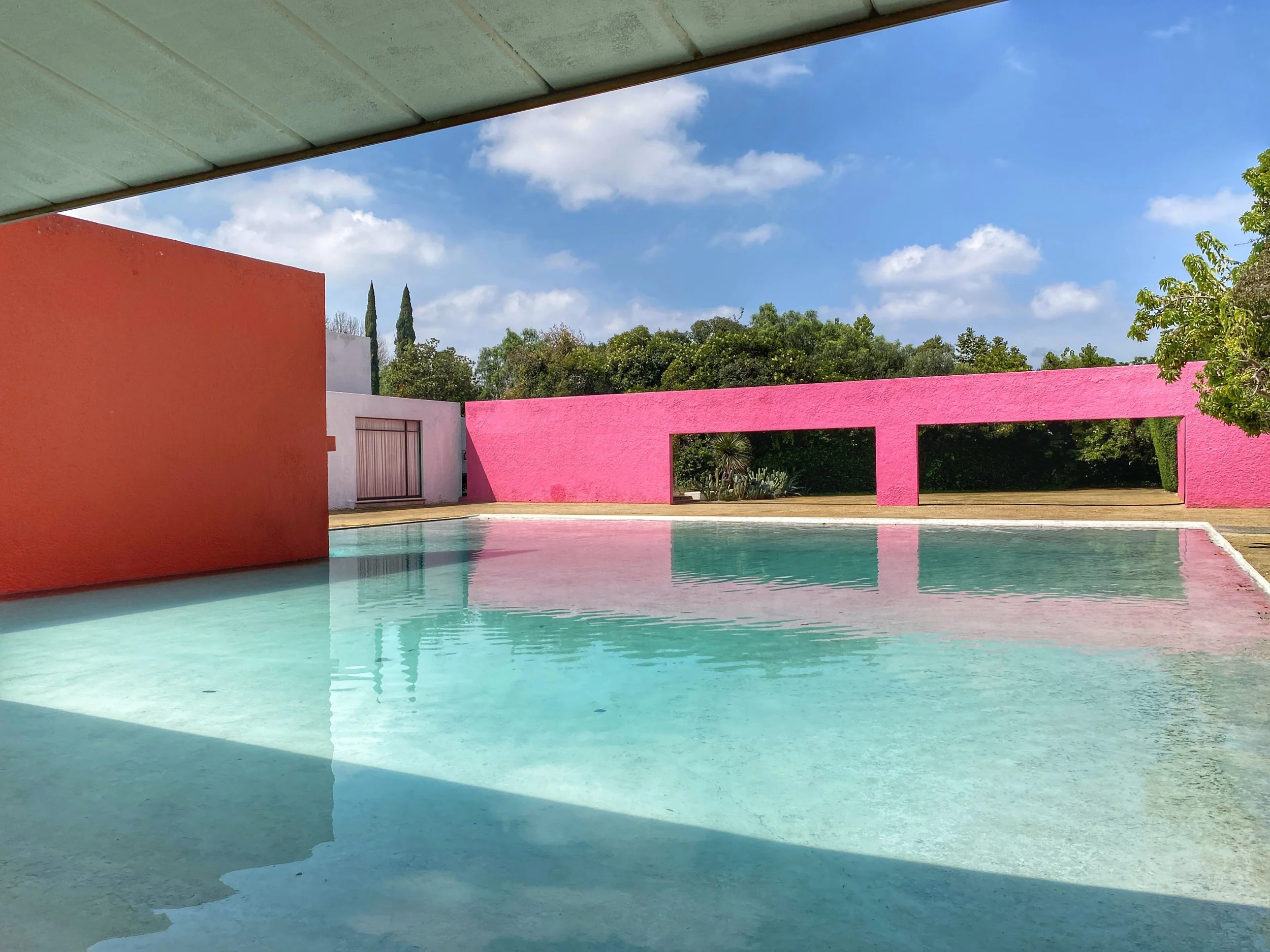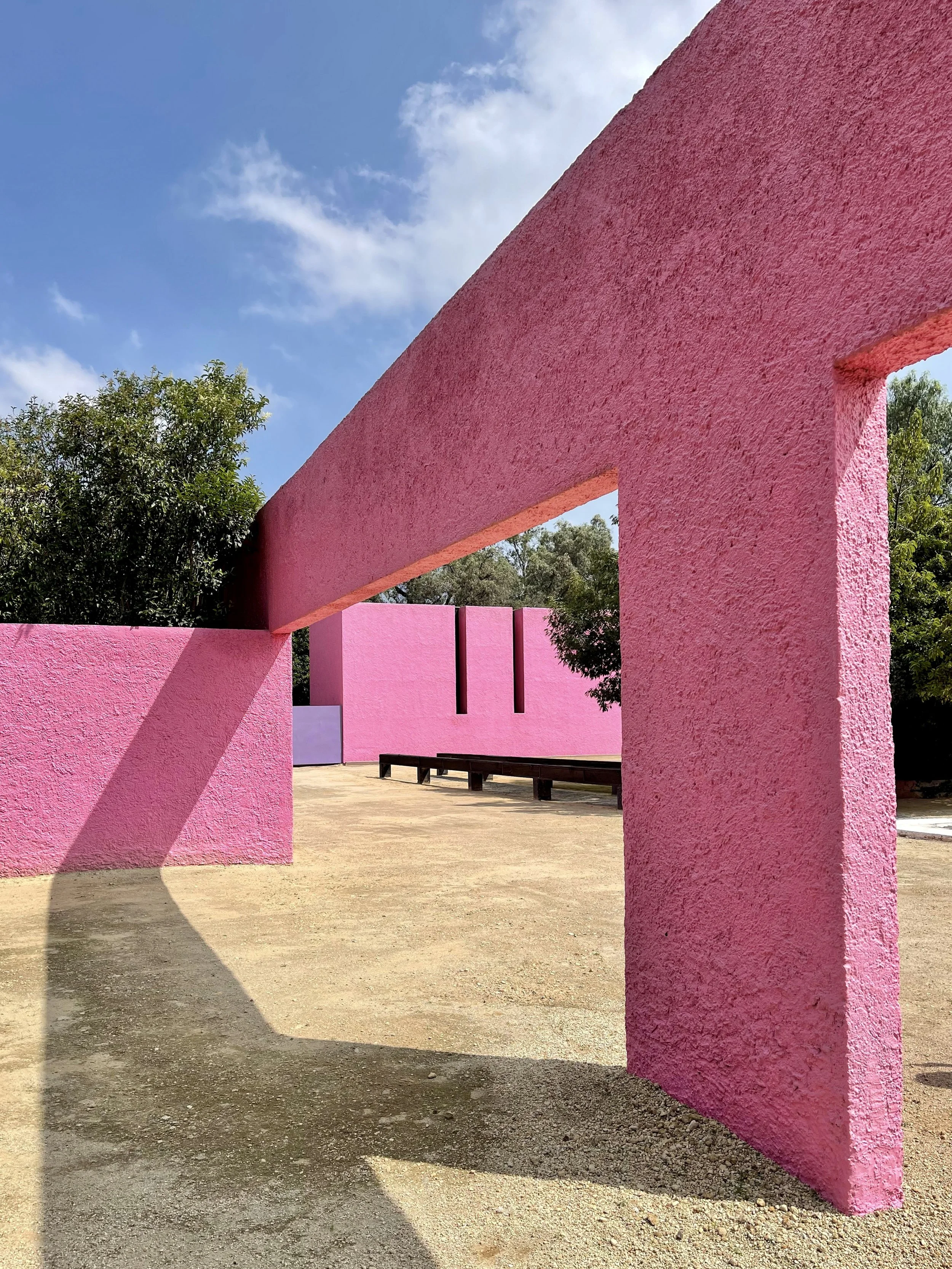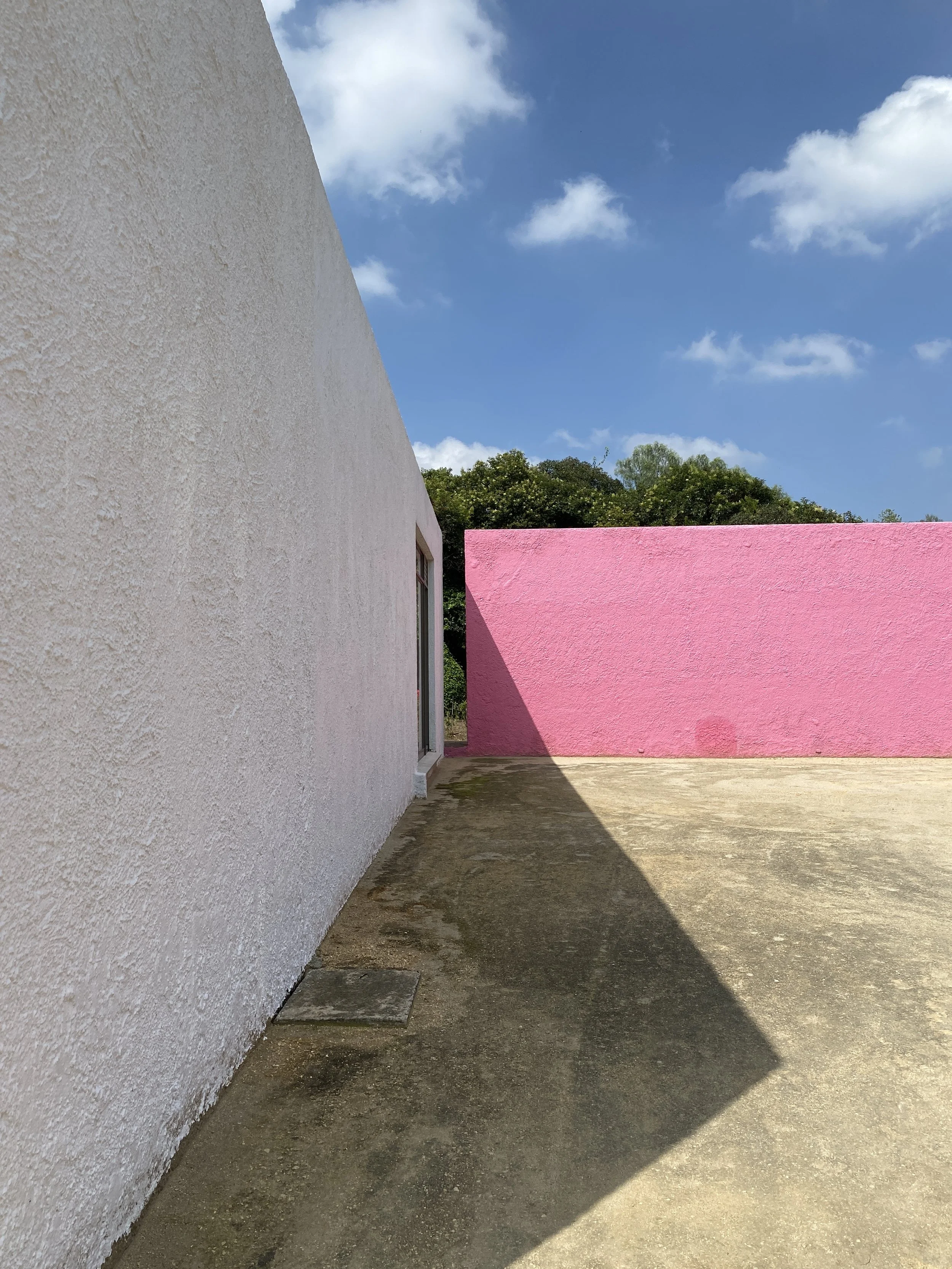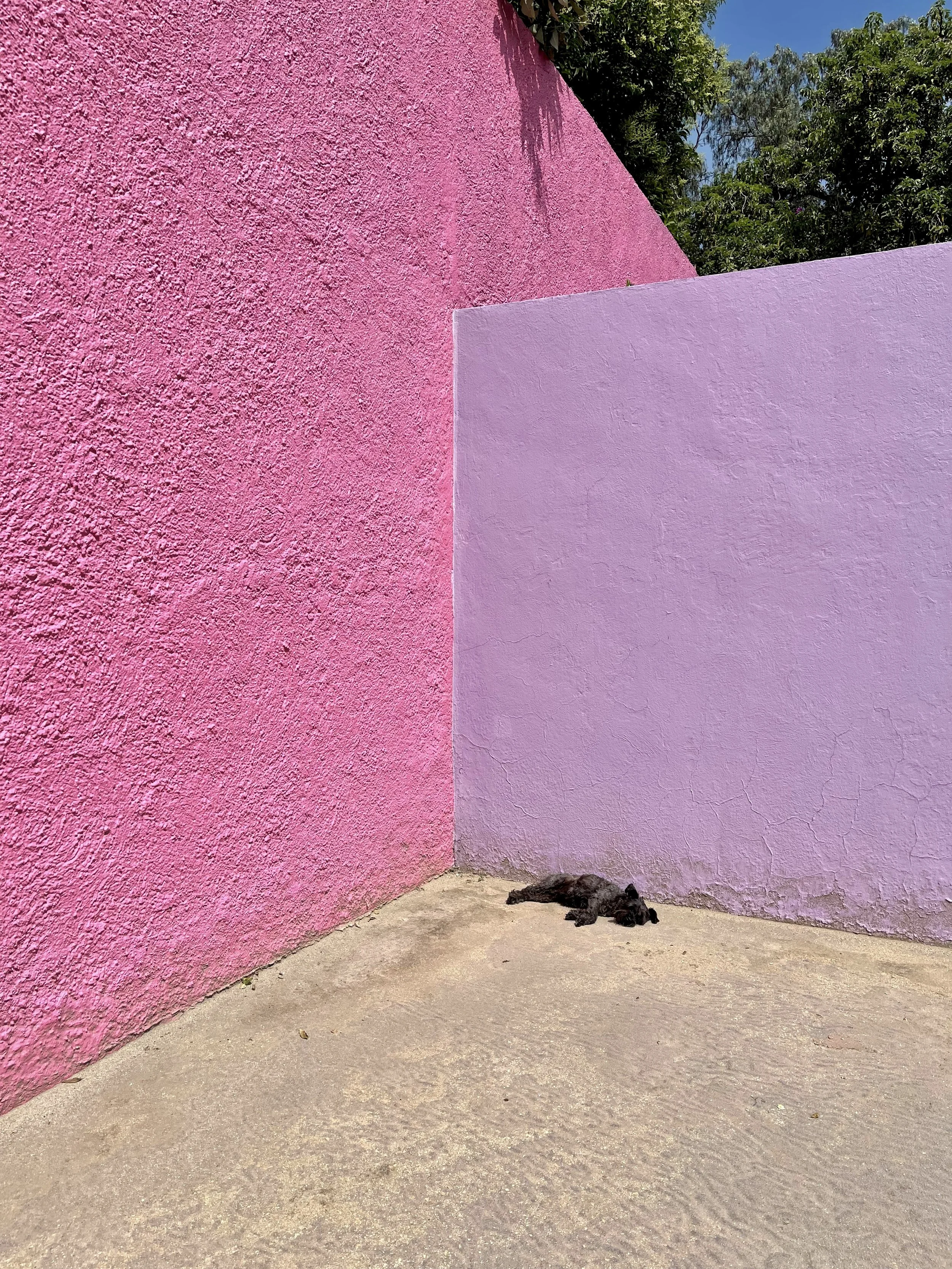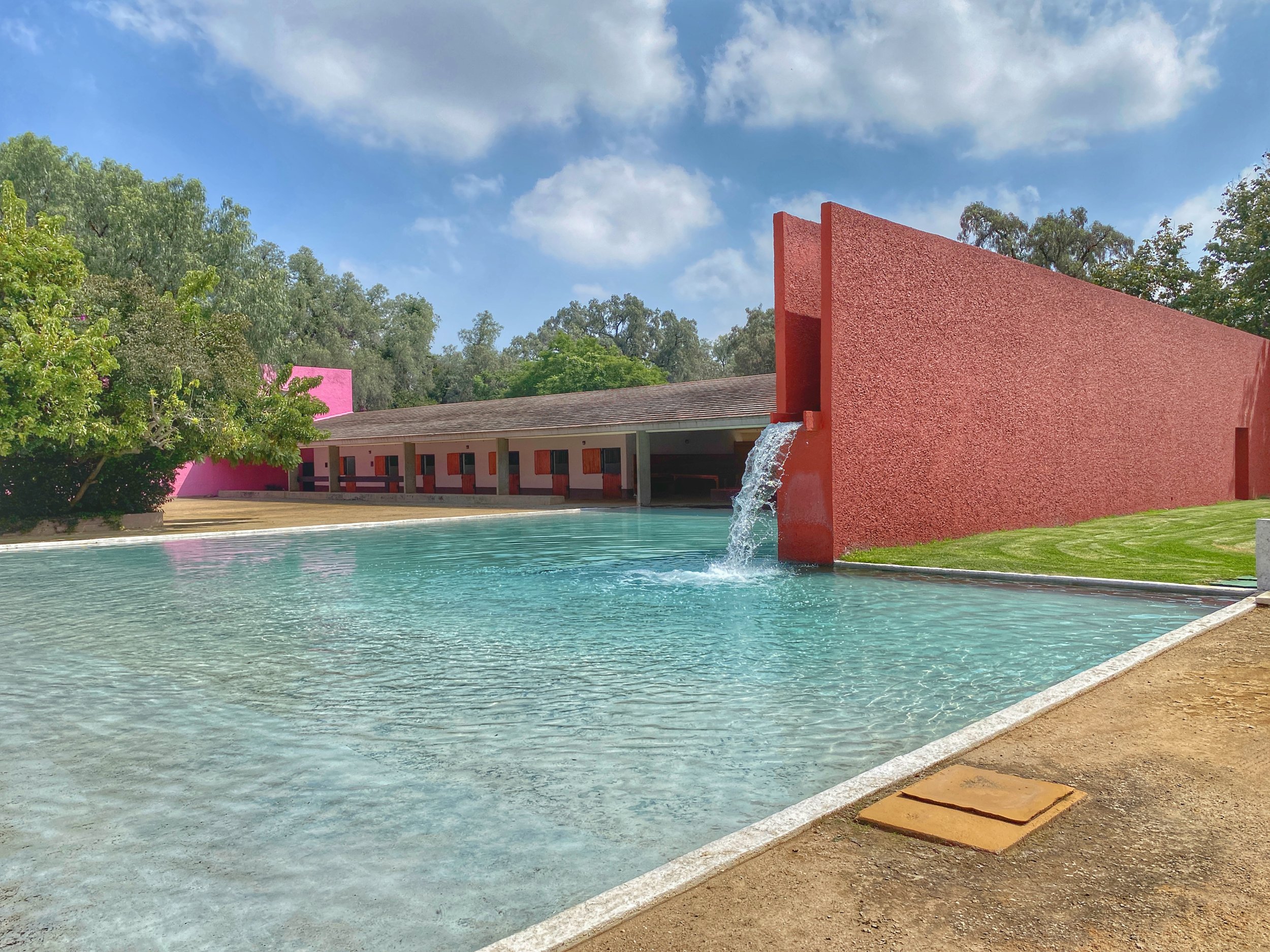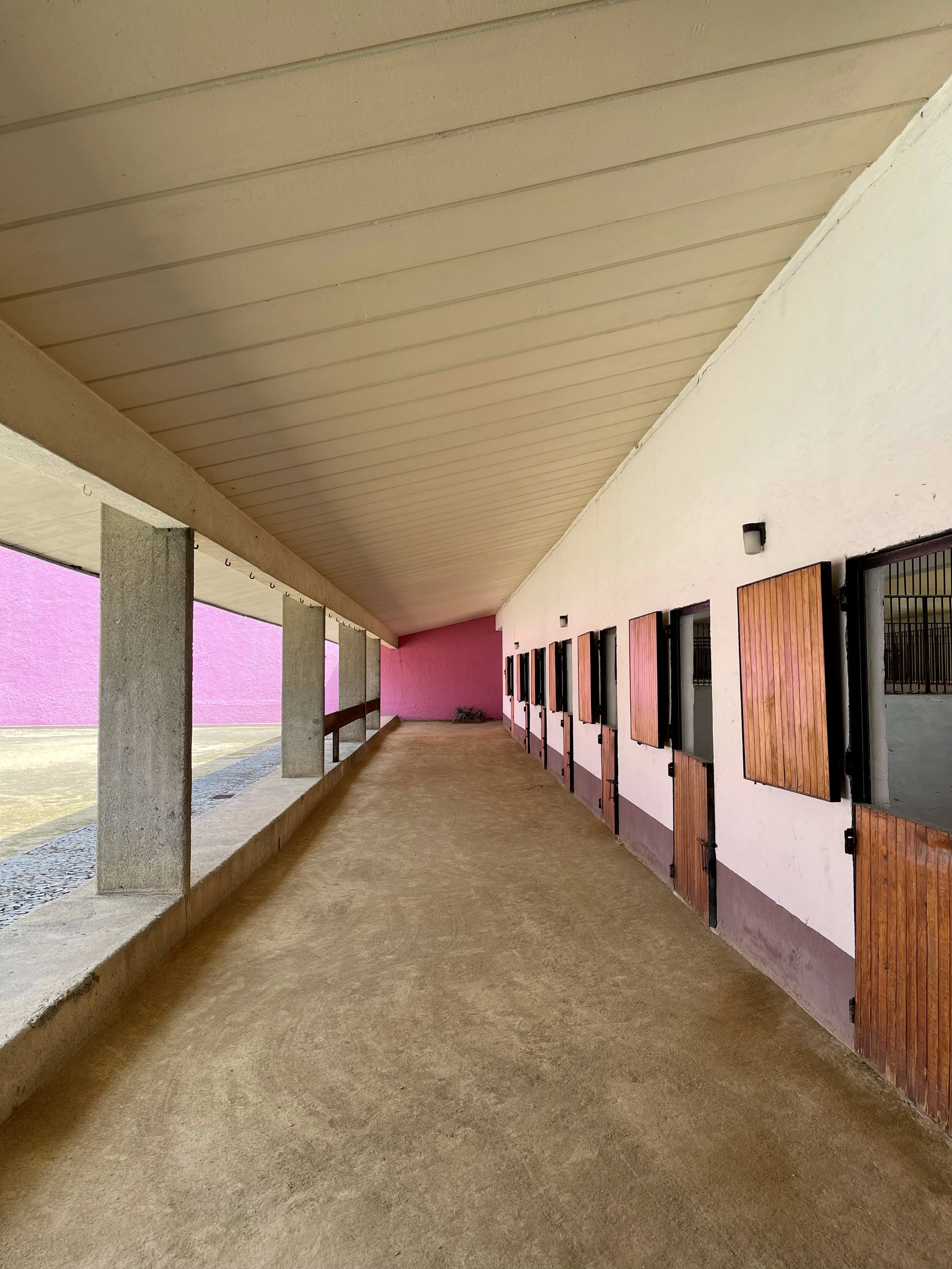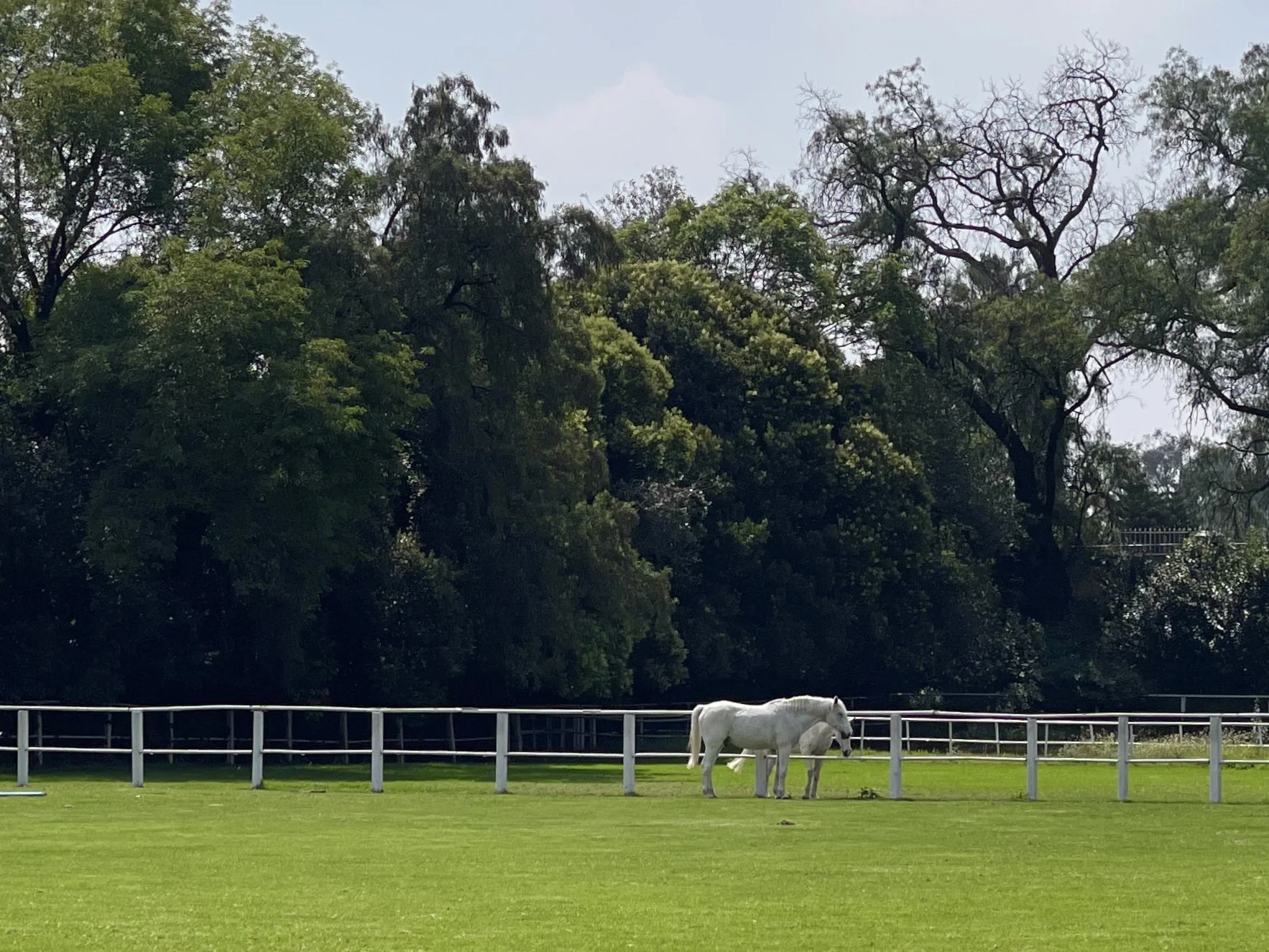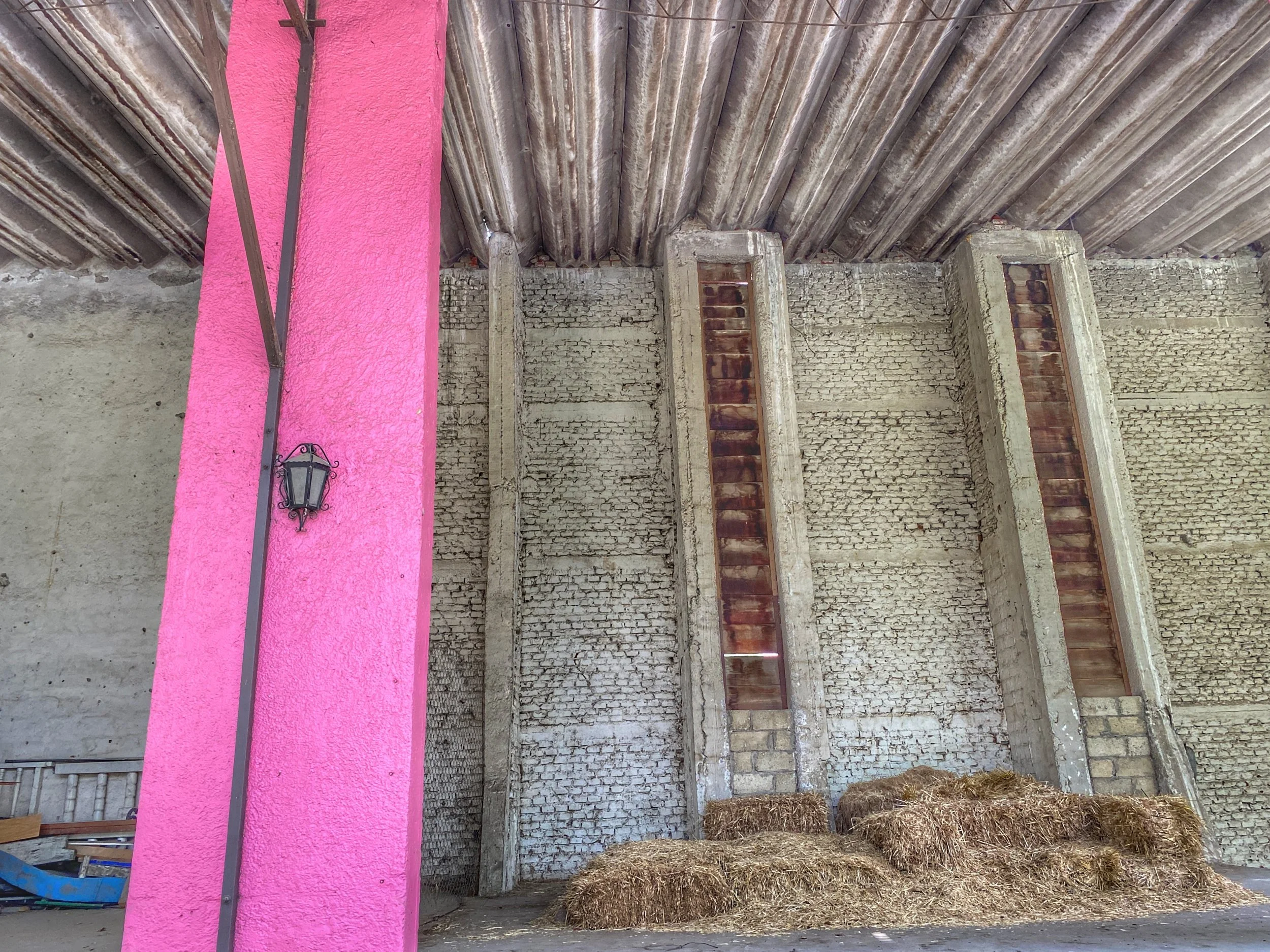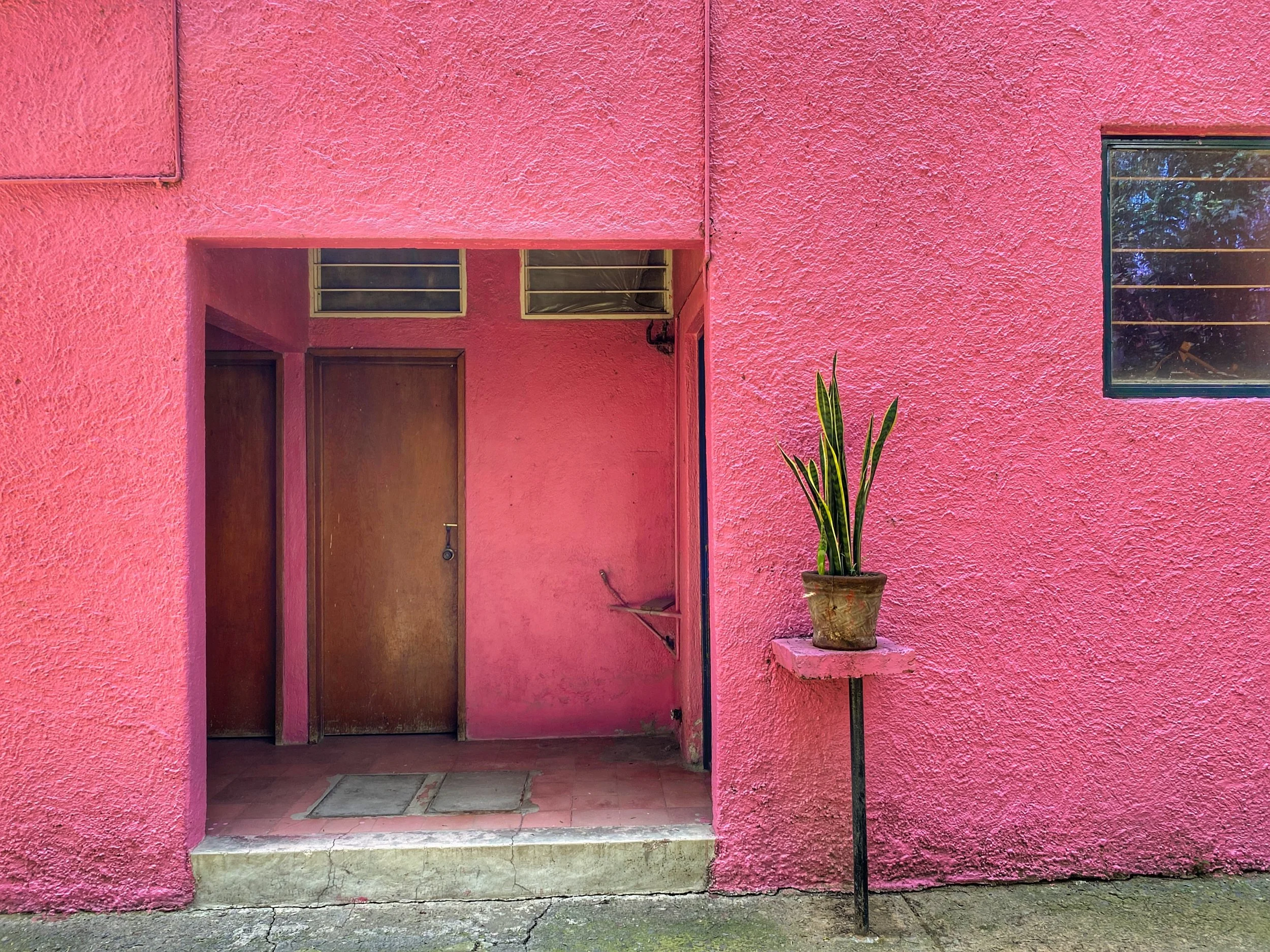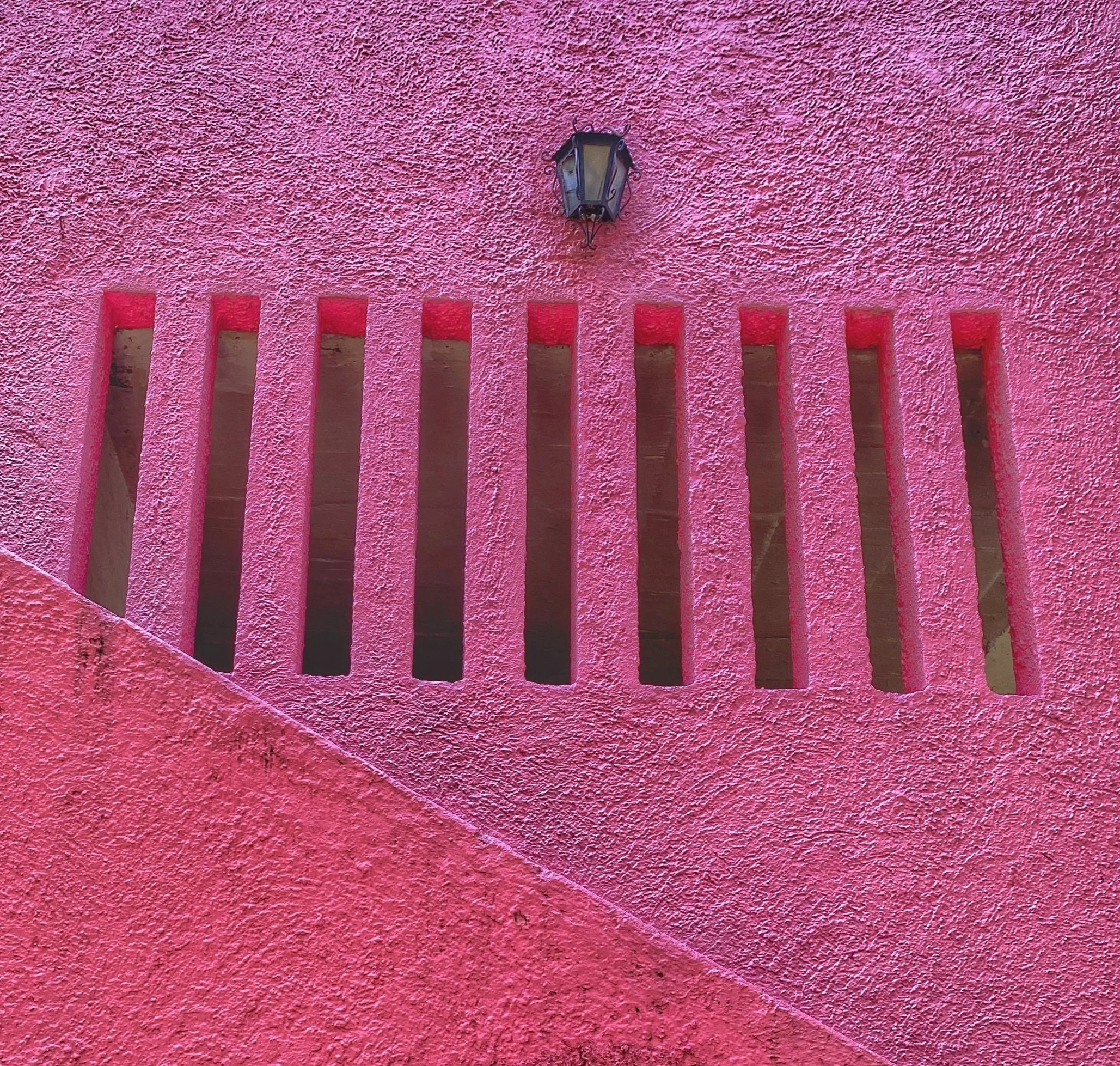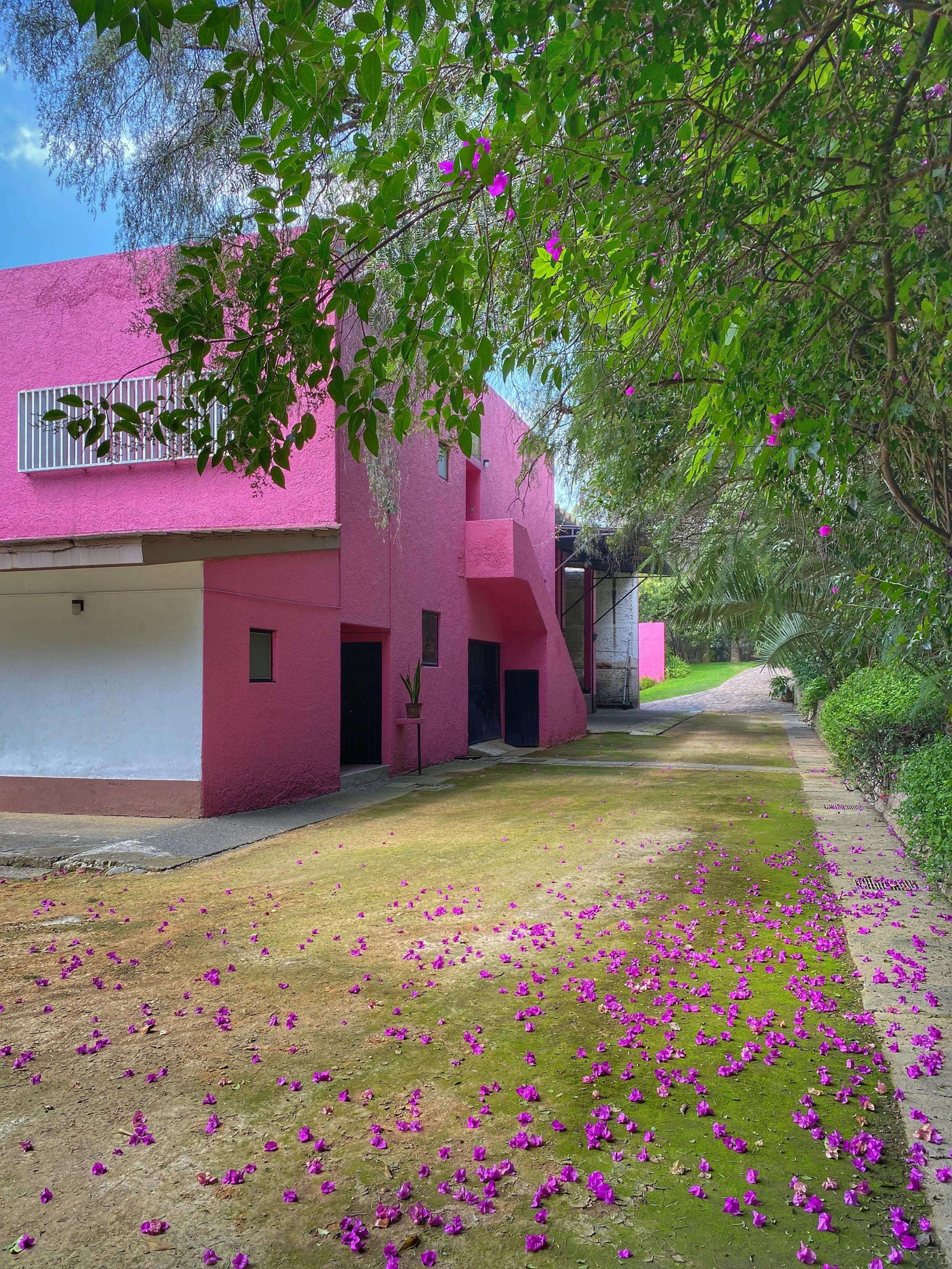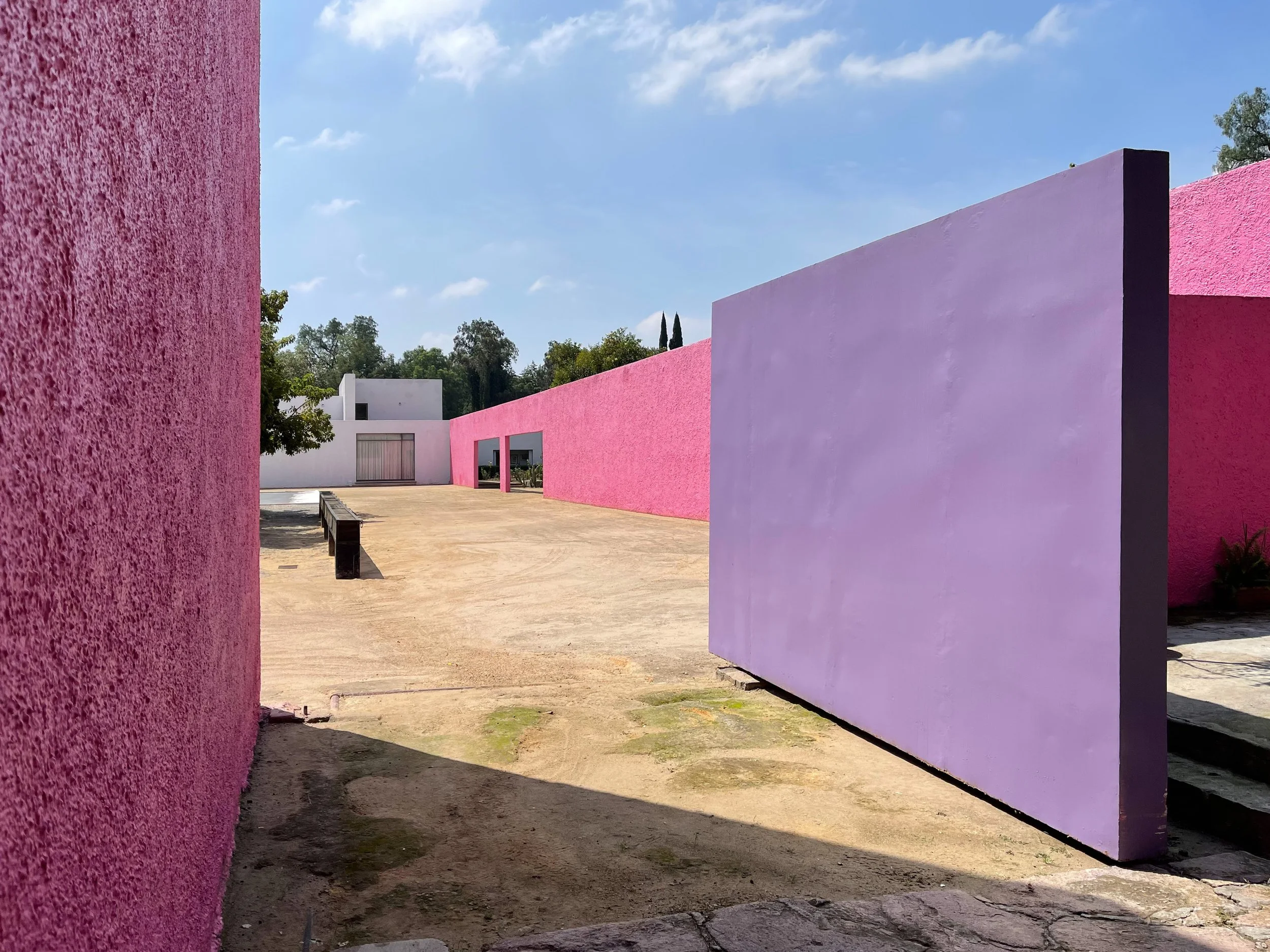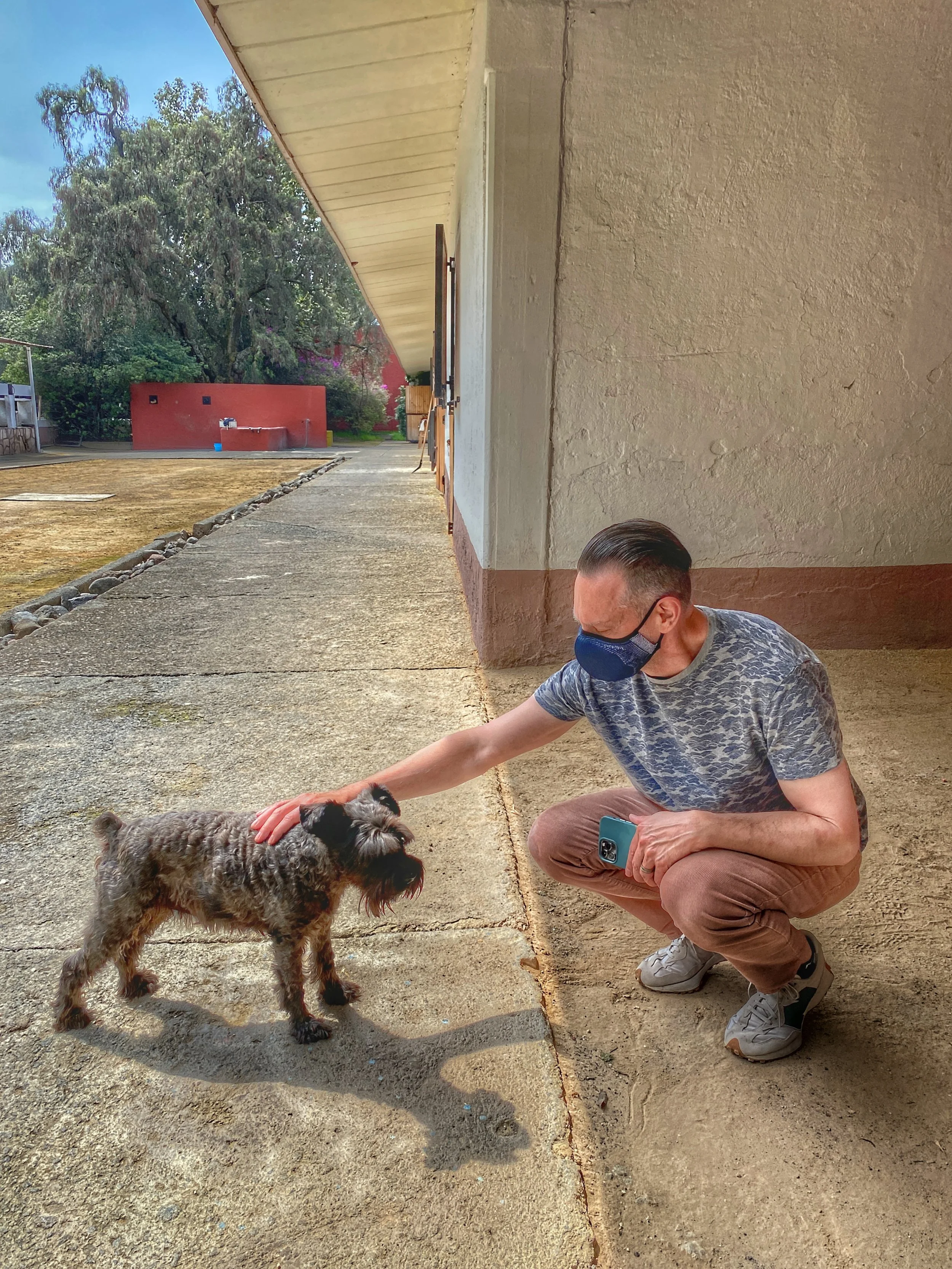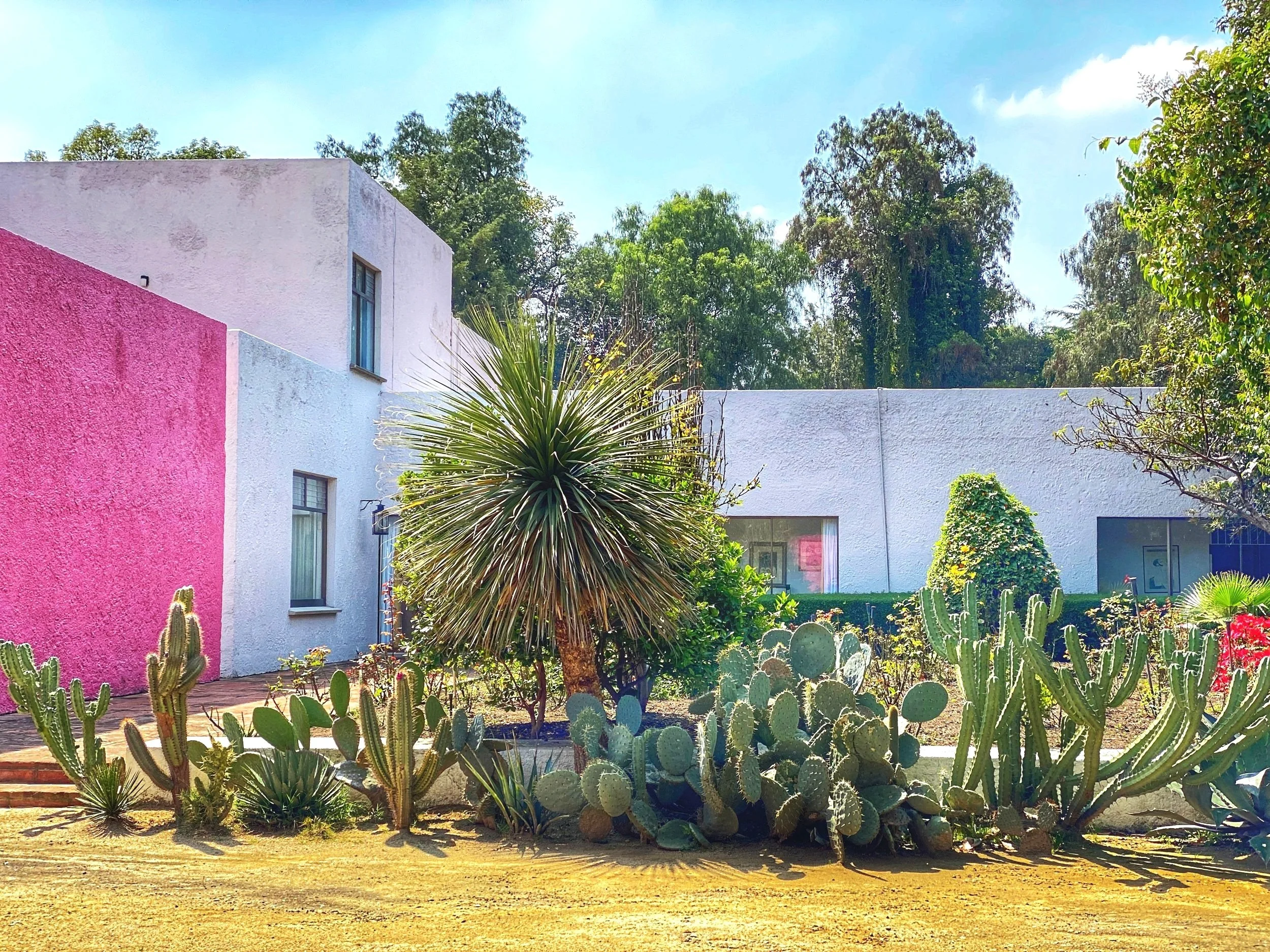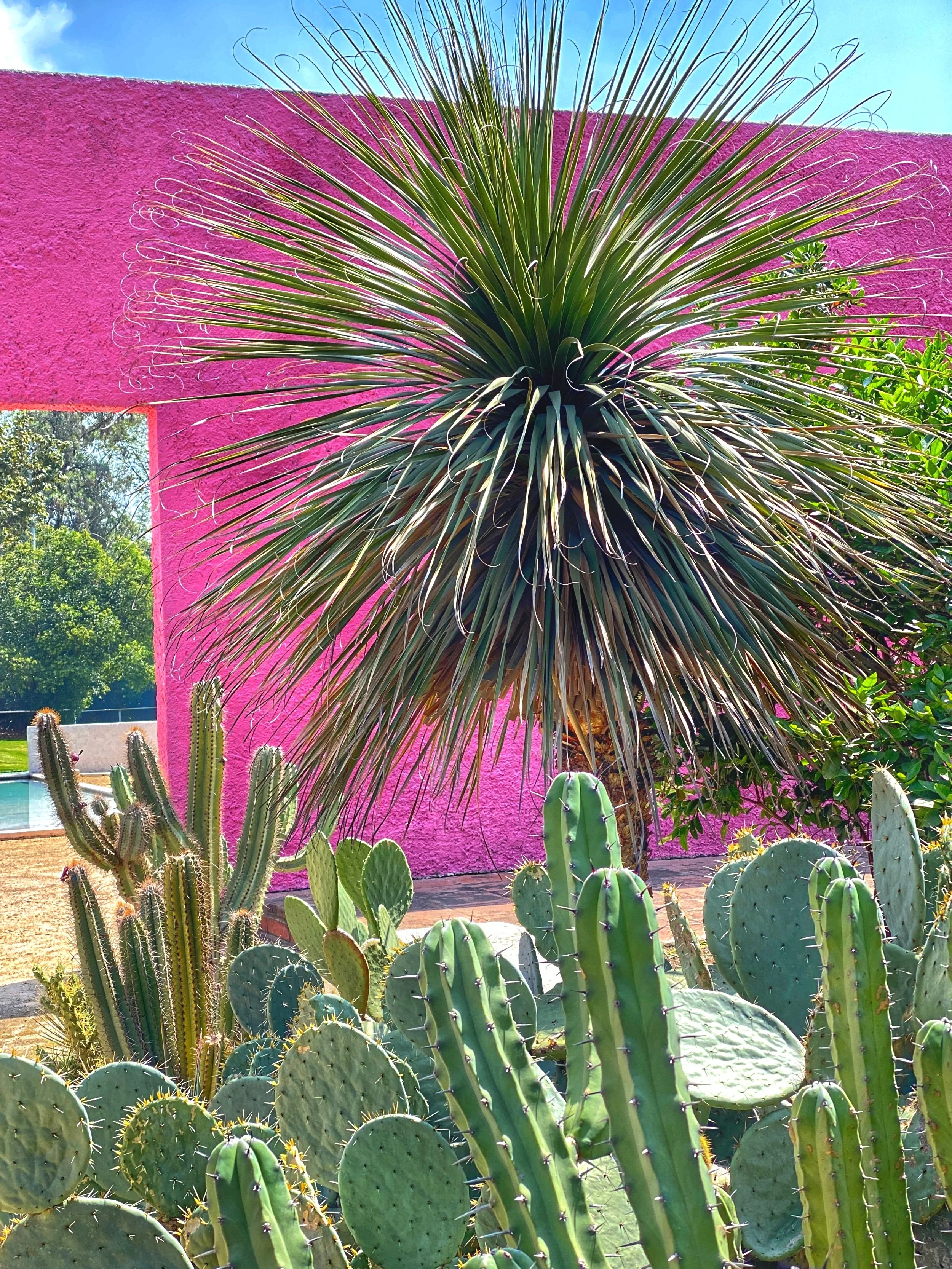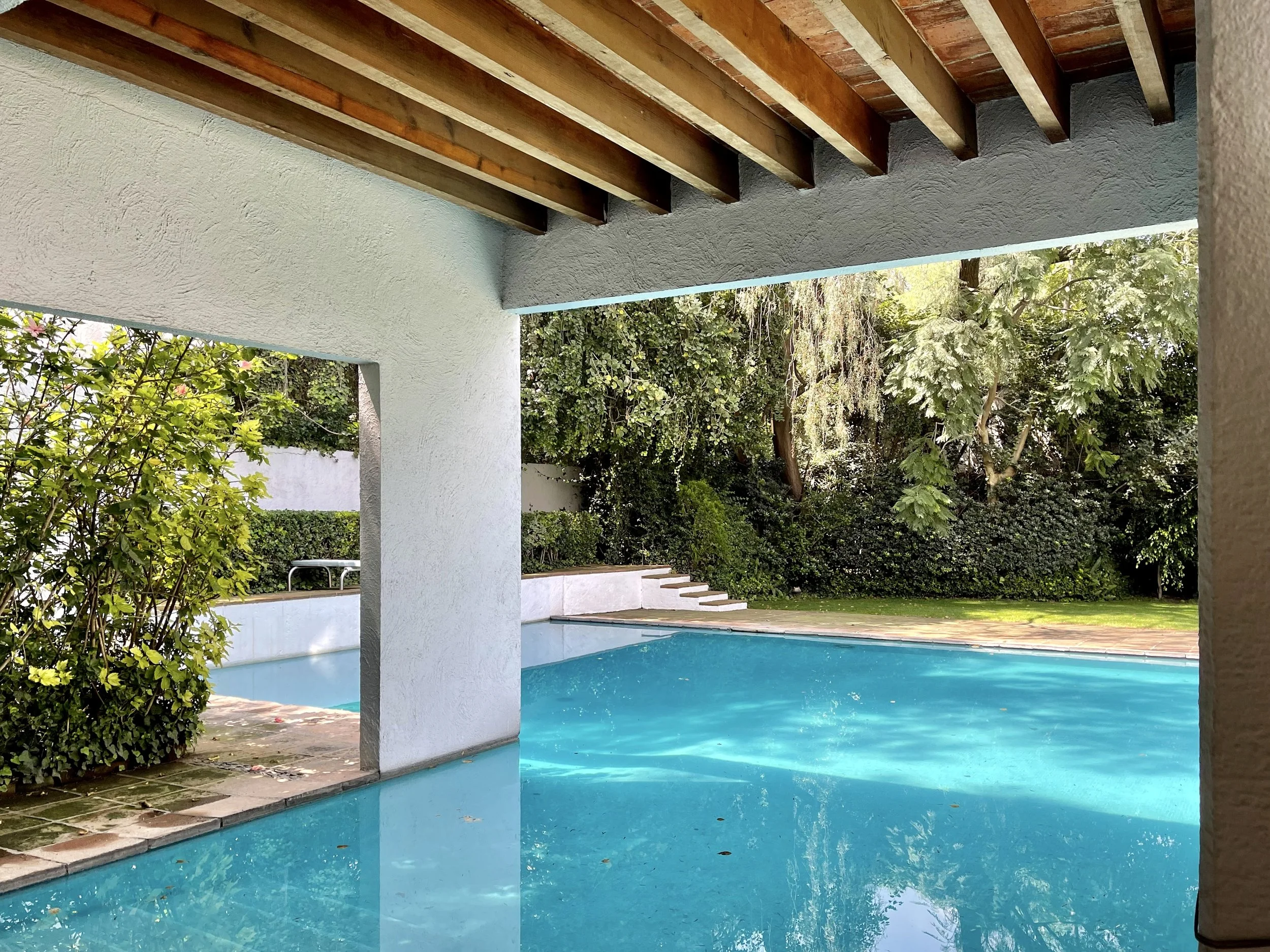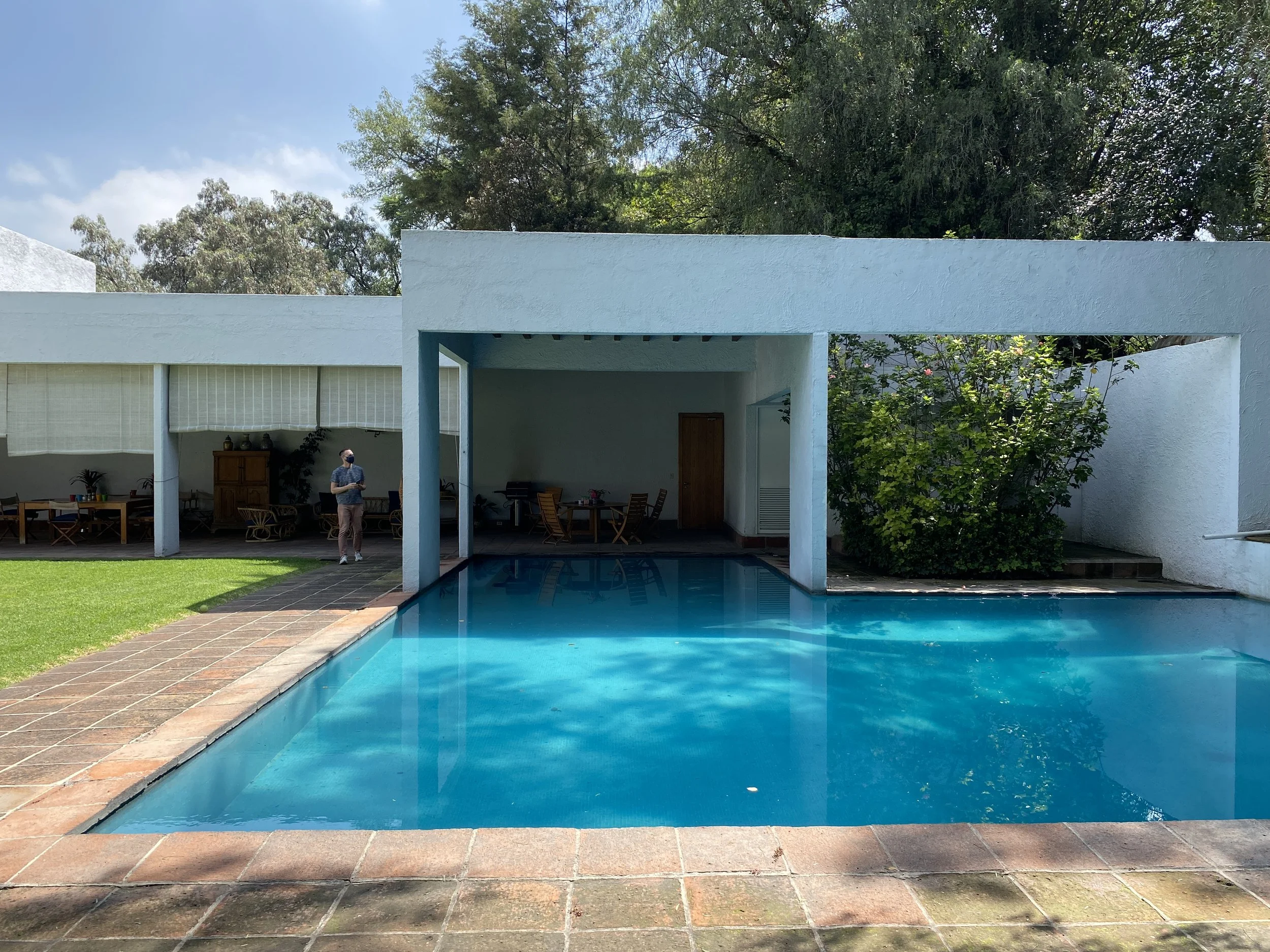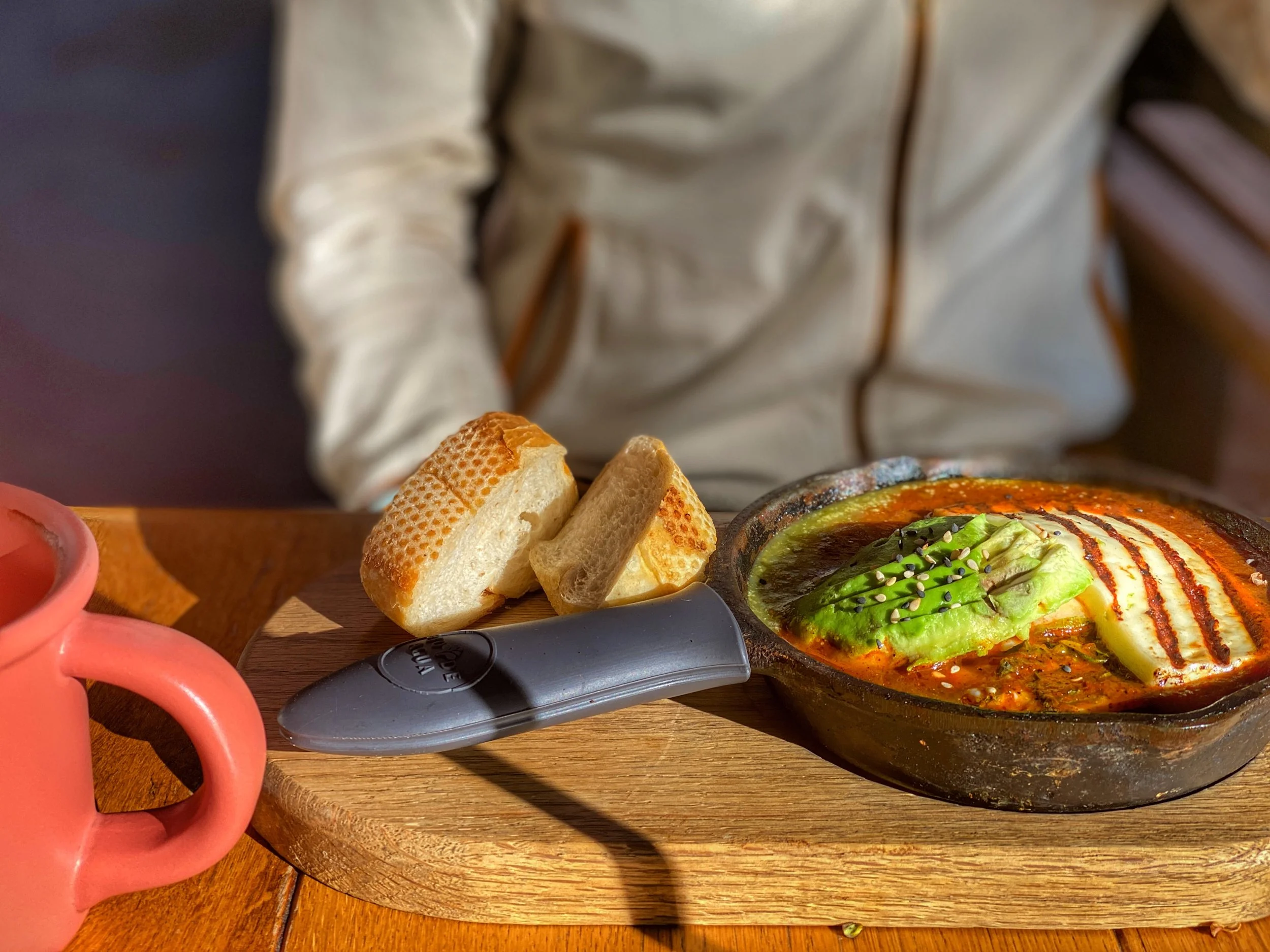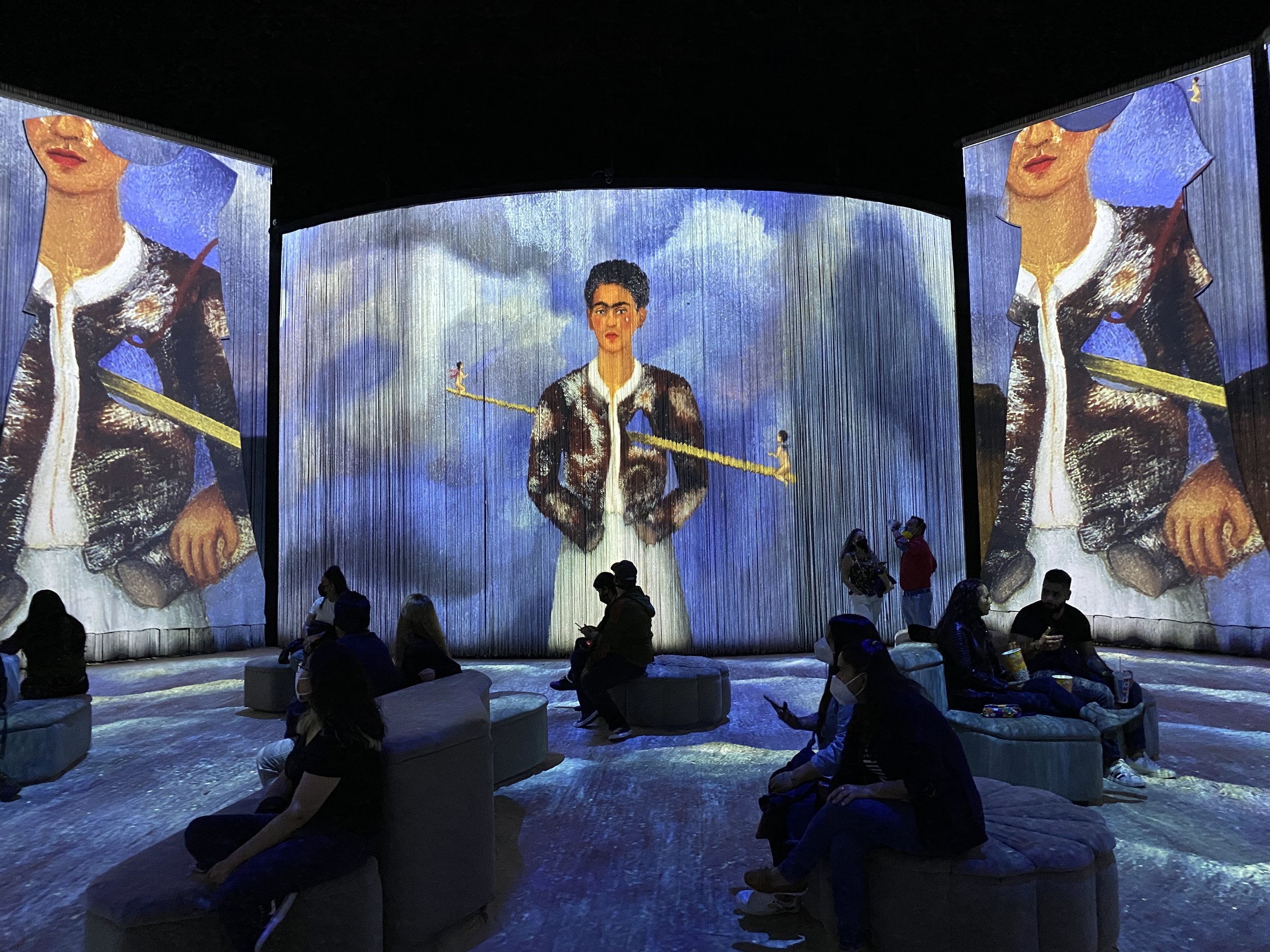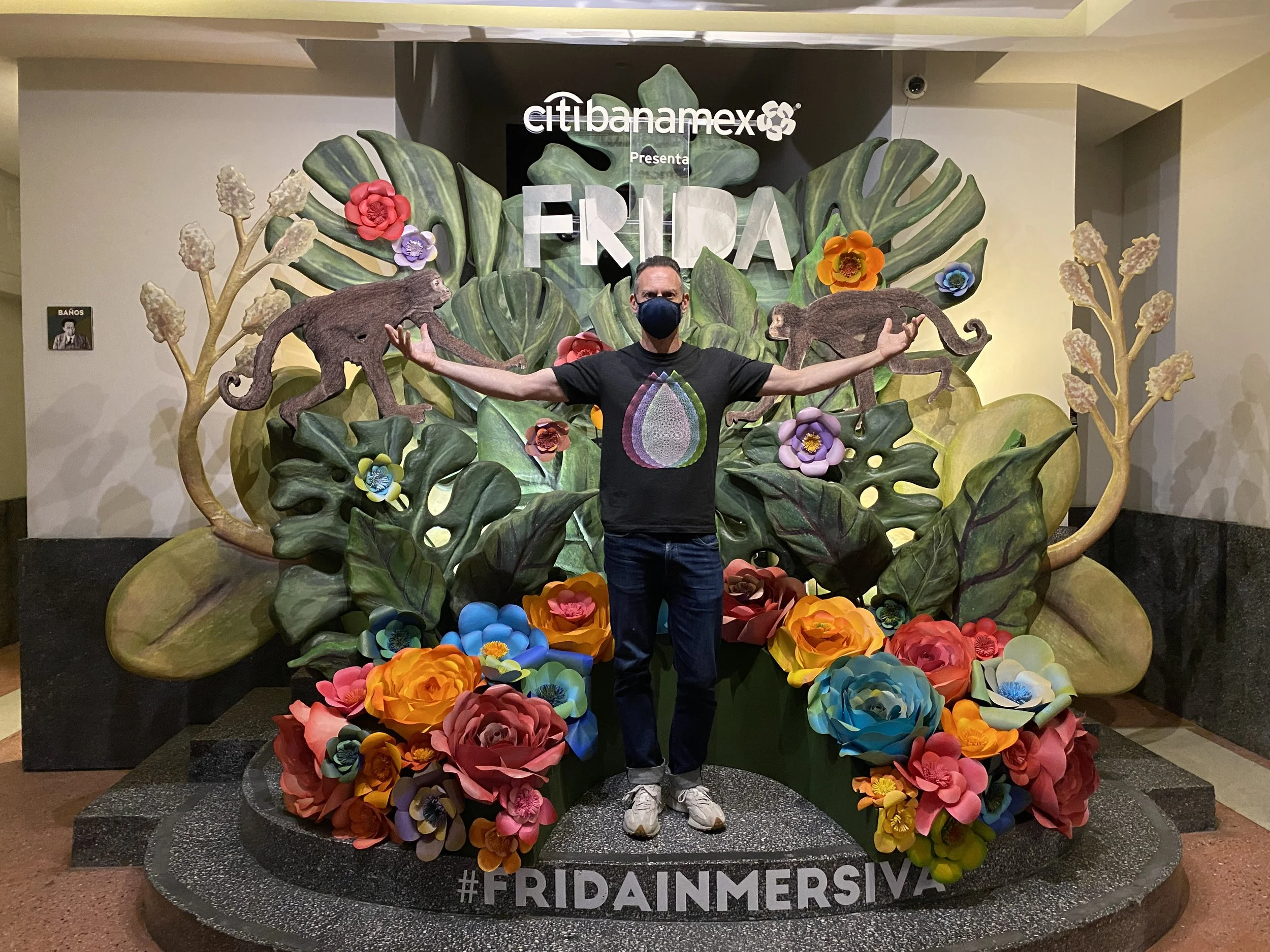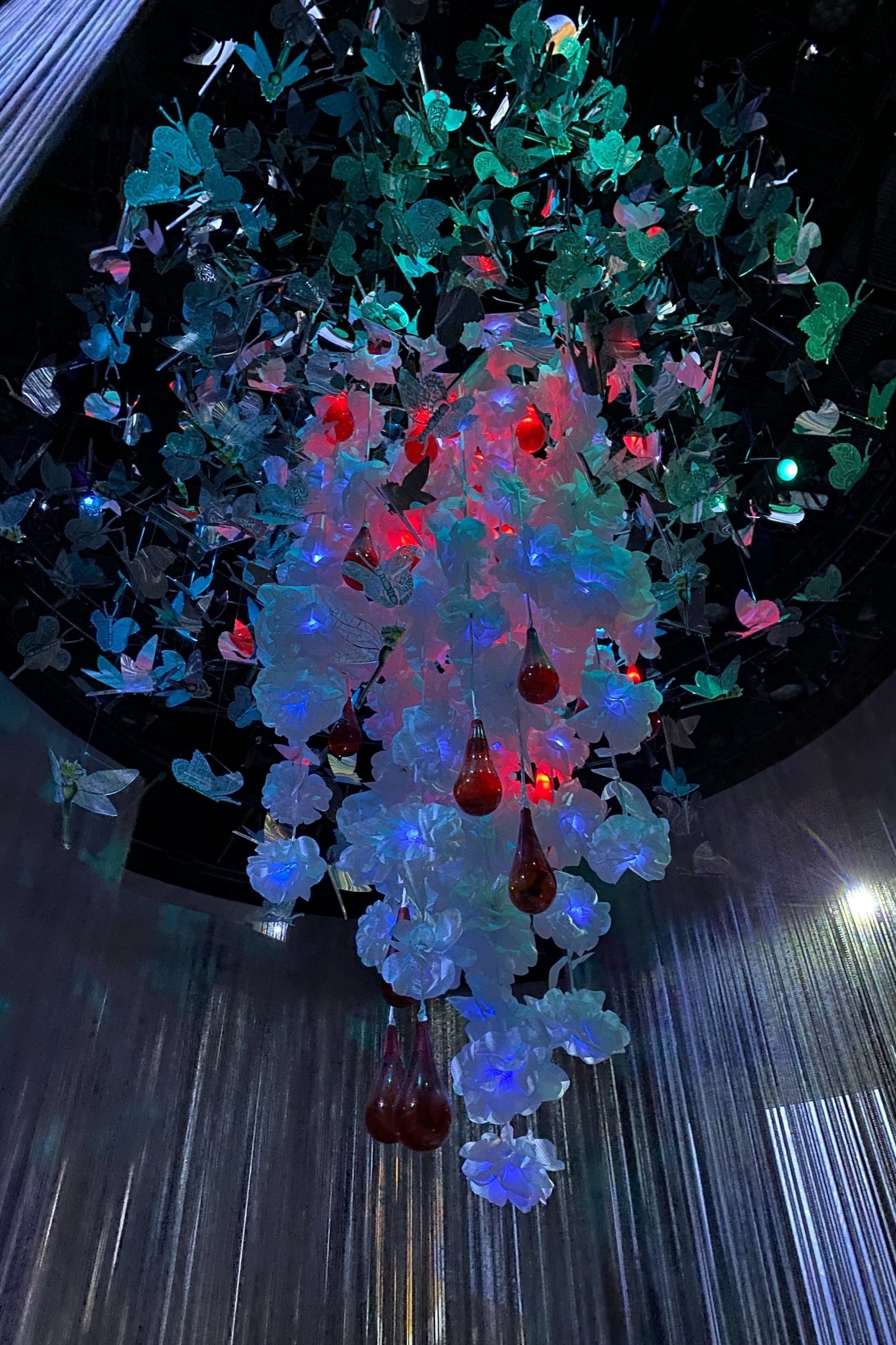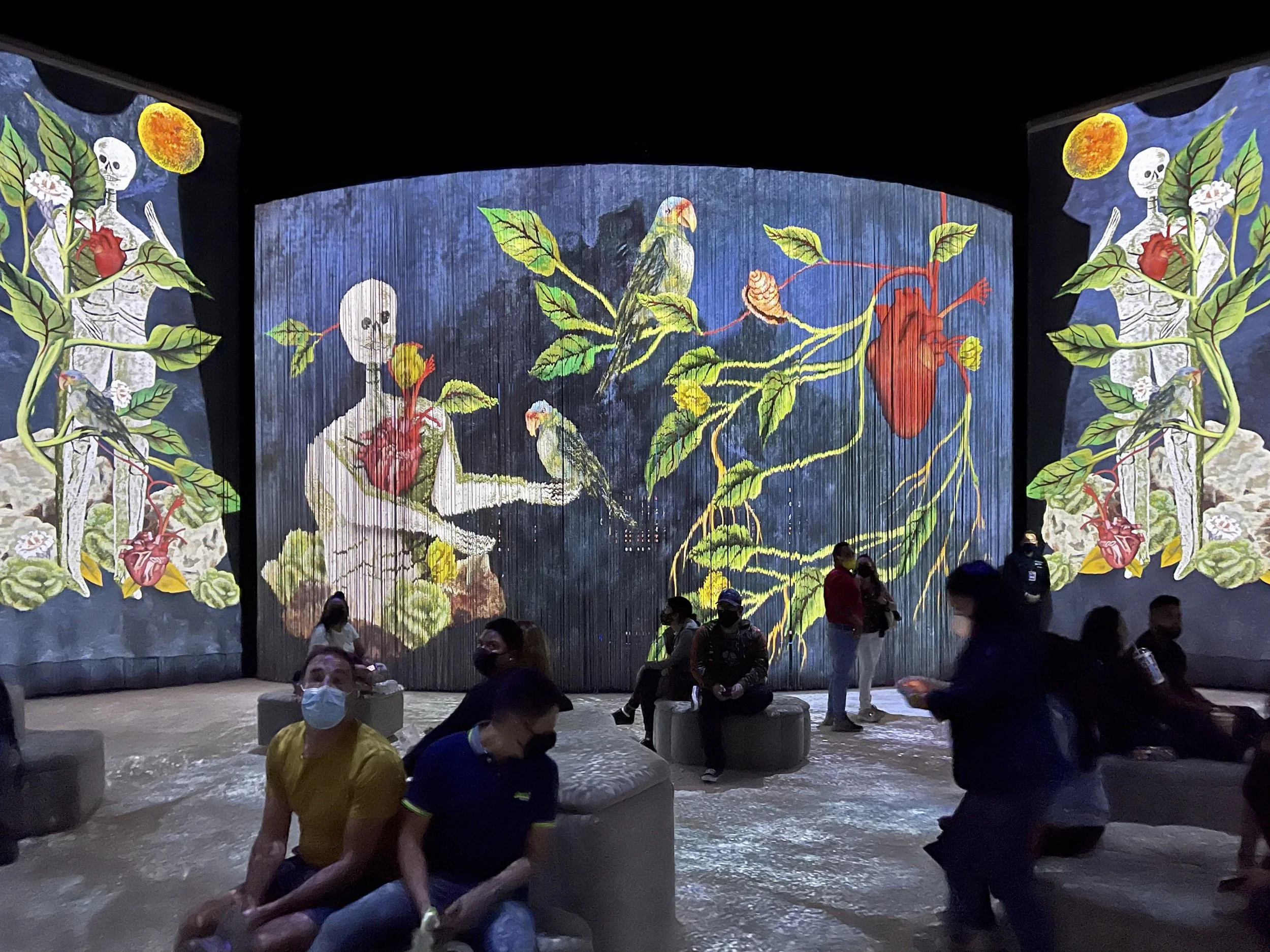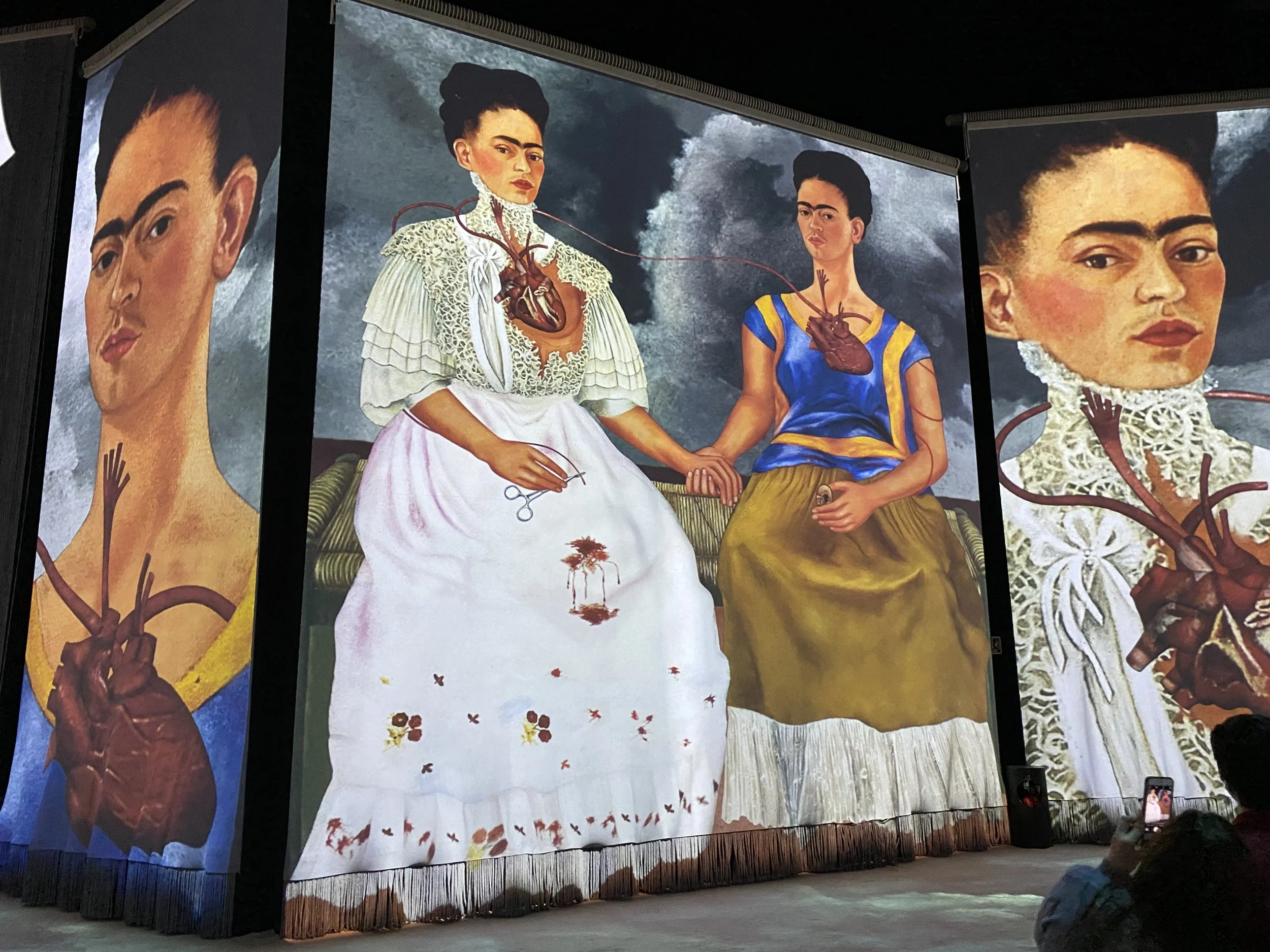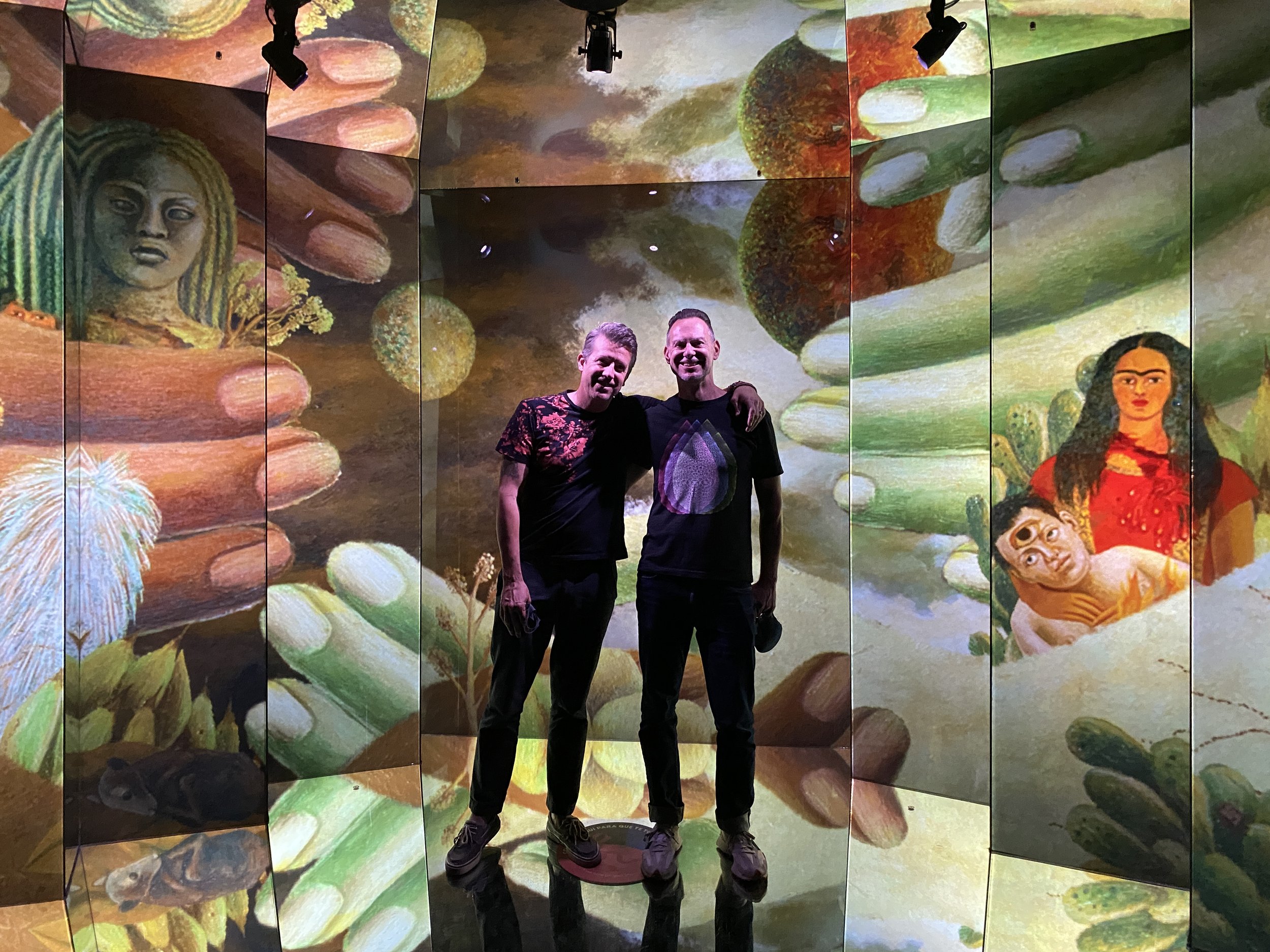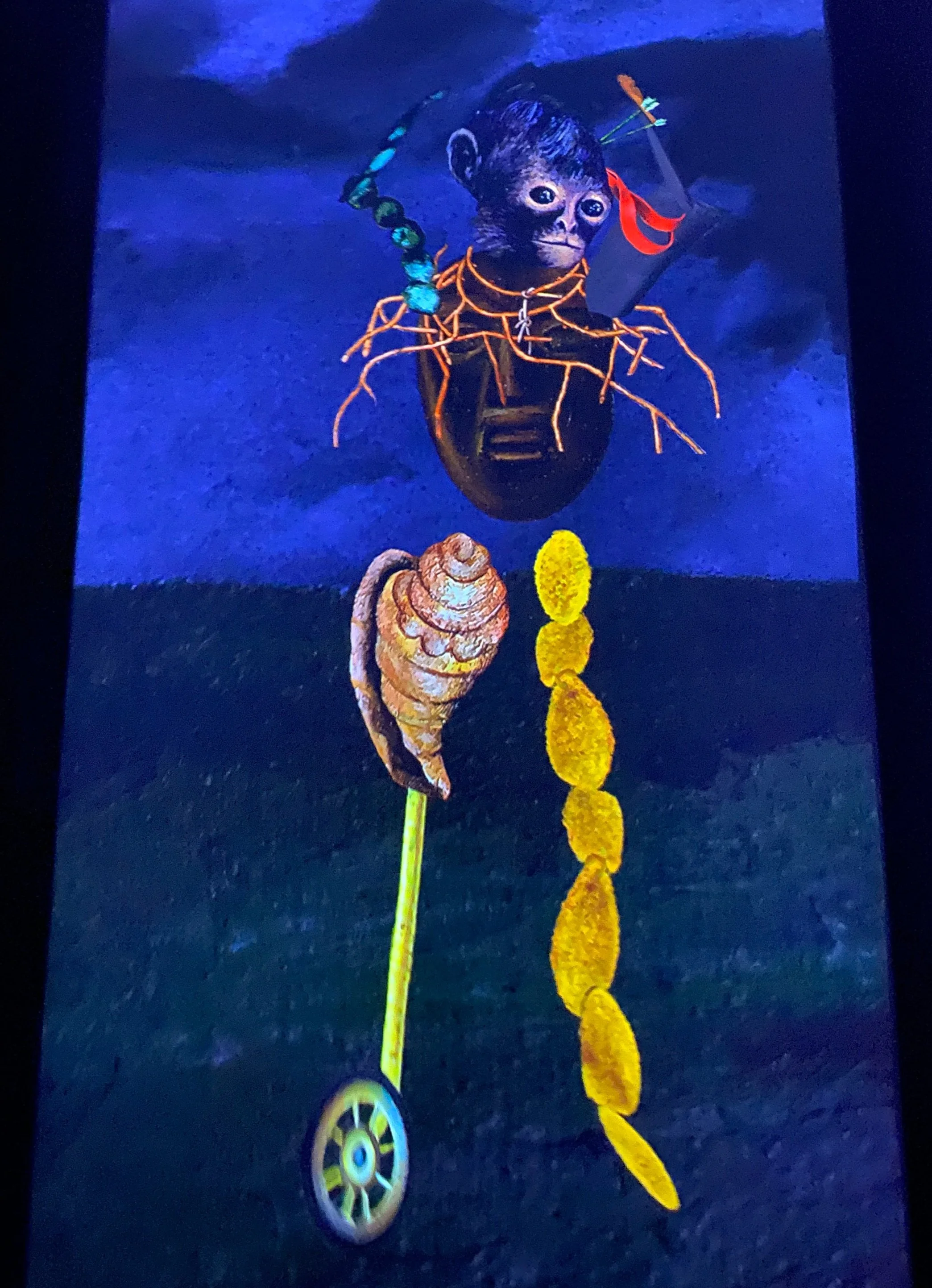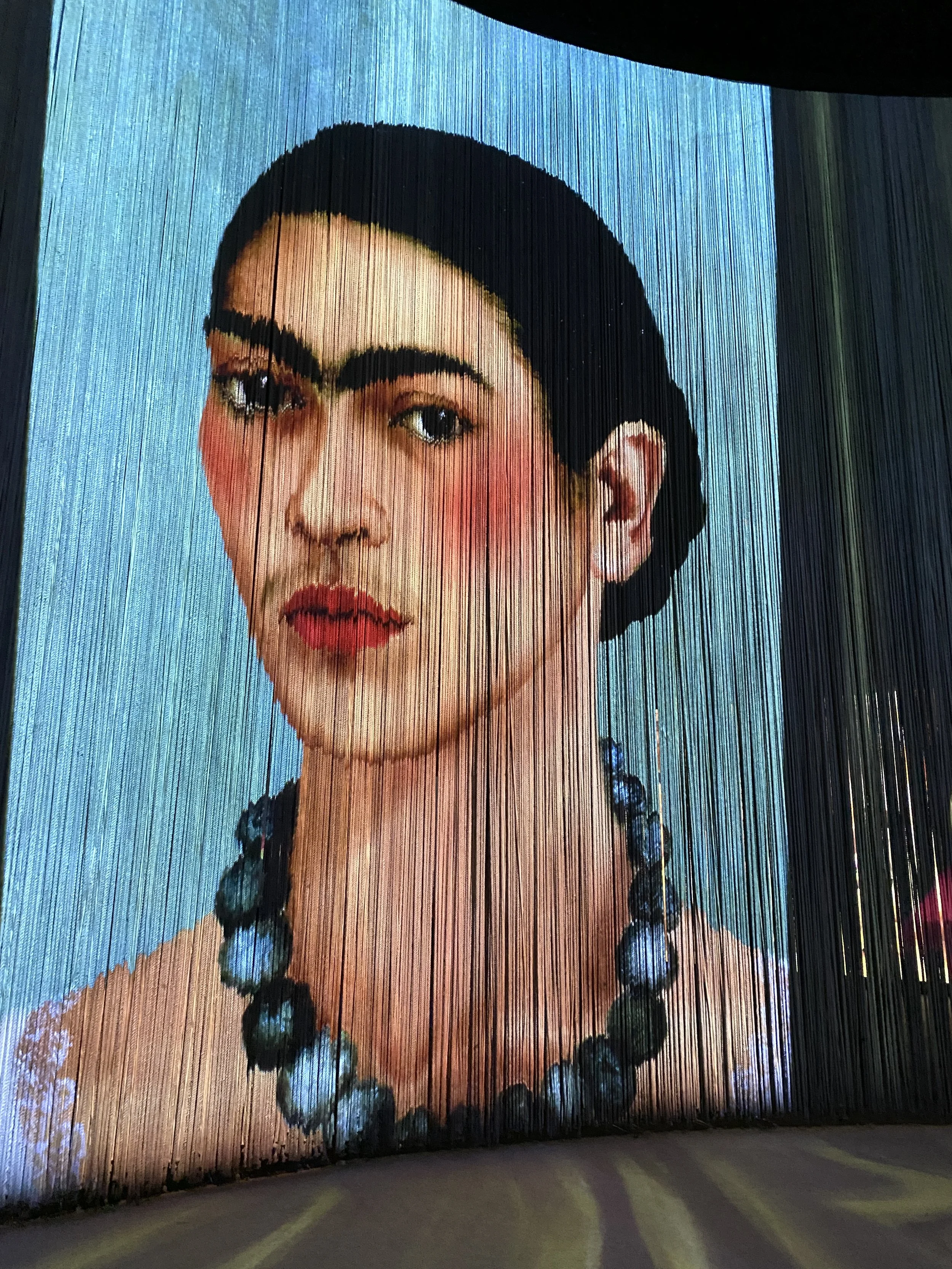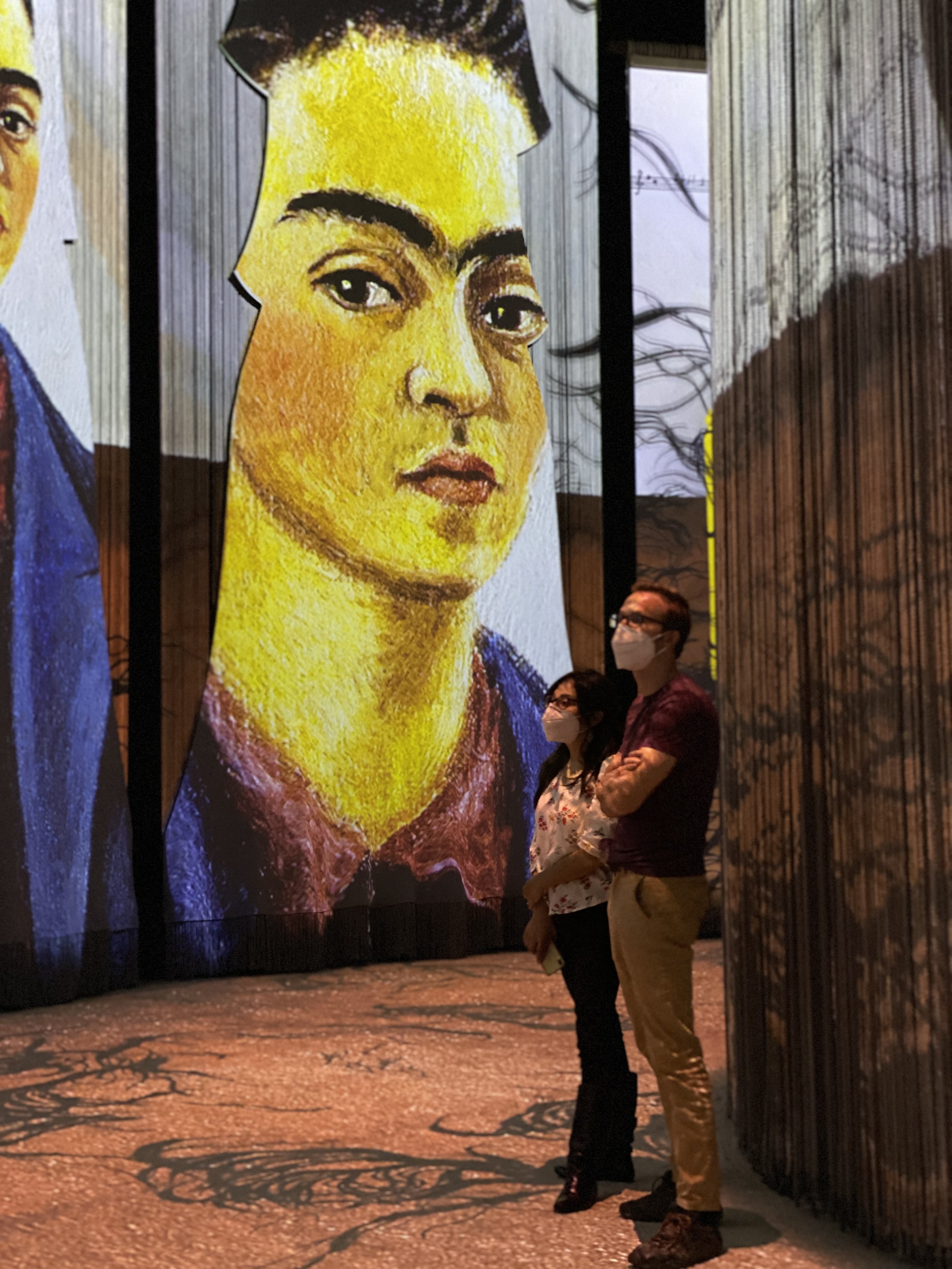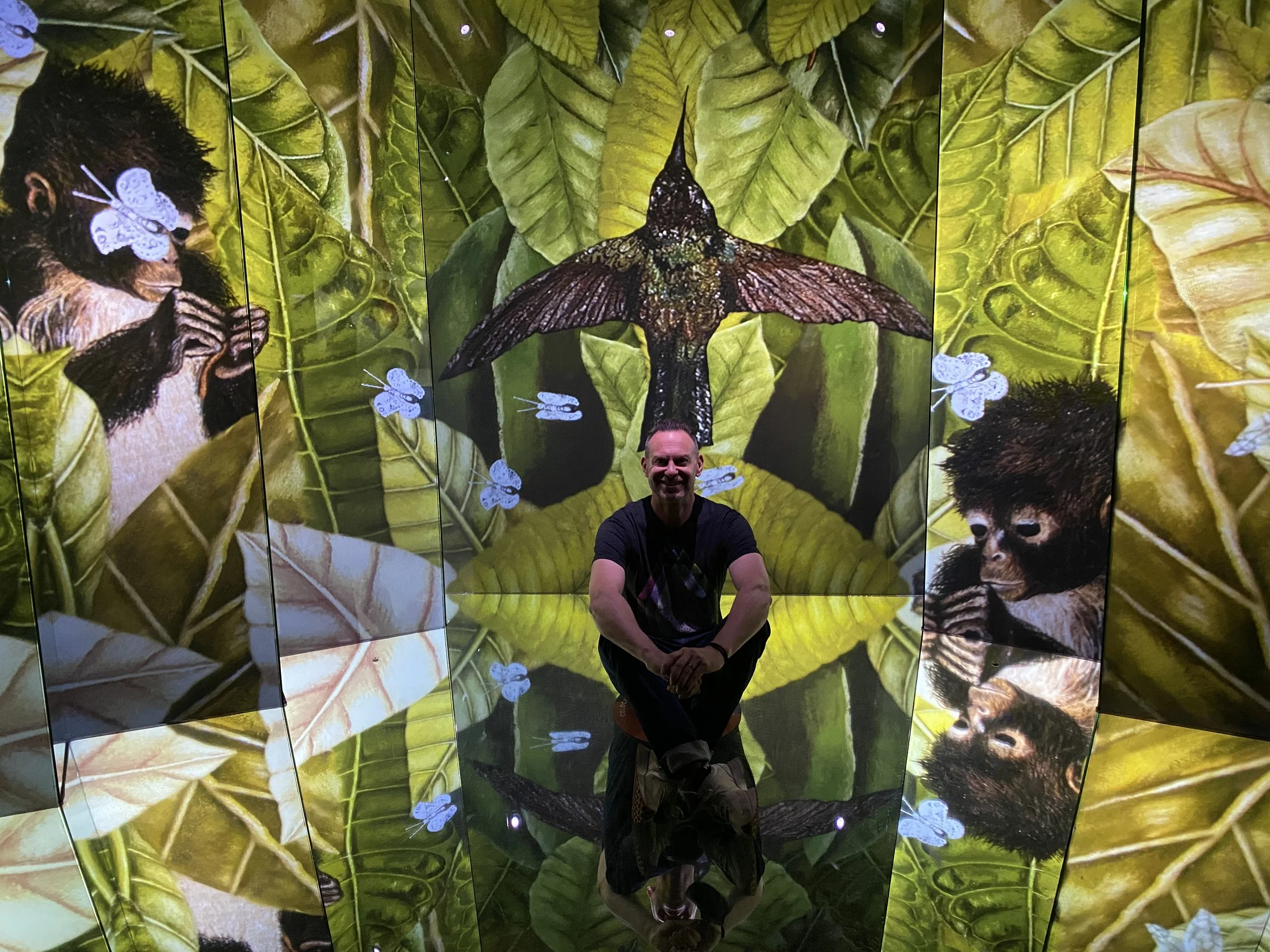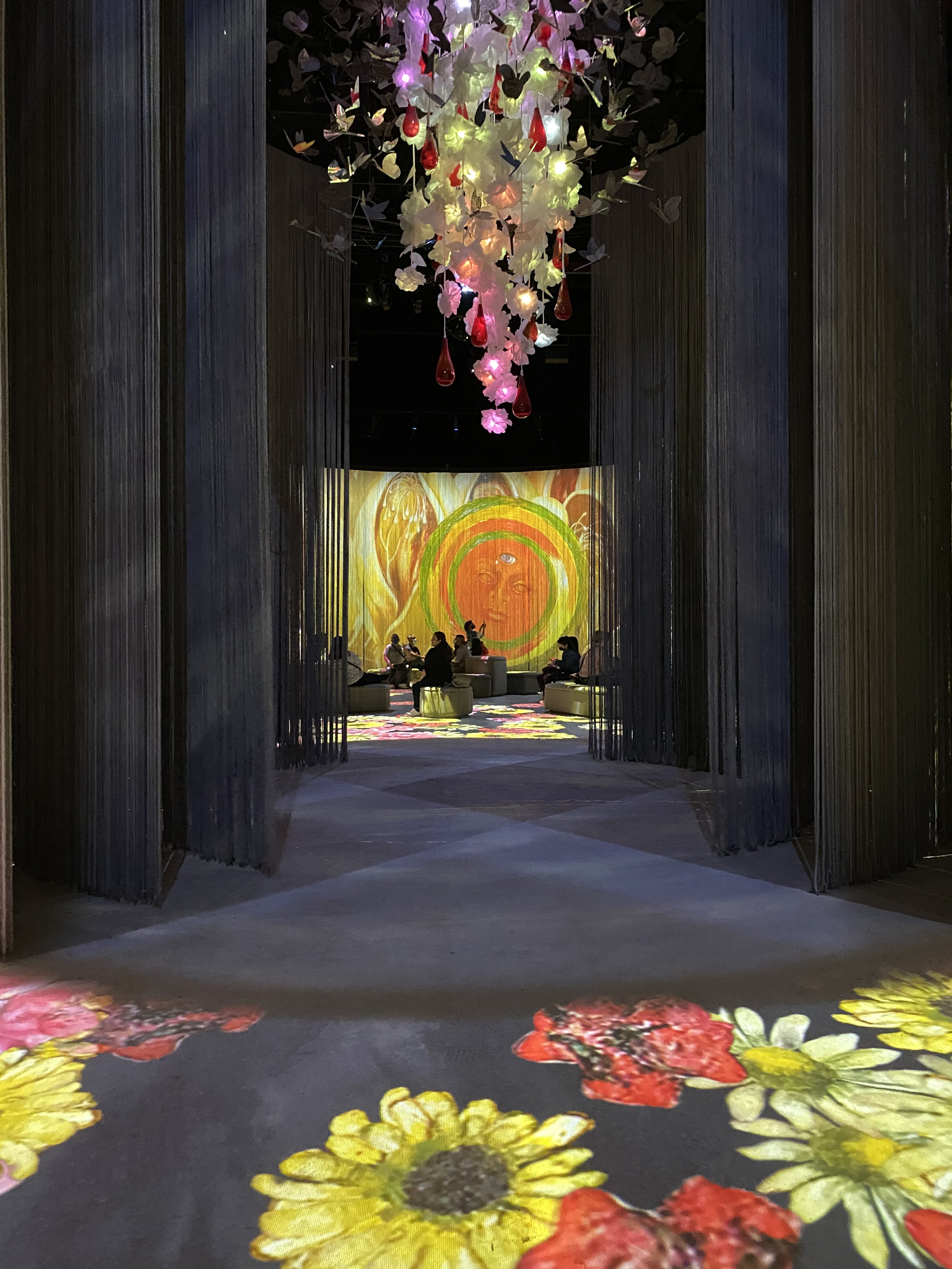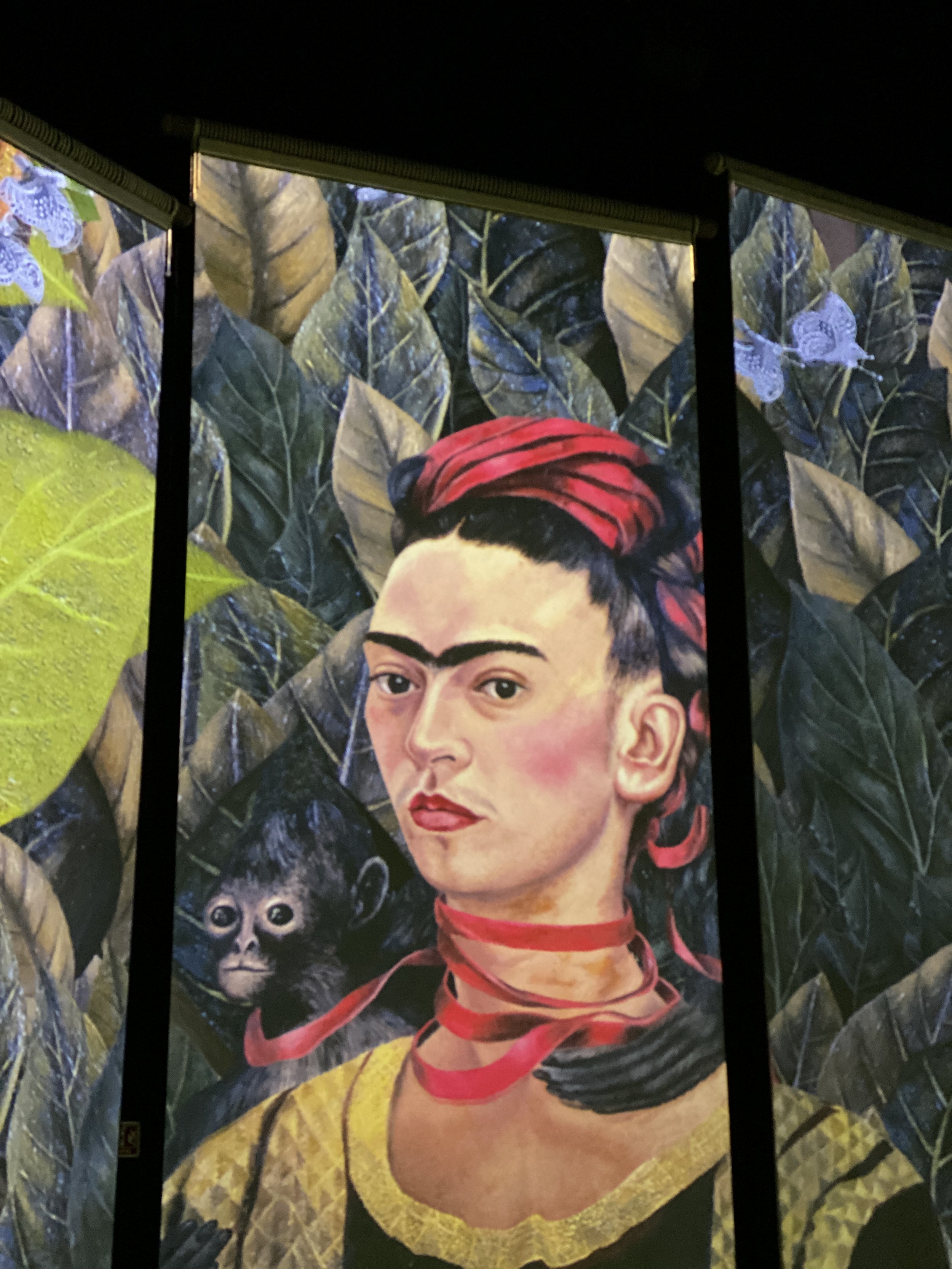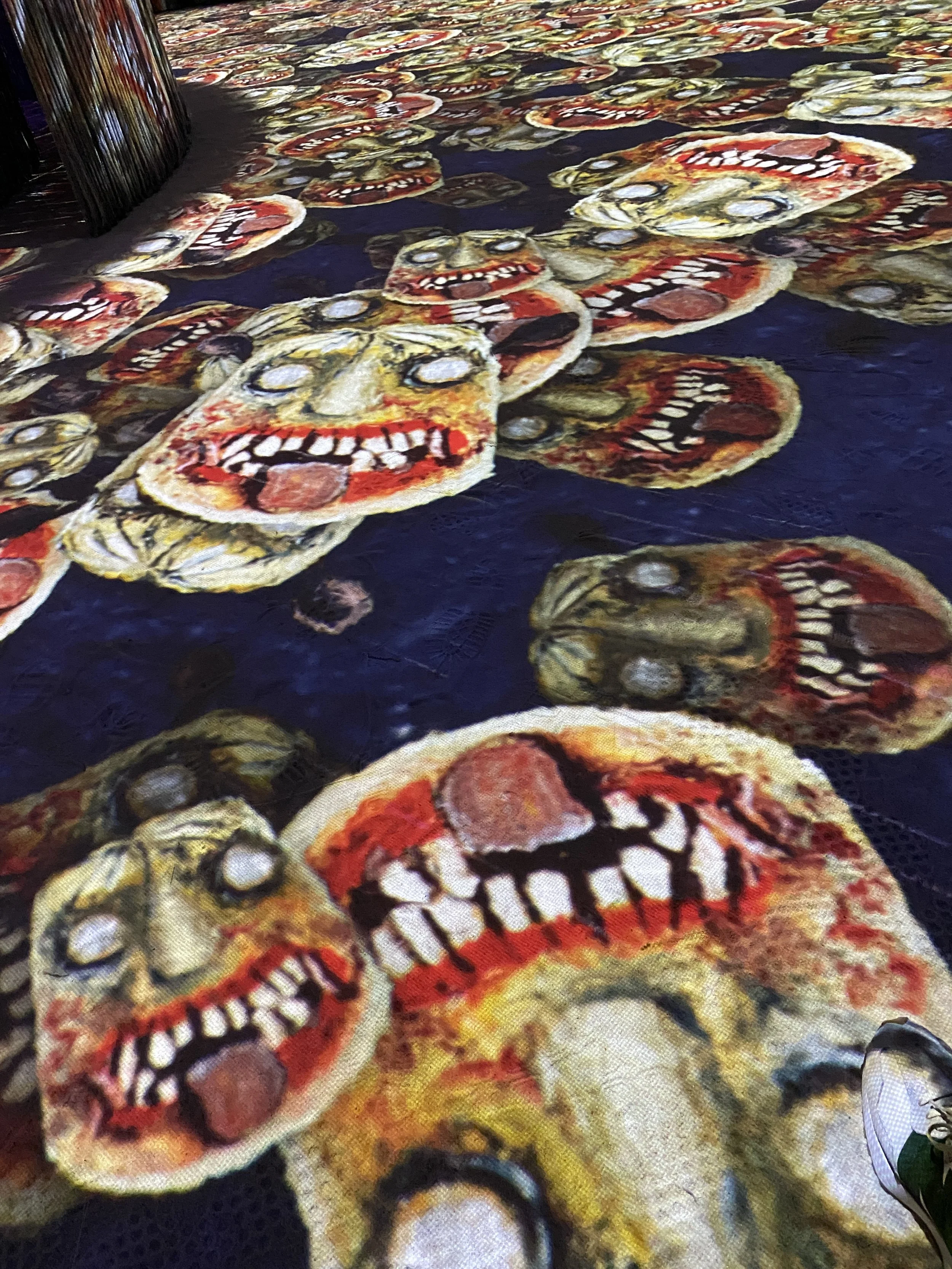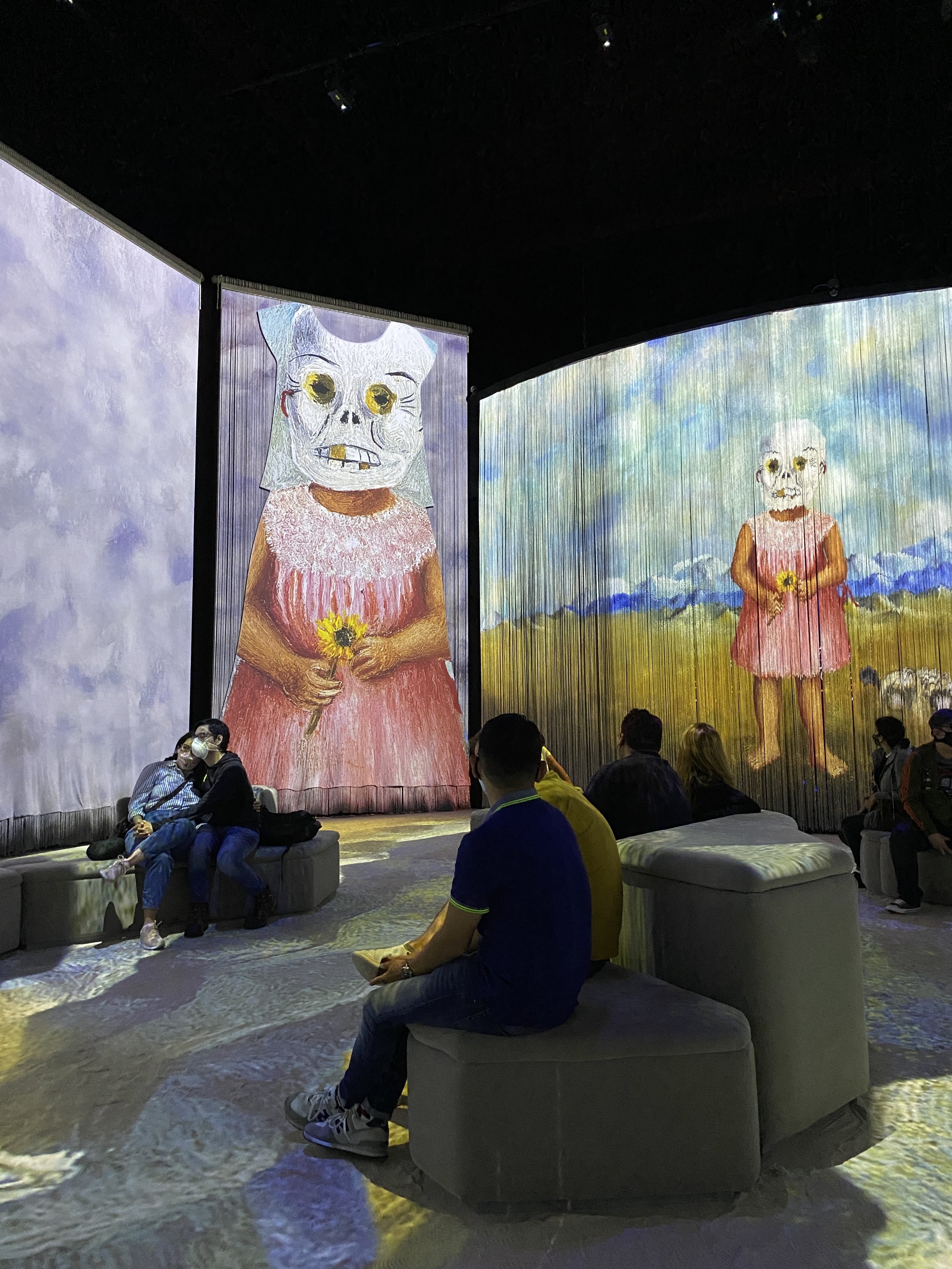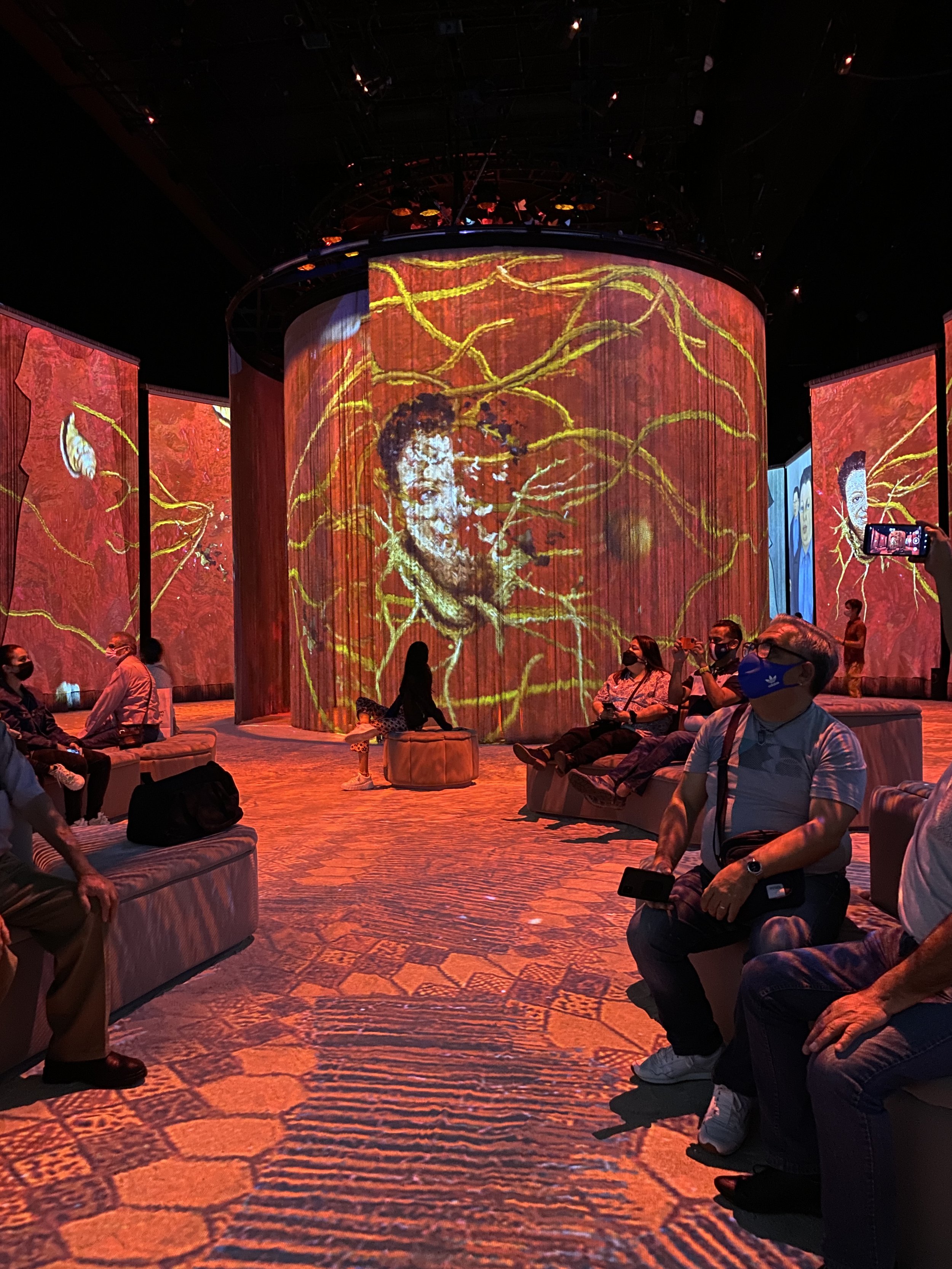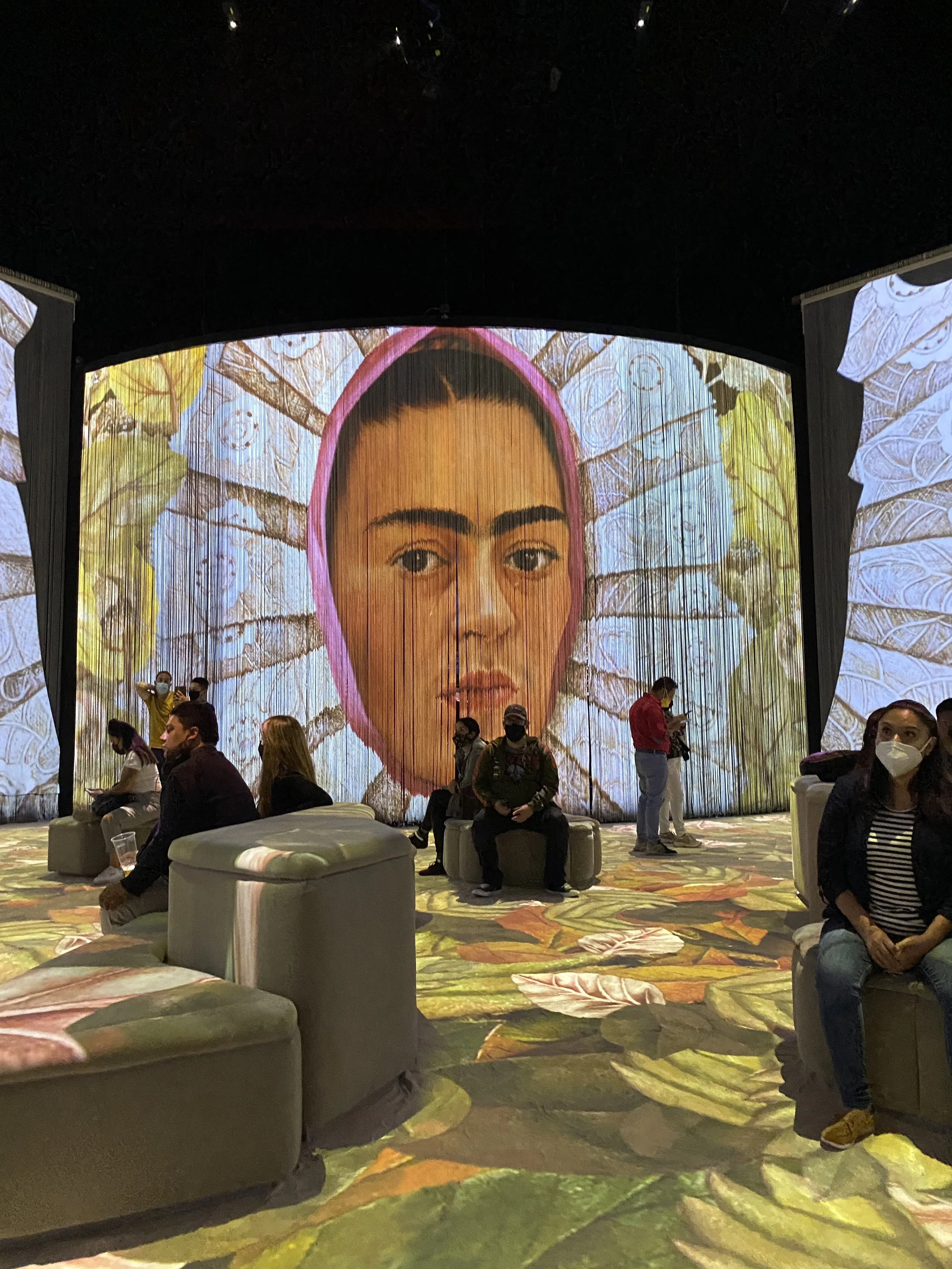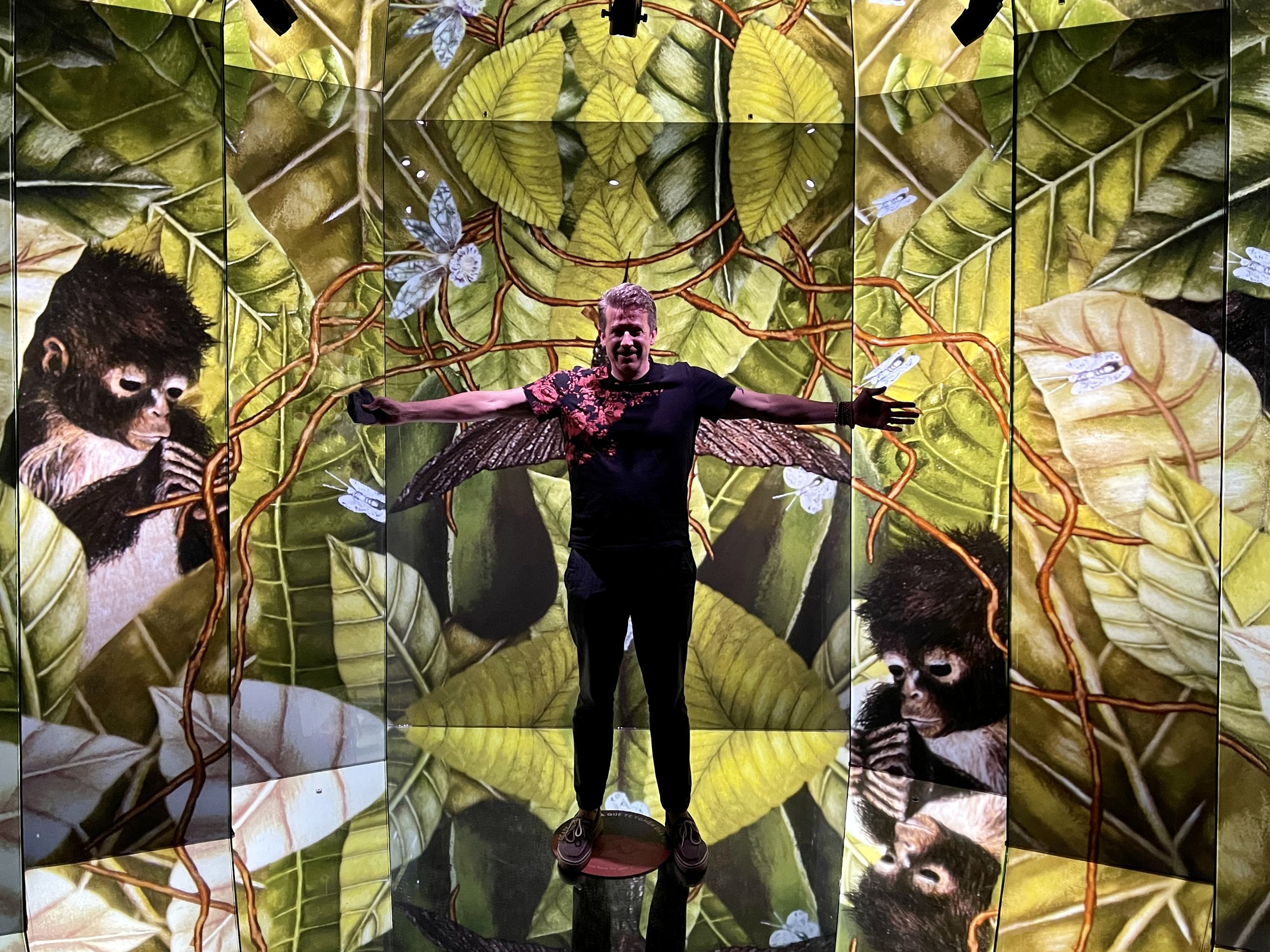Three of our favorite brunch restaurants — plus the best coffee in PV.
The offerings at our fave coffeeshop in PV, Puerto Café
Part of the fun of a trip for me is the research before. This includes looking for potential places to eat, especially breakfast. You know what they say: Breakfast is the most important meal of the day.
Read on to find out our top recommendations for Puerto Vallarta, Mexico.
“We jokingly lamented that we missed the Naked Pool Party, which had taken place a couple of days before. ”
Relax and enjoy a delicious and healthy(ish) breakfast at Cálmate Café. Wally got the chilaquiles.
1. Cálmate Café
We ate here twice twice during our short stay in Puerto Vallarta, once for breakfast and once for lunch. Both times the food was delicious. Their menu offers a variety of healthy meal options as well as coffee, freshly squeezed juices and smoothies.
We liked that it was outside of the main tourist tract and had a relaxed neighborhood vibe. The first time we had breakfast here, we arrived shortly after the streets had been washed. The cobblestones were still glistening in the sunlight, and we watched the morning unfold as we ate. The café lives up to its name, which can be translated as “take it easy.”
I ordered the eye- and mouth-pleasing yogurt and granola with fresh fruit and Wally ordered one of his go-tos: chilaquiles.
The outdoor seating area is small but cozy, and the servers were friendly. Plus, we got to pet a seemingly endless parade of dogs.
Why sit in the crowded restaurant when you can dine on the sidewalk patio?
Cálmete Café
Calle Honduras 218
5 de Diciembre
48350 Puerto Vallarta
Fredy’s Tucán, a breakfast staple in the Zona Romántica
2. Fredy’s Tucán
Located on Basilio Badillo in the heart of the Zona Romántica, aka Old Town Puerto Vallarta (aka one of the most gay-friendly areas on the planet), this popular breakfast spot is a well-oiled machine. Fredy’s originally opened in 1983 as an open-air bar and evolved into the restaurant it is today.
There’s a reason tourists flock here. The servers are attentive, the food is well-priced — and did I mention it’s also delicious? On offer for breakfast are waffles, omelets, pancakes and Mexican dishes like chilaquiles and huevos rancheros. Plus, how can you say no to the charming older man offering you a selection of freshly baked pastries to start your day?
When we left, satisfied and ready to explore, there was a queue outside to get in. Trust us, you won’t leave hungry.
Fredy’s Tucán
Basilio Badillo 245
Emiliano Zapata
8380 Puerto Vallarta
When in doubt, order the breakfast sandwich.
3. Bistro at Casa Cupula
Nestled in the hills among the tropical greenery of the Amapas neighborhood of PV is the gay-owned, LGBTQ- friendly boutique hotel, Casa Cupola and its onsite restaurant, Bistro at Casa Cupola. The lush setting reminded me of our visit to the spectacular Botanical Gardens earlier in the trip.
It’s a steep climb up Callejón de la Igualdad but certainly worth it. (You could also bypass the hike and catch an Uber or cab there.)
You enter through a separate entrance for the bistro, which is located farther up the road. We arrived shortly after the restaurant opened and were seated on the sun-dappled patio as ceiling fans spun lazily overhead. Our server was attentive and the food delicious. We felt like we were in our very own private hacienda.
We jokingly lamented that we missed the hotel’s Naked Pool Party, which had taken place a couple of days before.
Bistro at Casa Cupola
Callejón de la Igualdad 129
Amapas
48398 Puerto Vallarta
We liked the small medicinal-looking bottles the Puerto Café cold brew comes in so much we took one home.
4. Puerto Café
Hands down, this was our favorite spot to get our caffeine fix. This hip, cozy coffeeshop serves the best coffee in town. It’s located on Calle Morelos, not far from the seaside Malecón promenade — kitty-corner from the black and white lighthouse they use in their logo. When we were there, someone had scrawled, “Fuck Digital Nomads” on the wall at the front of the space and good music spun on the turntable.
I loved their delicious (and potent) housemade cold brew coffee. Each serving comes in its very own small brown bottle like something a snake oil salesman would peddle. They also make a solid iced latte, which Wally enjoyed.
Part of what makes Puerto Café so special is the coffee they serve. All varieties are by Guadalajara-based Café Estelar, a specialty roaster that proudly works directly with regional producers to offer single-origin Mexican coffee beans.
Just make sure to get there earlier in the day if you appreciate cold brew, as they produce it in limited batches daily and had run out on one of our visits. –Duke
With great local coffee and a cool vibe, Puerto Café is a fun spot to escape the heat and get your caffeine fix.
Puerto Café
Morelos 540
Proyecto Escola
Centro
48300 Puerto Vallarta


